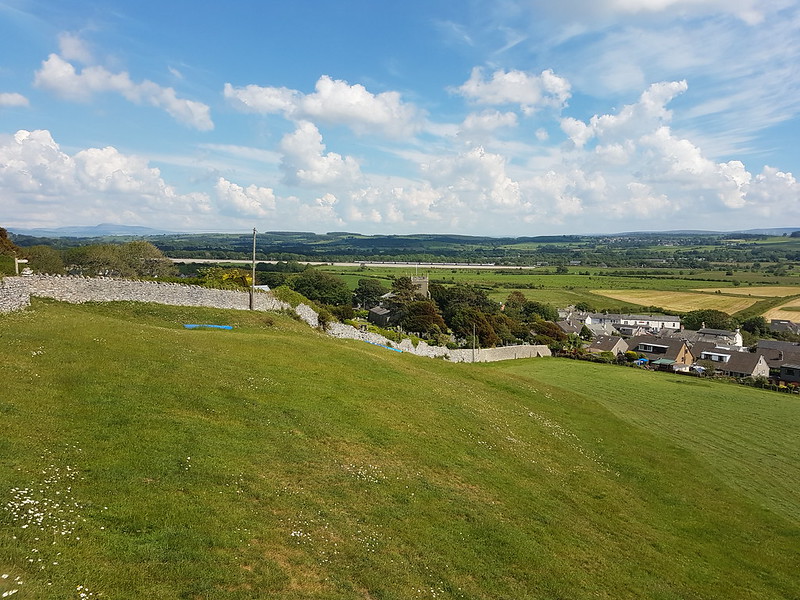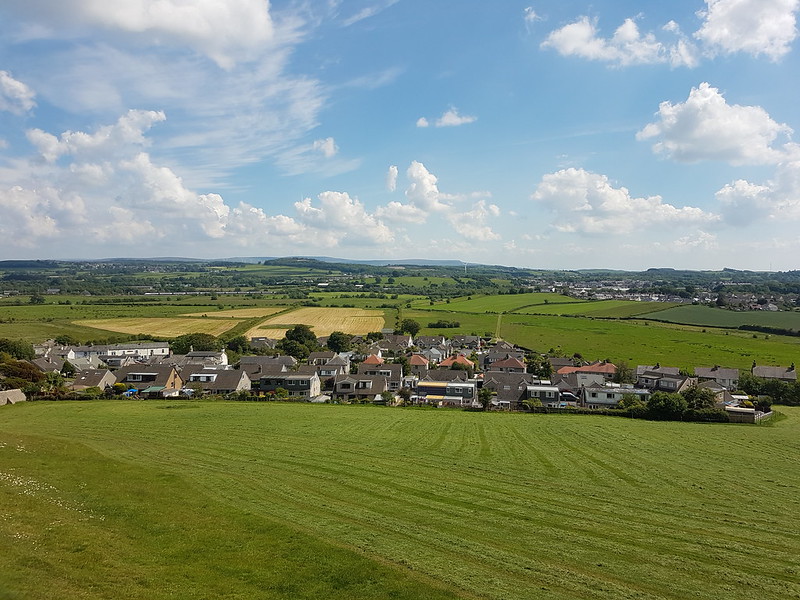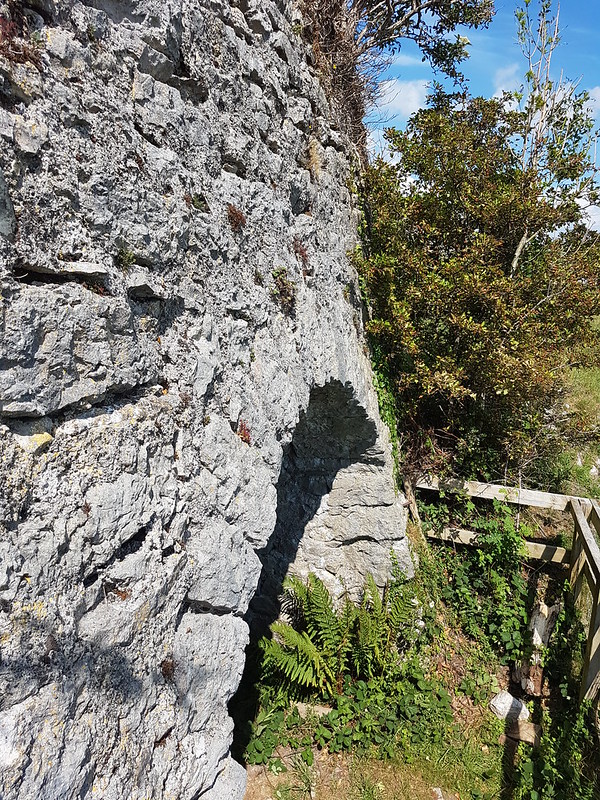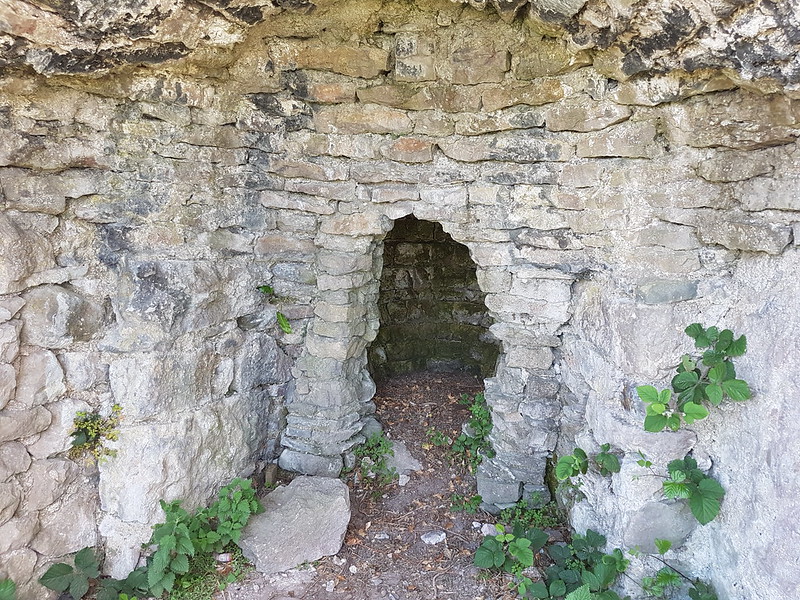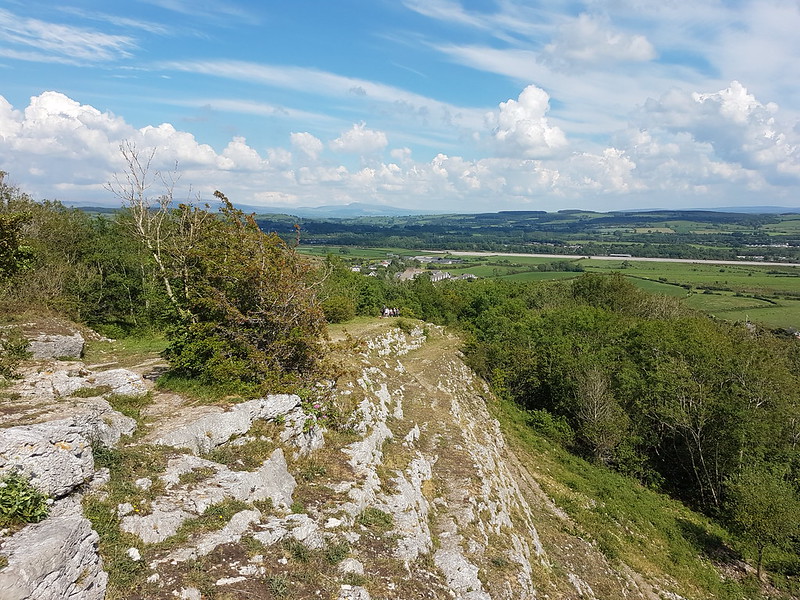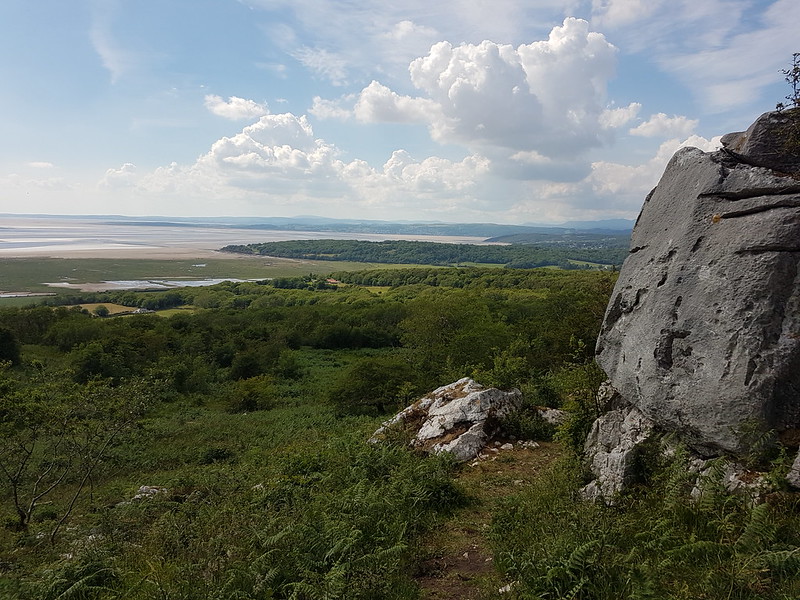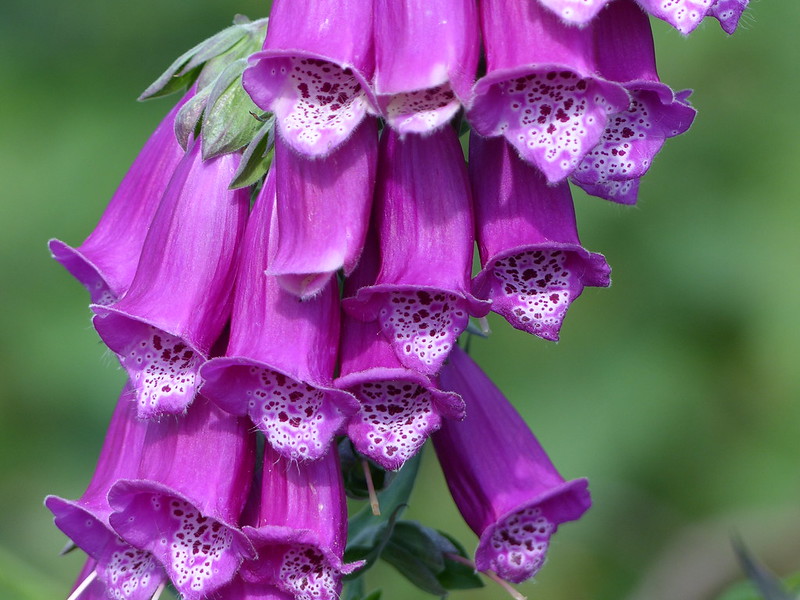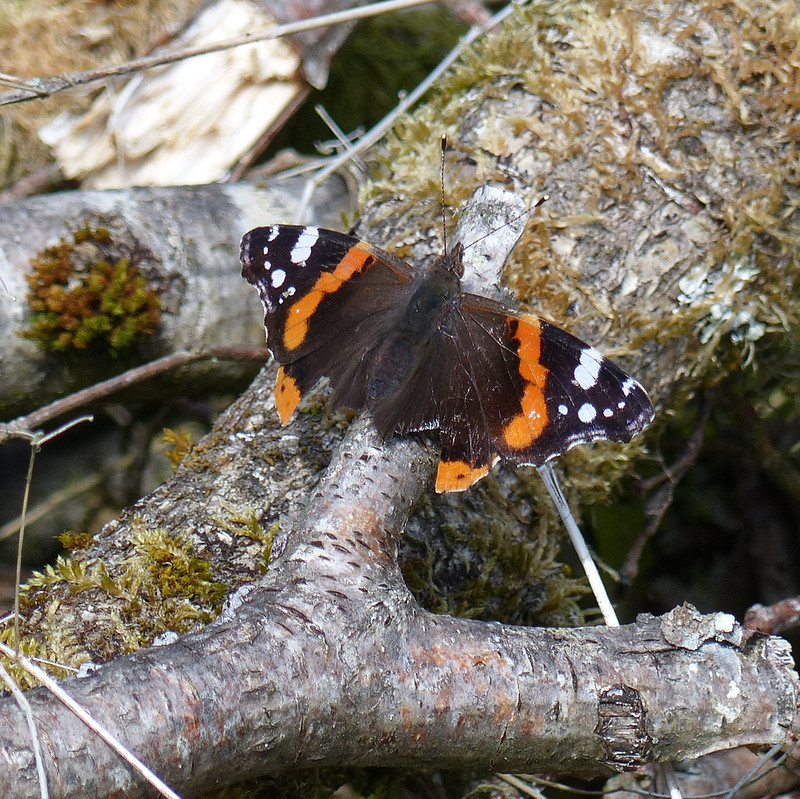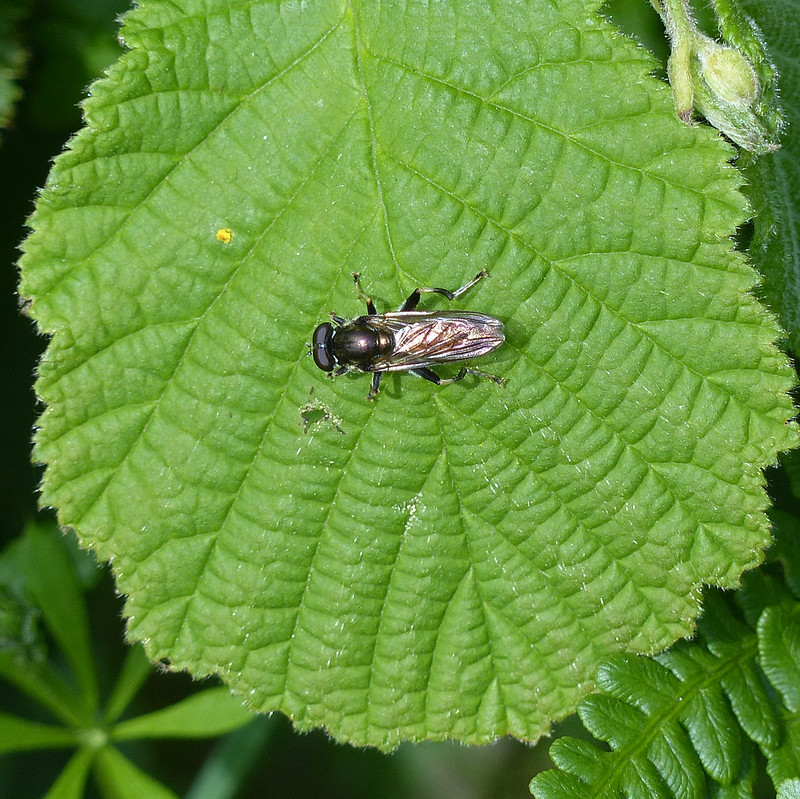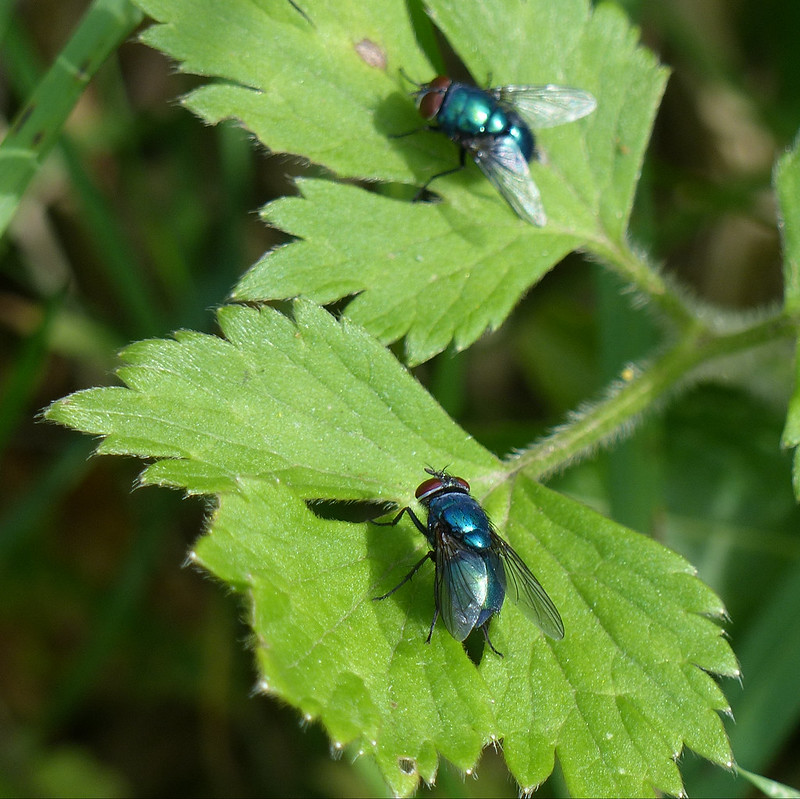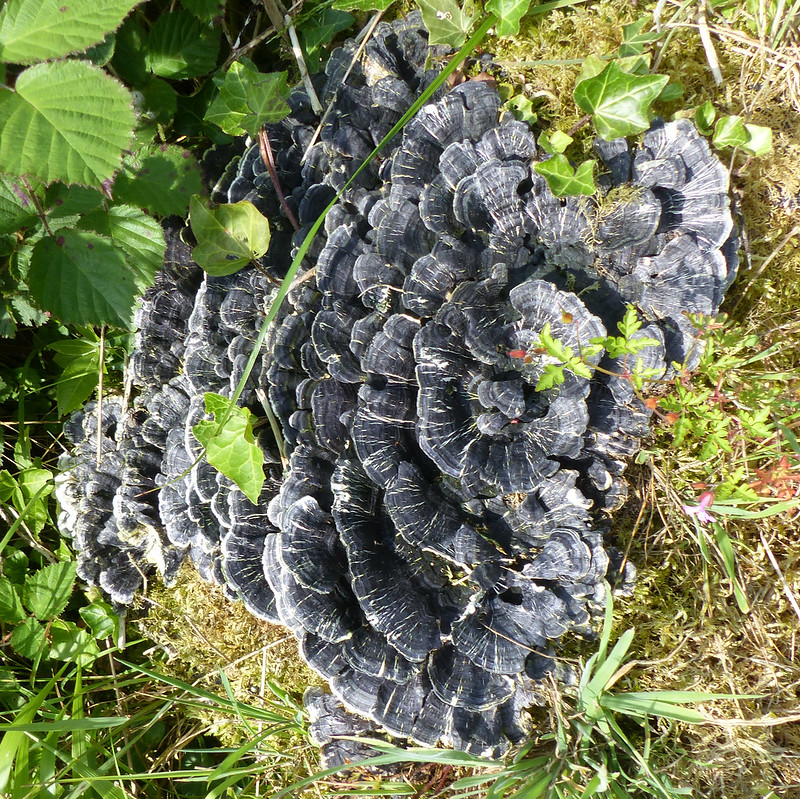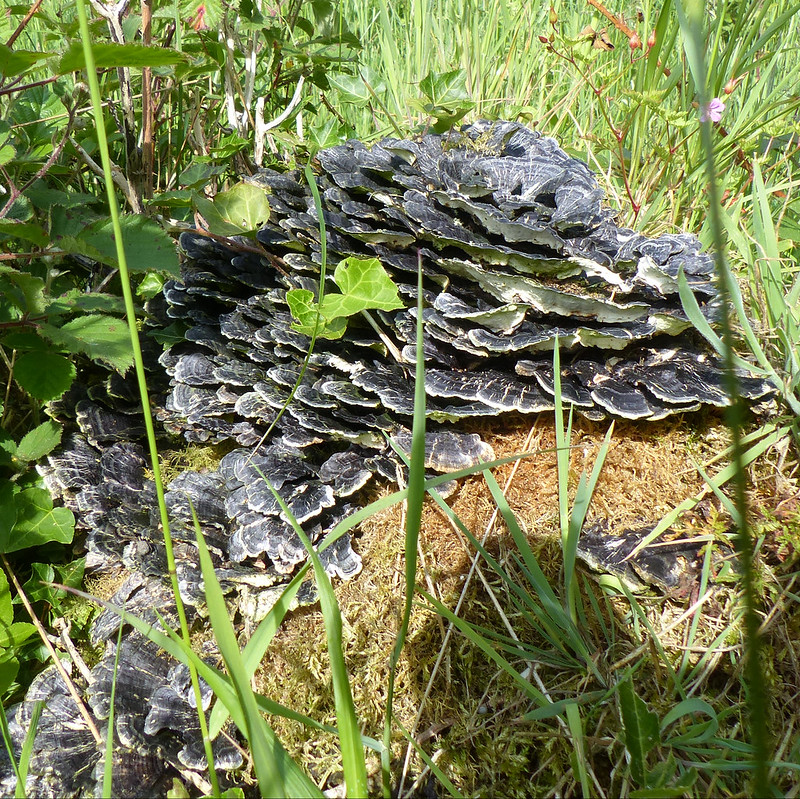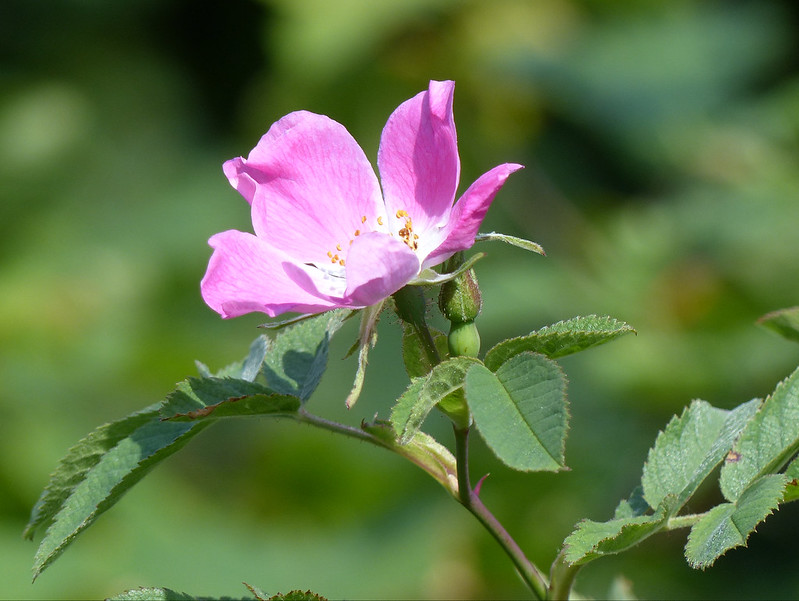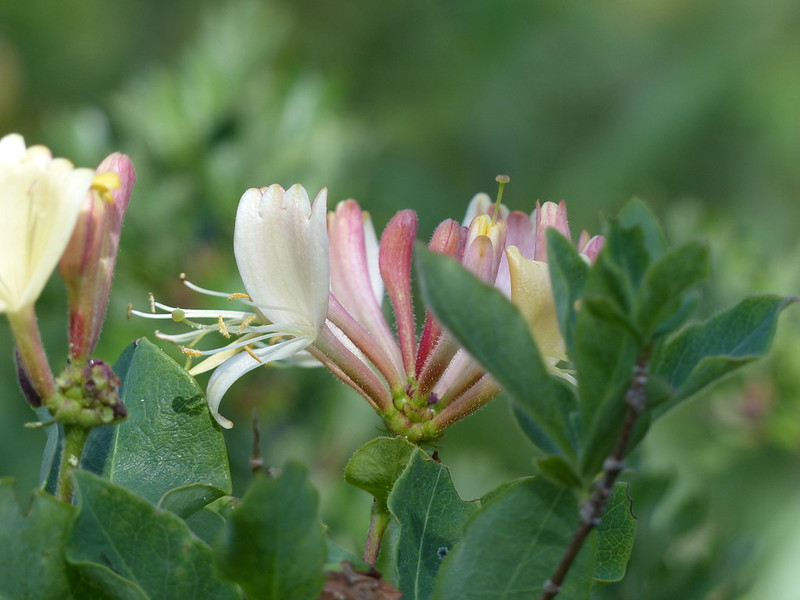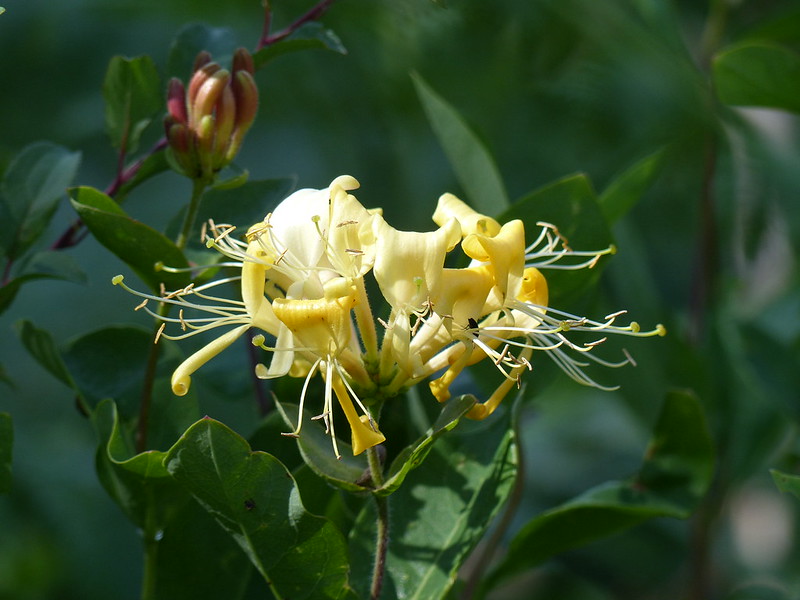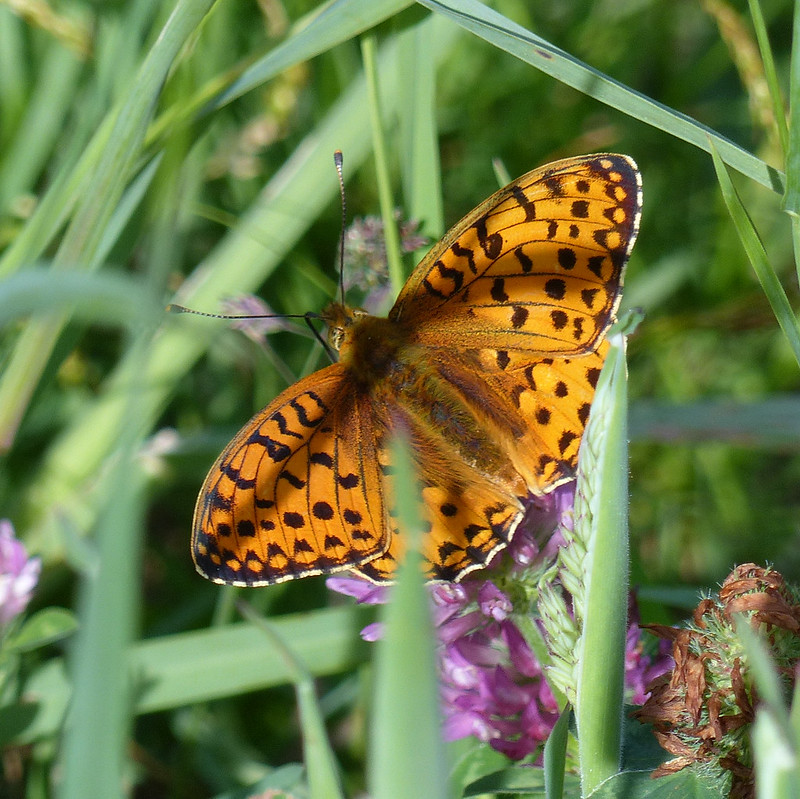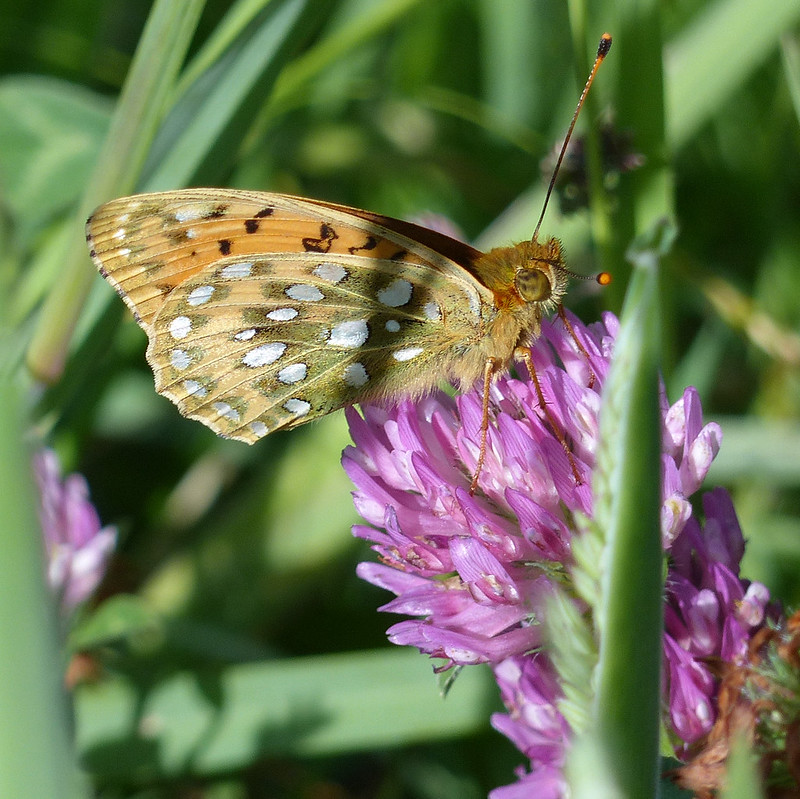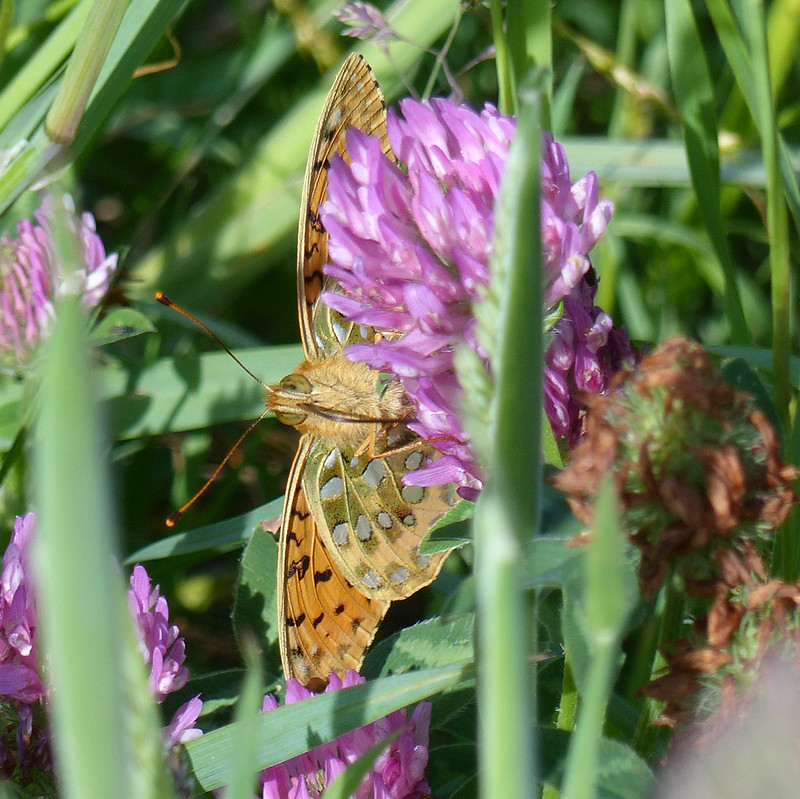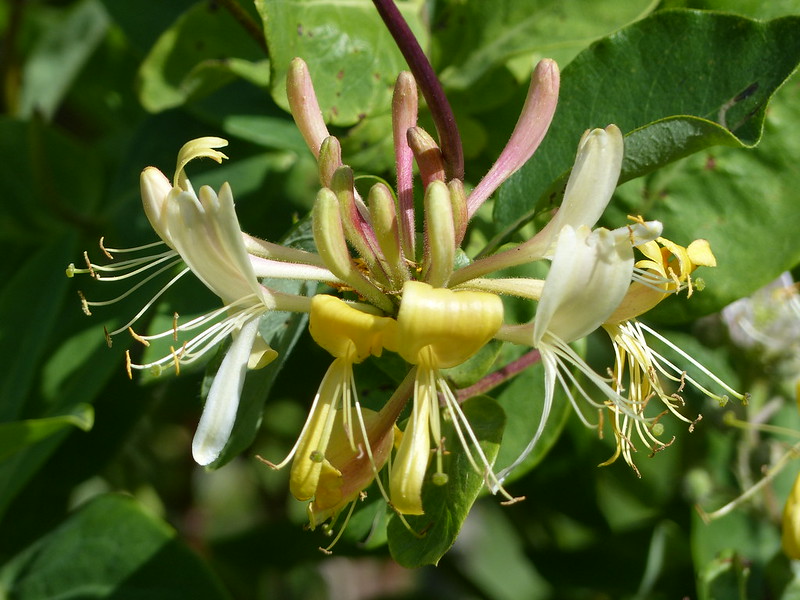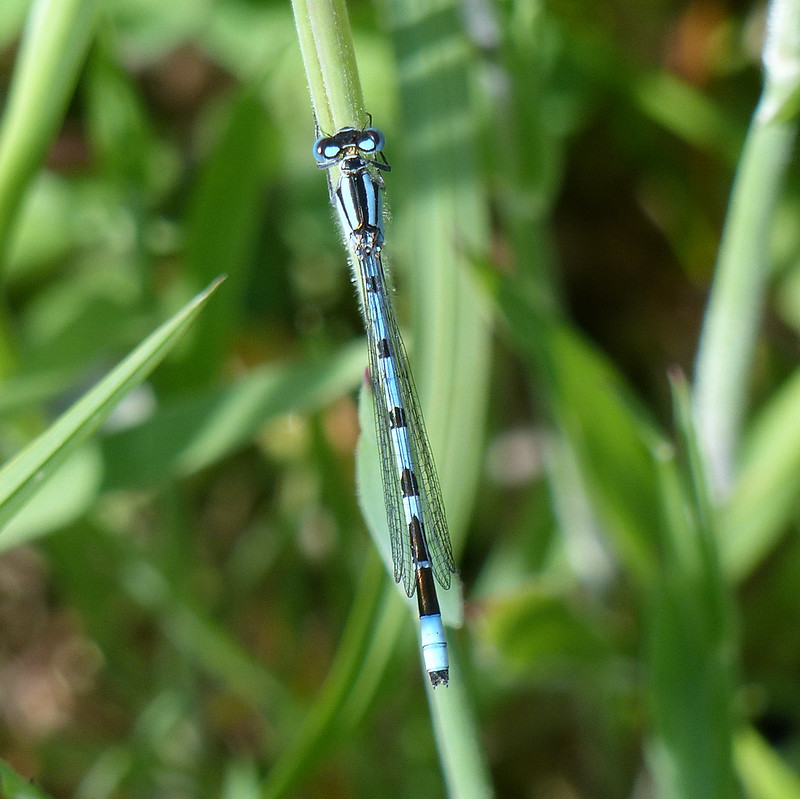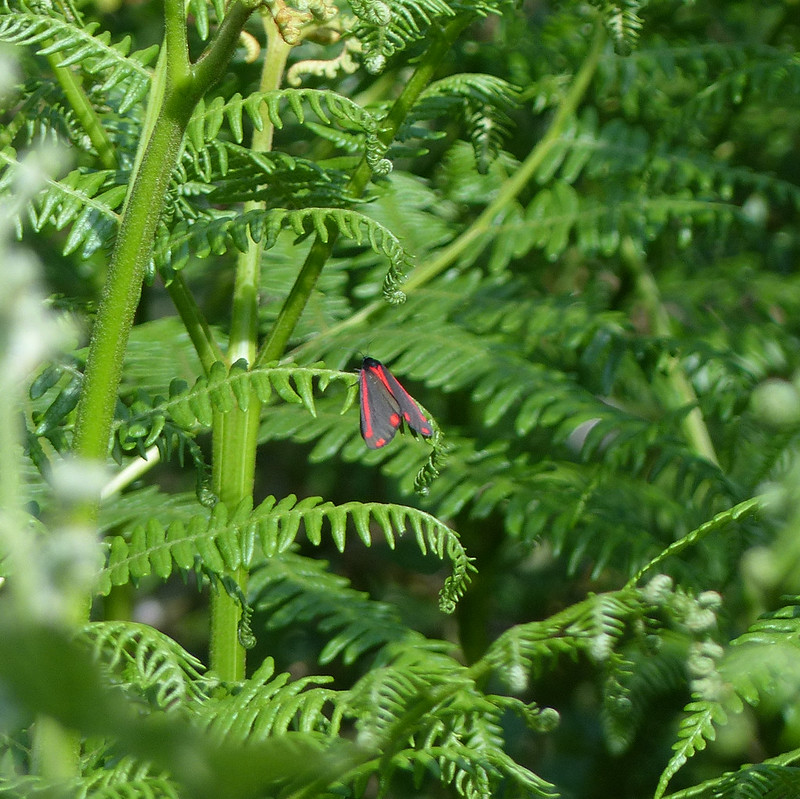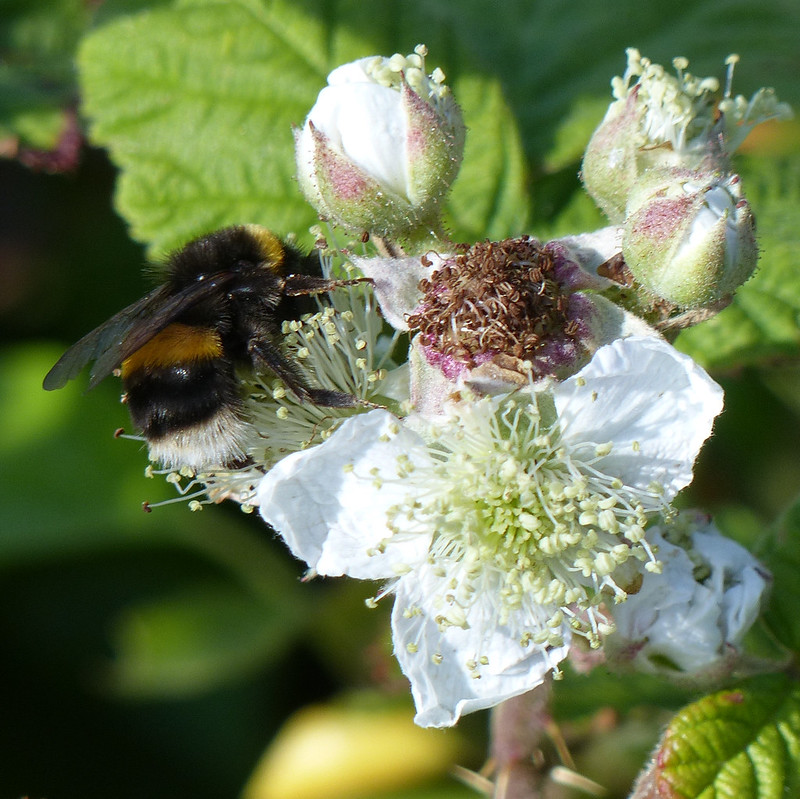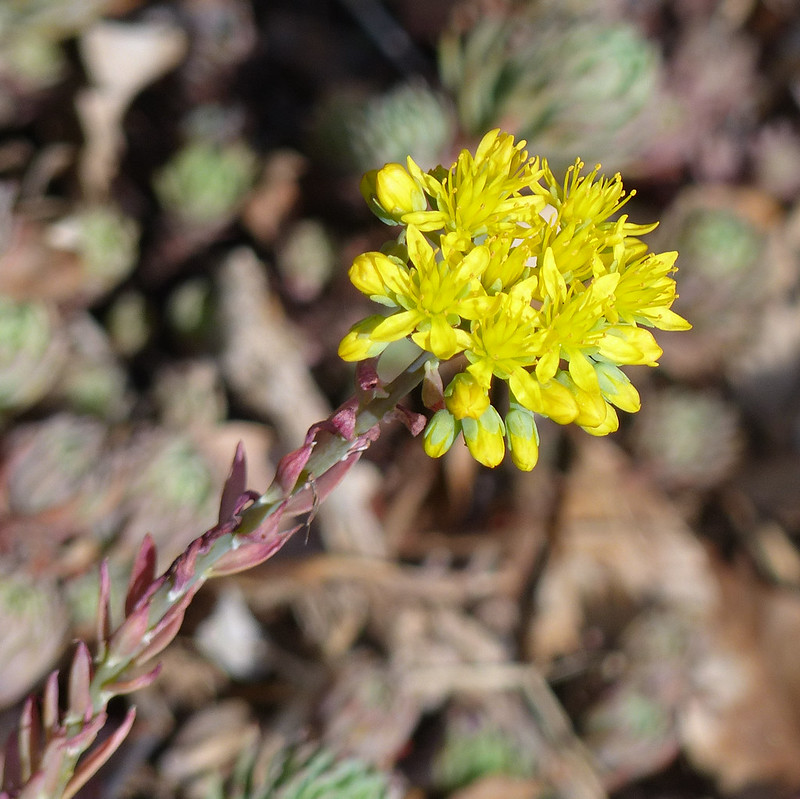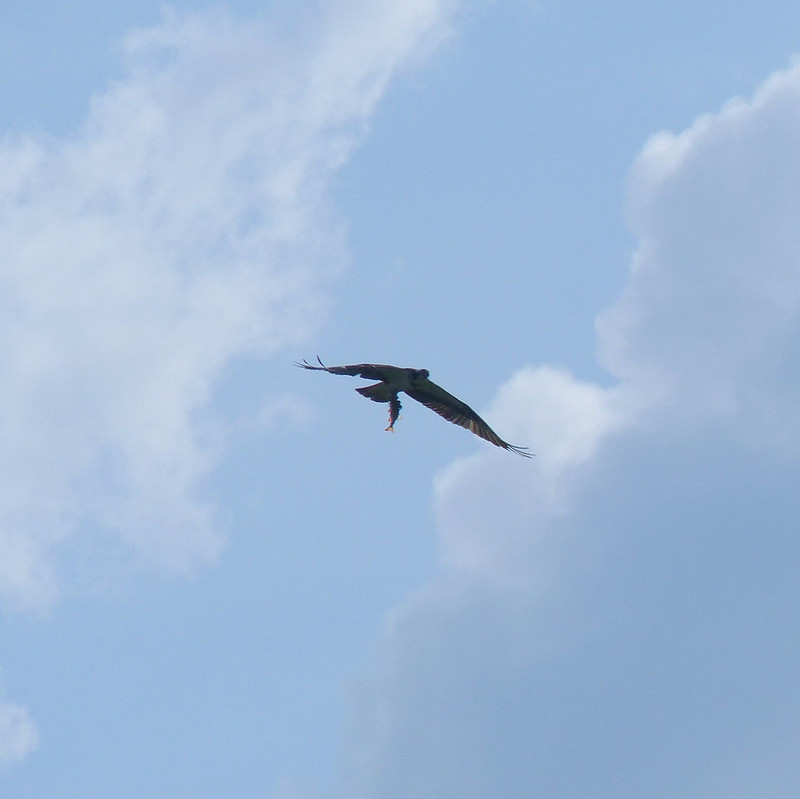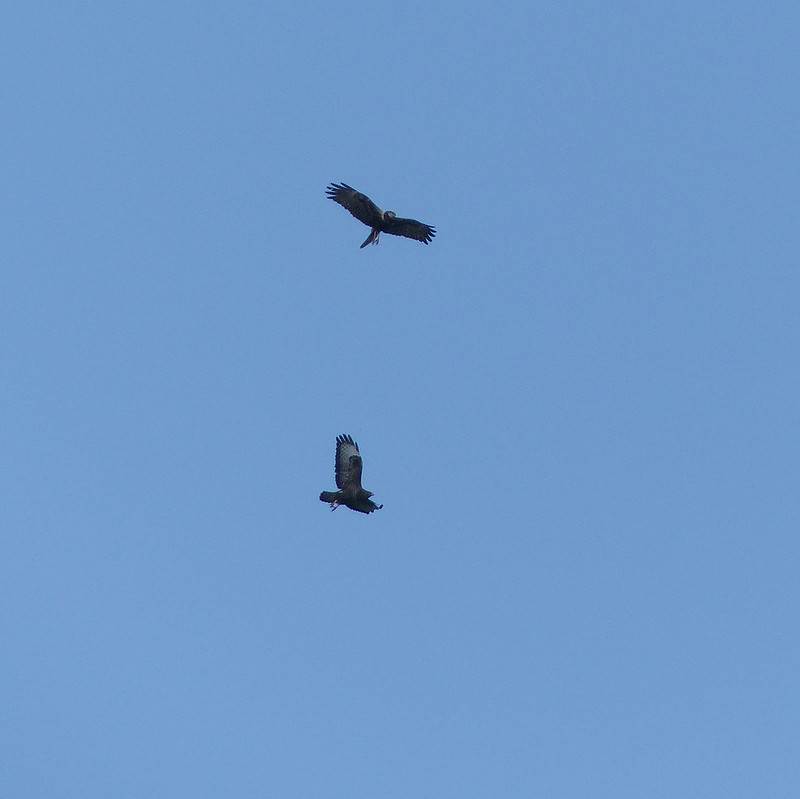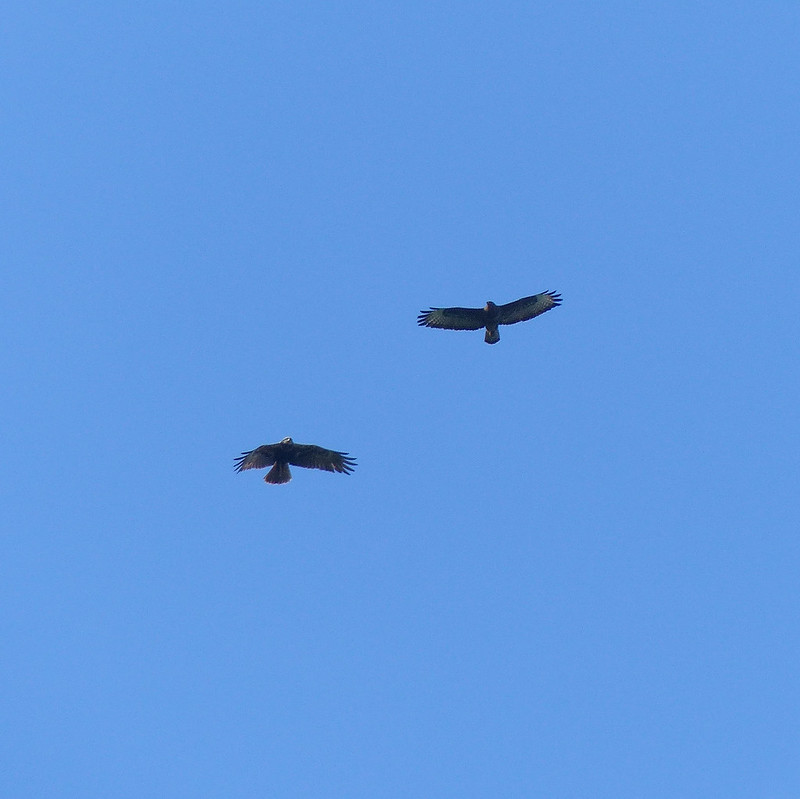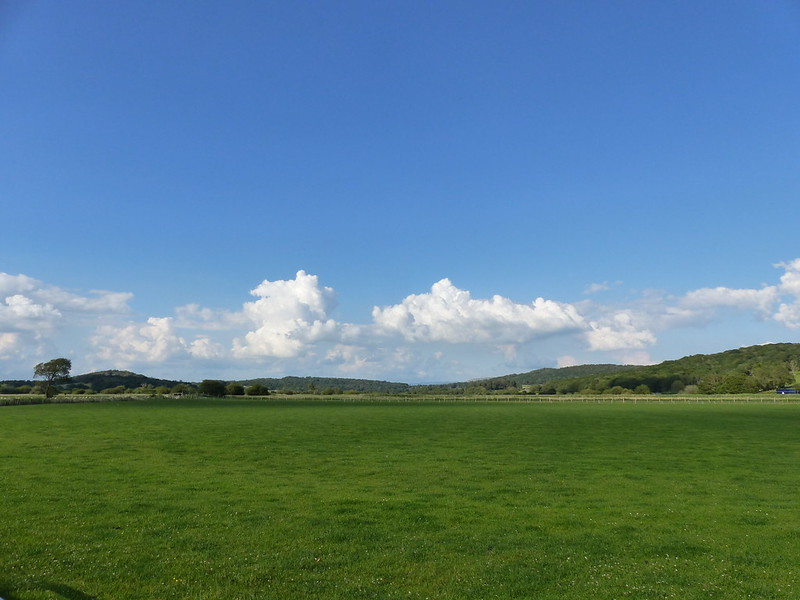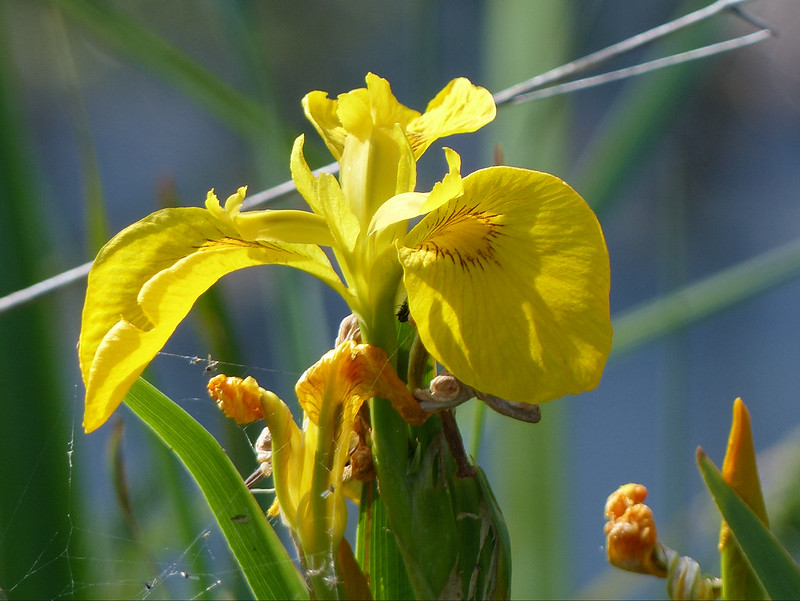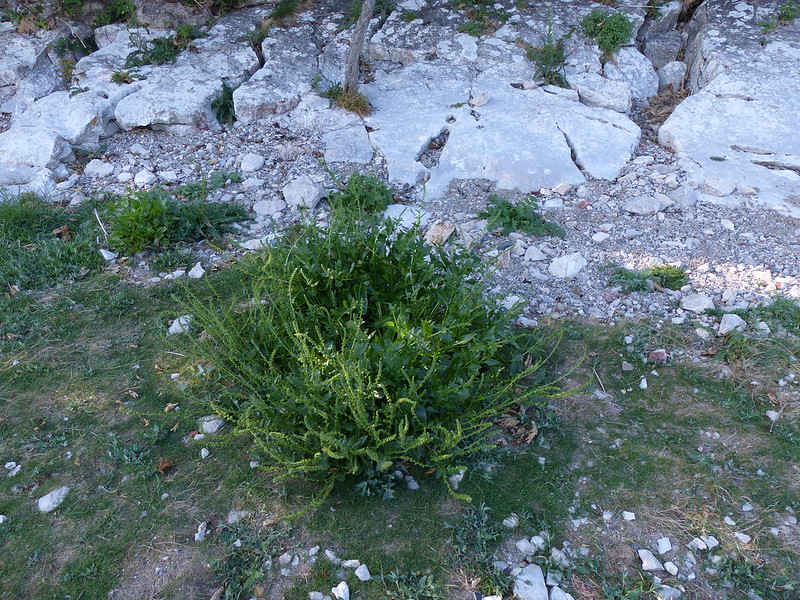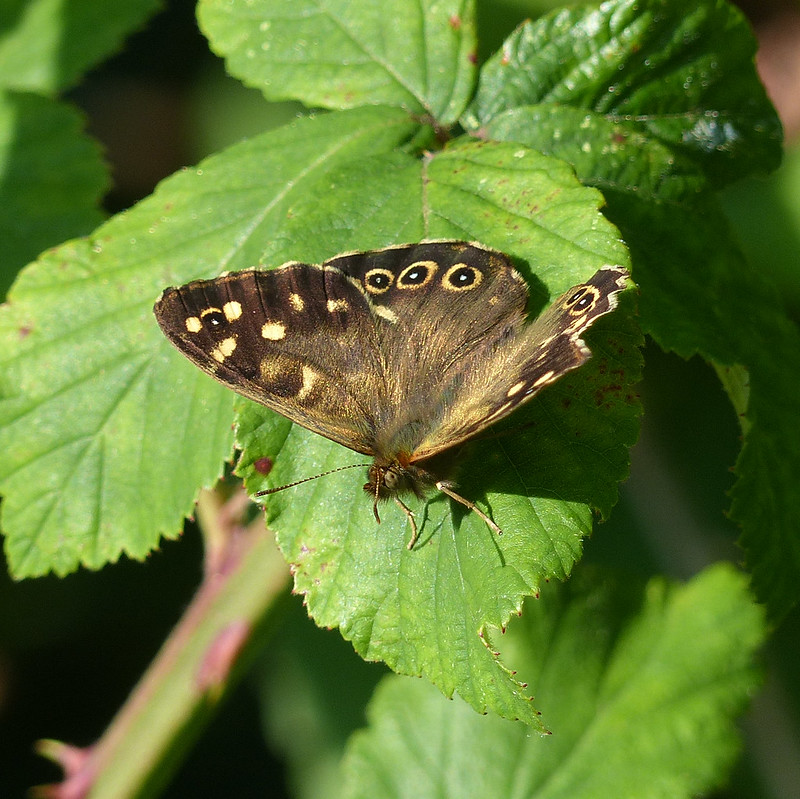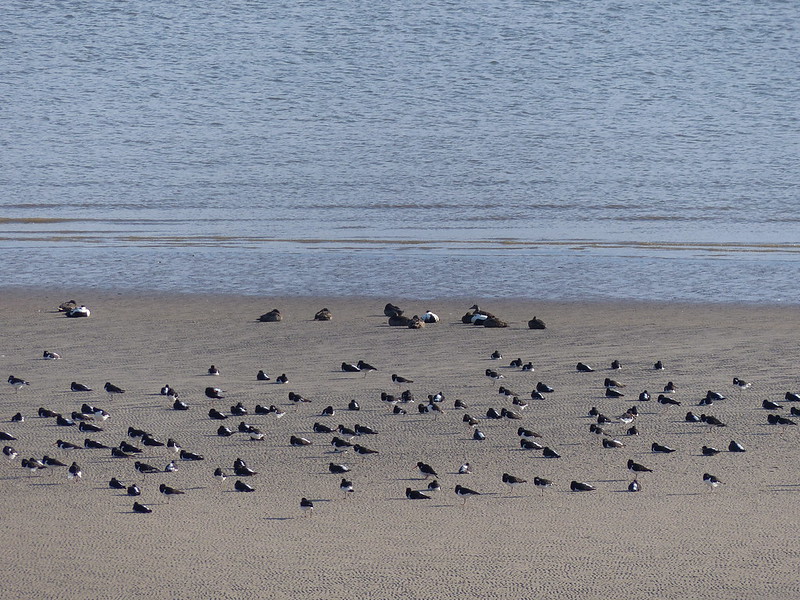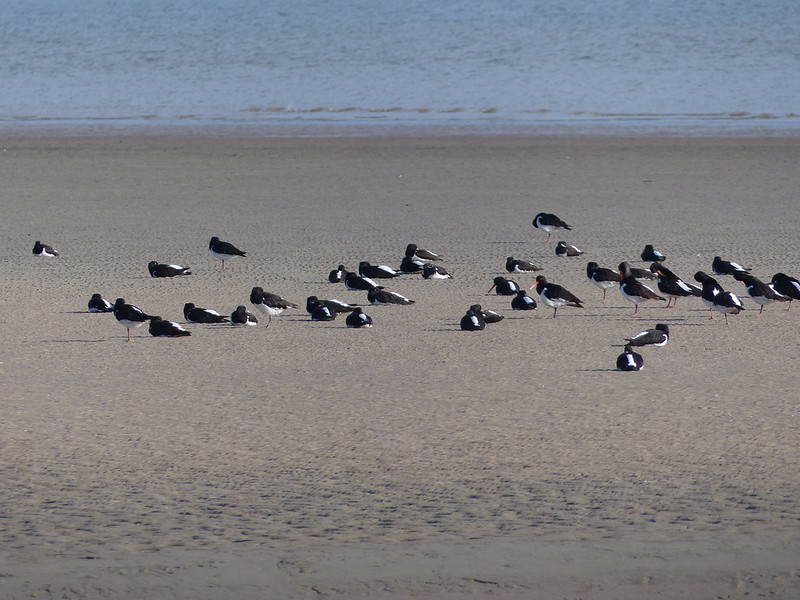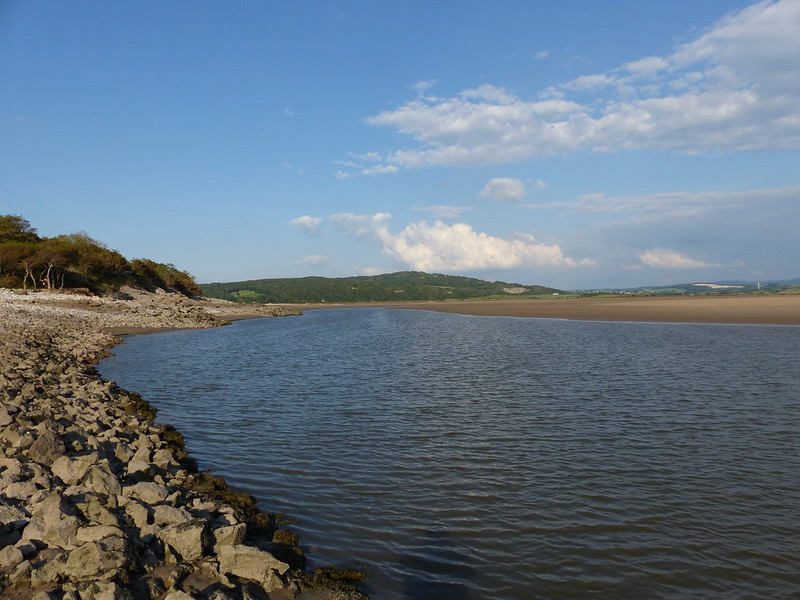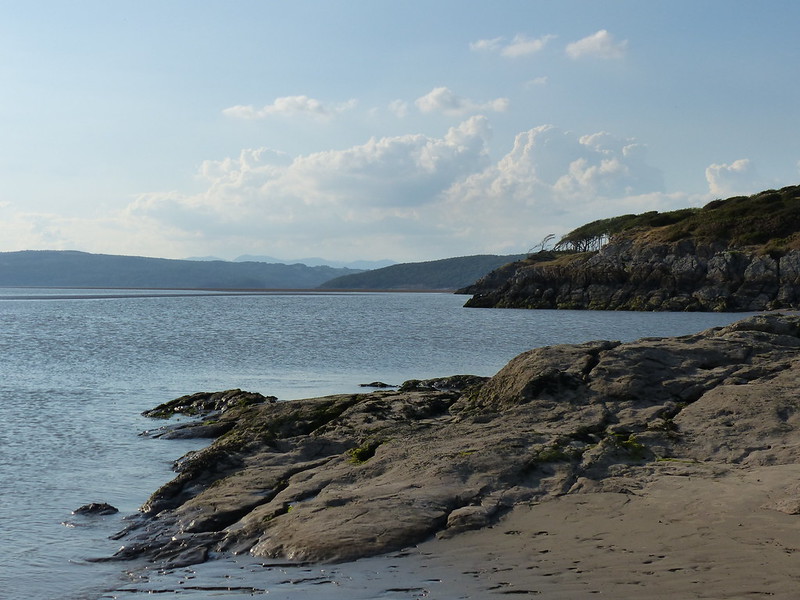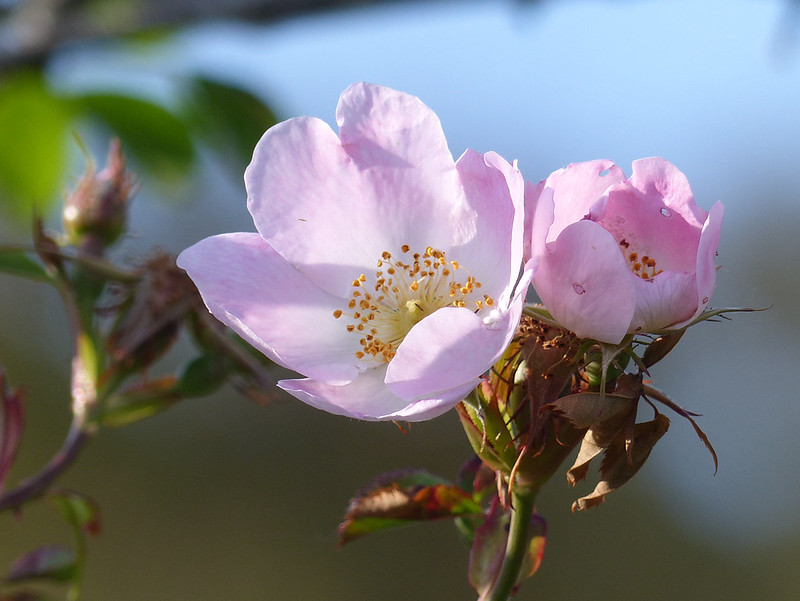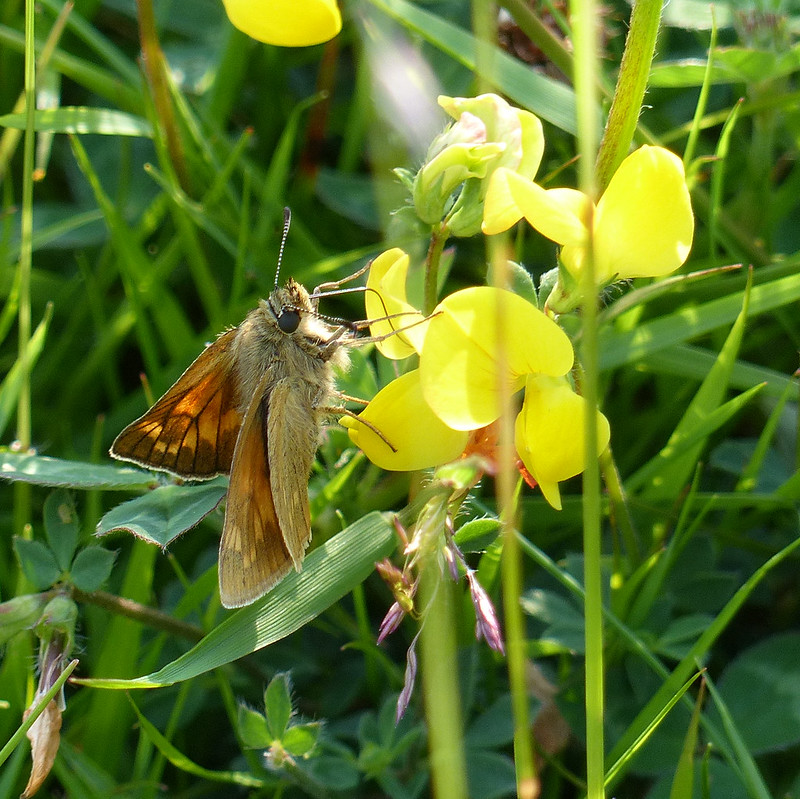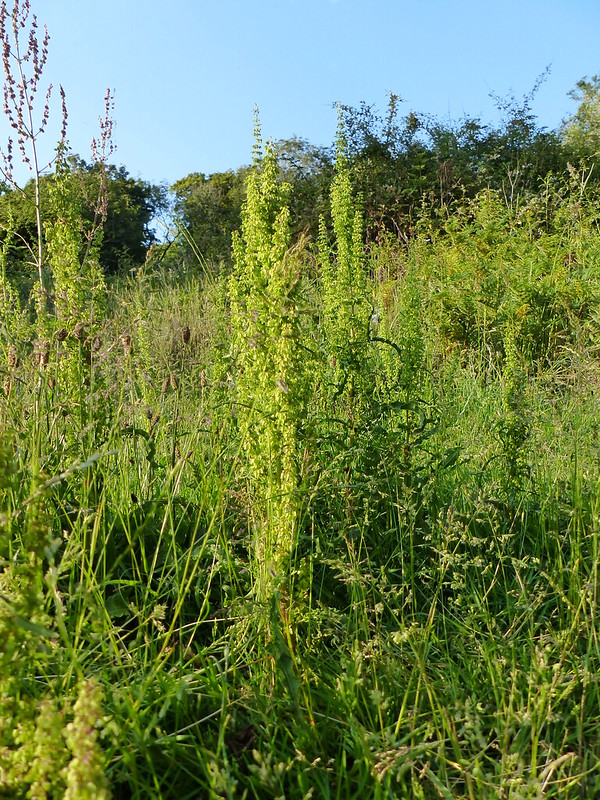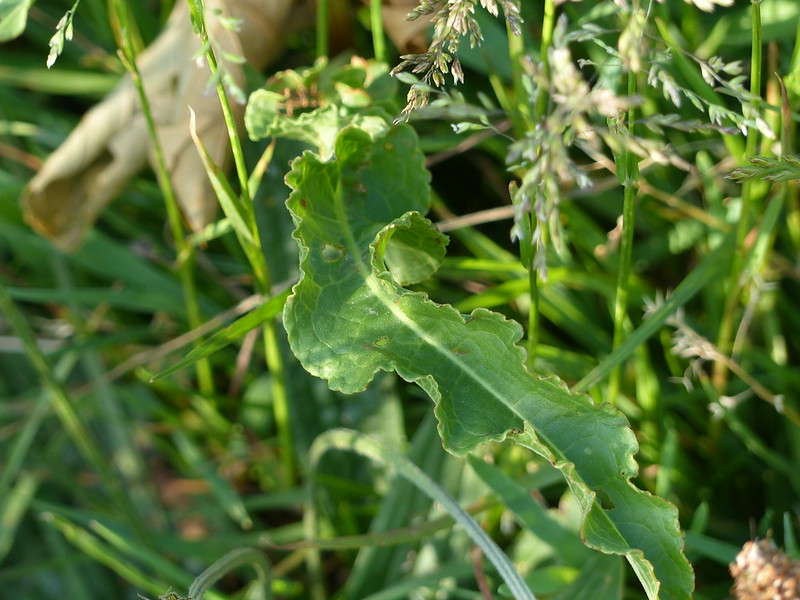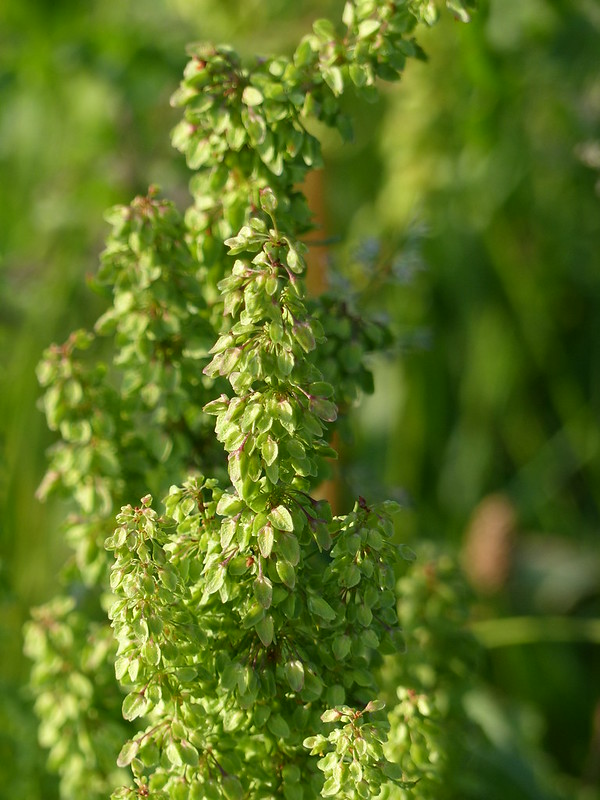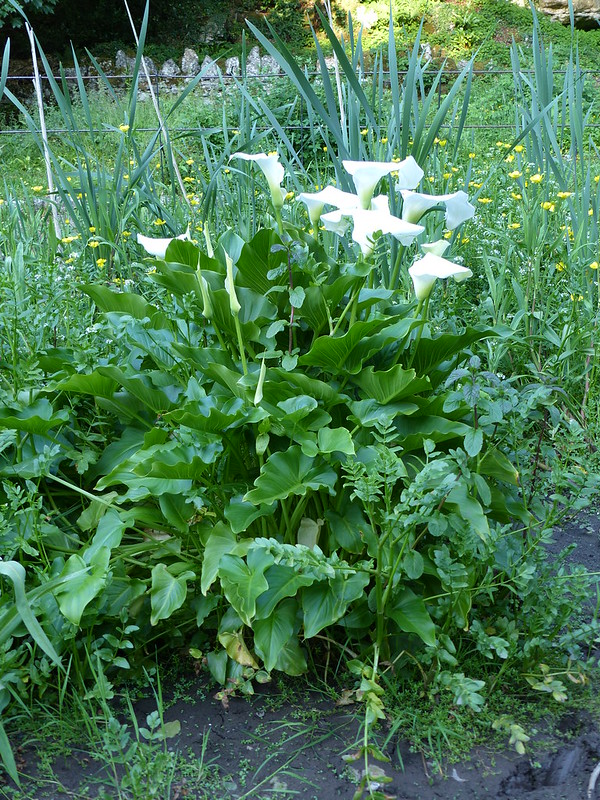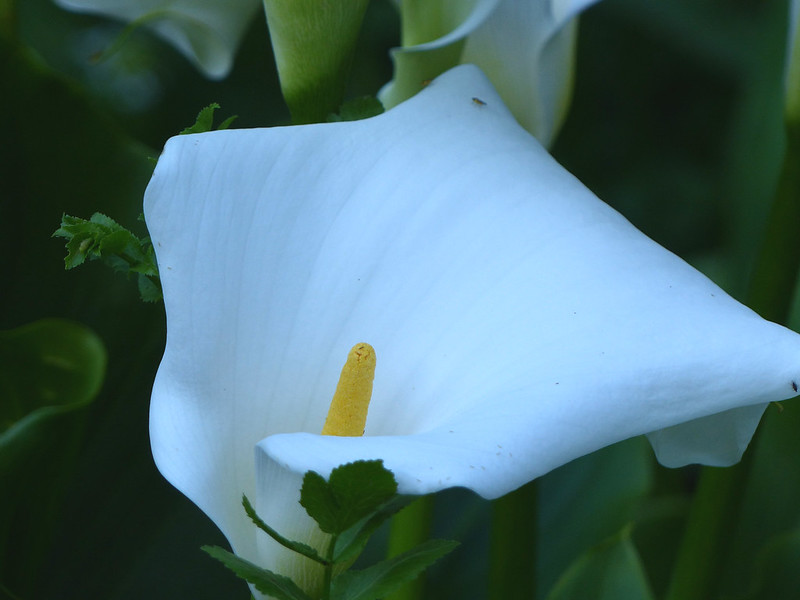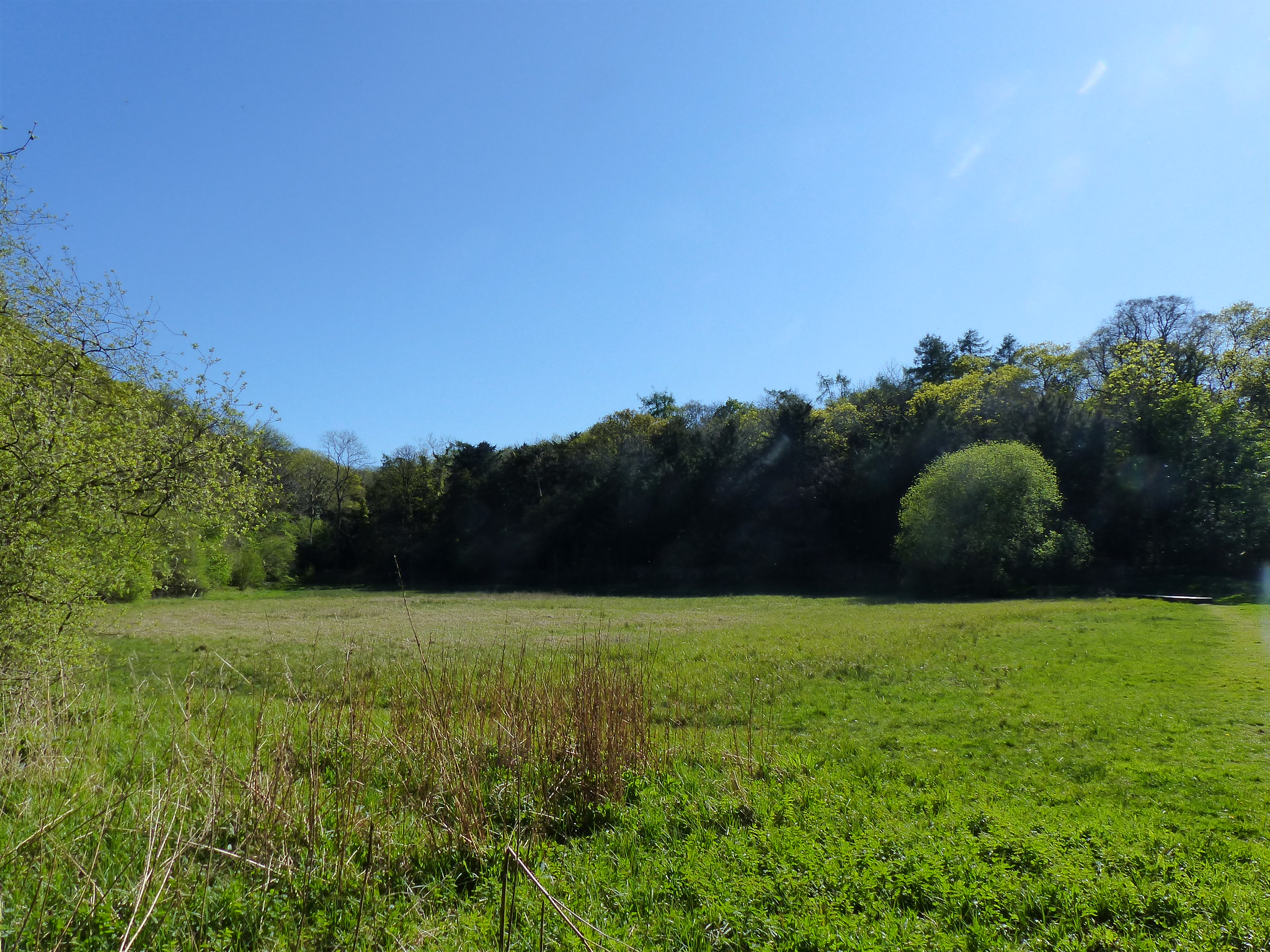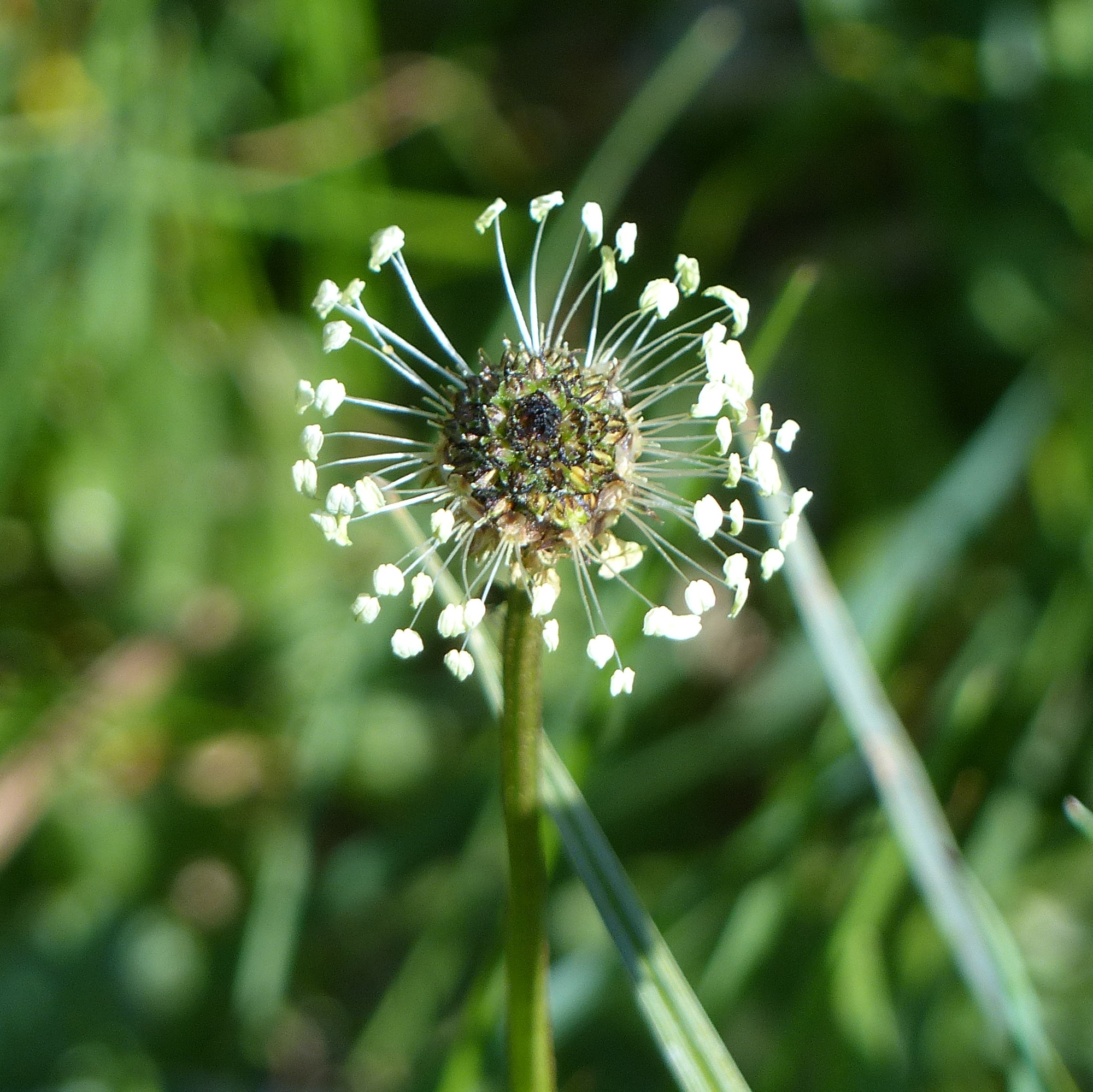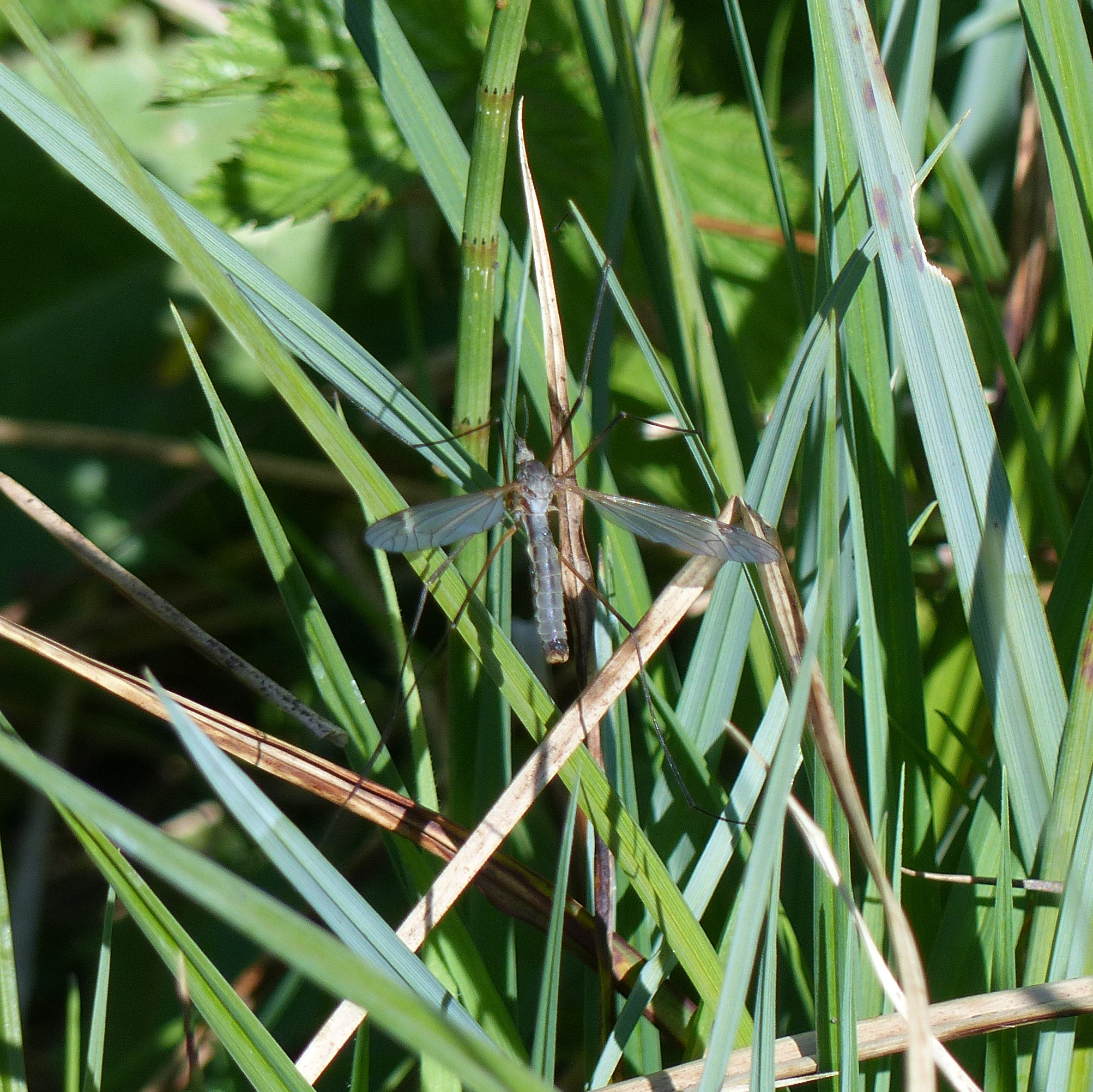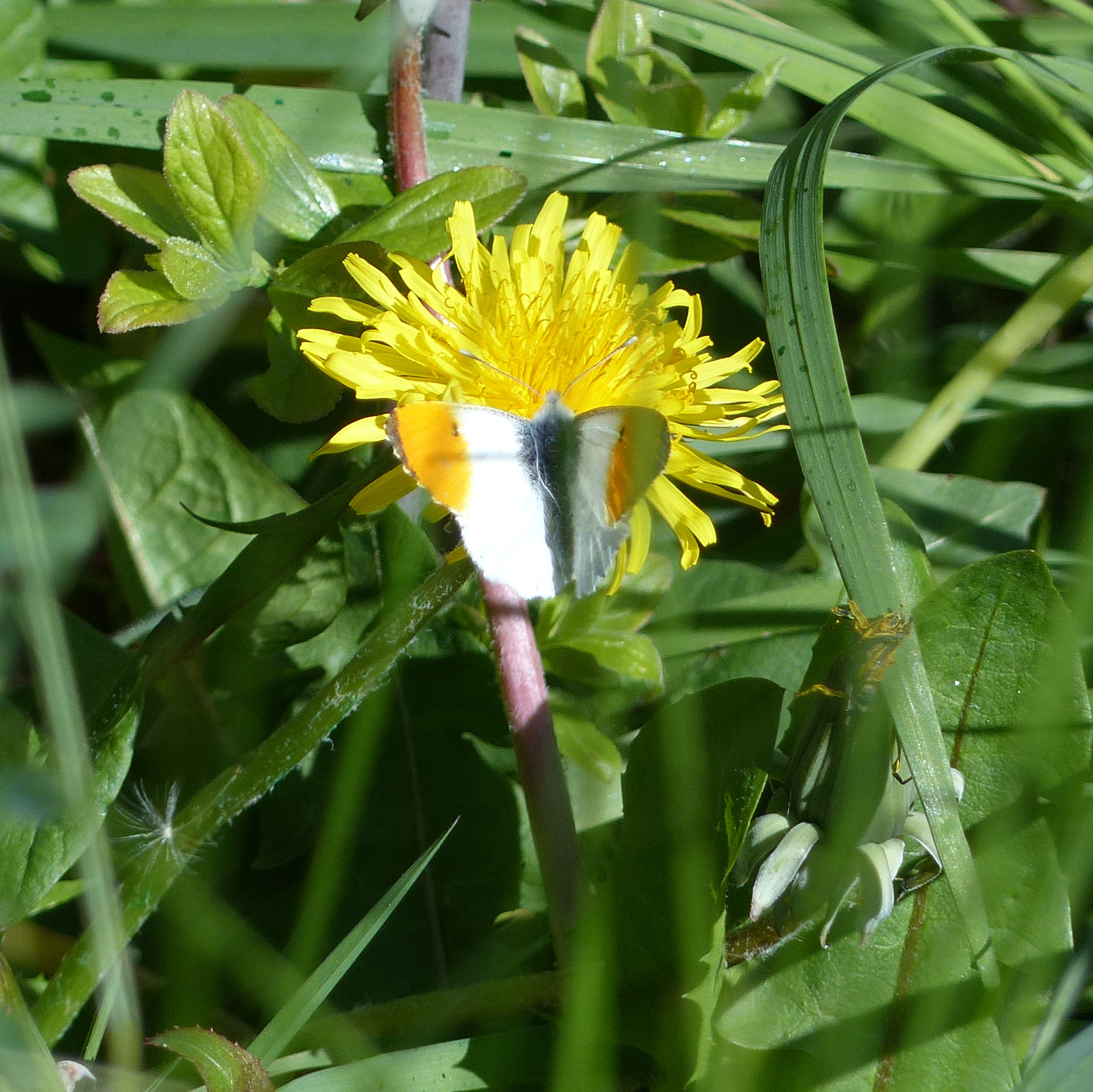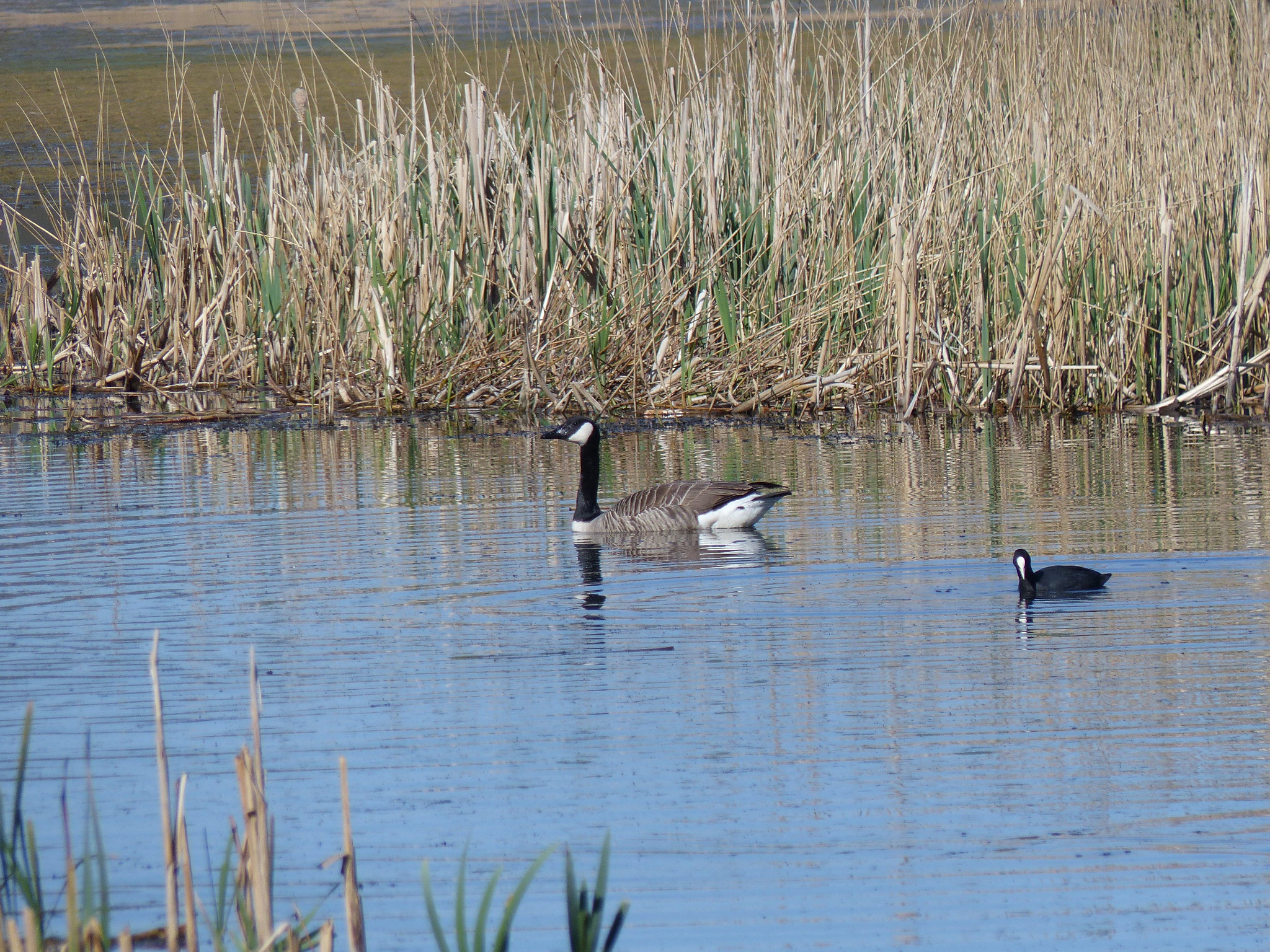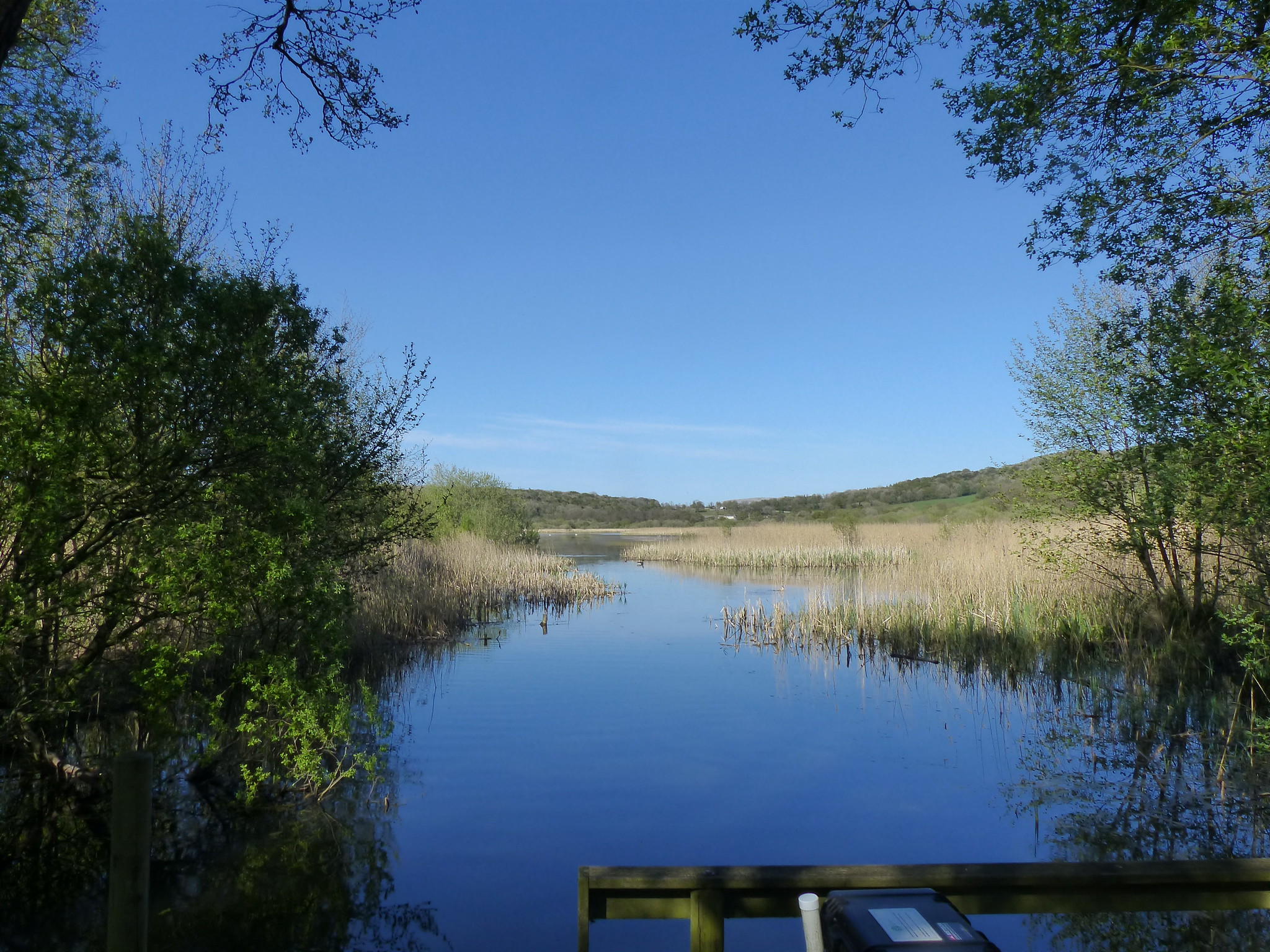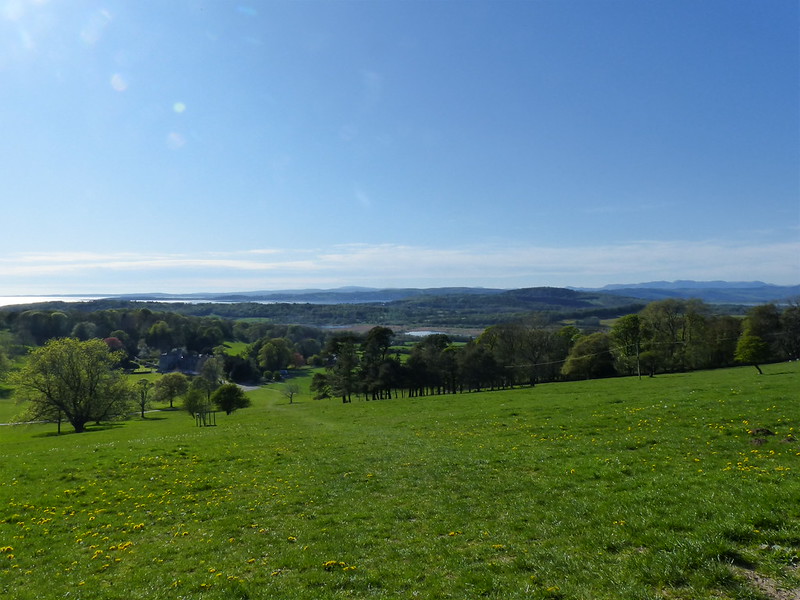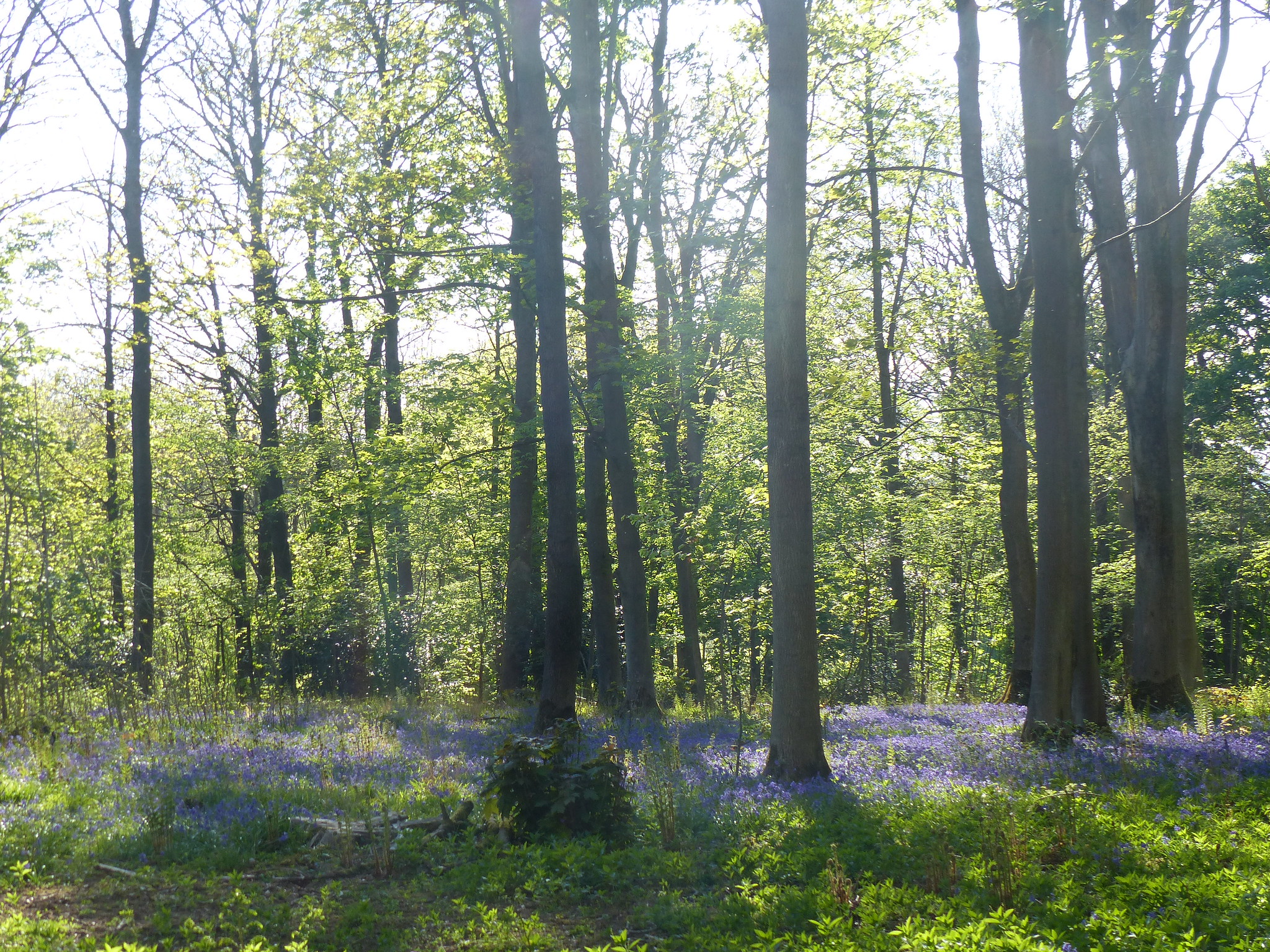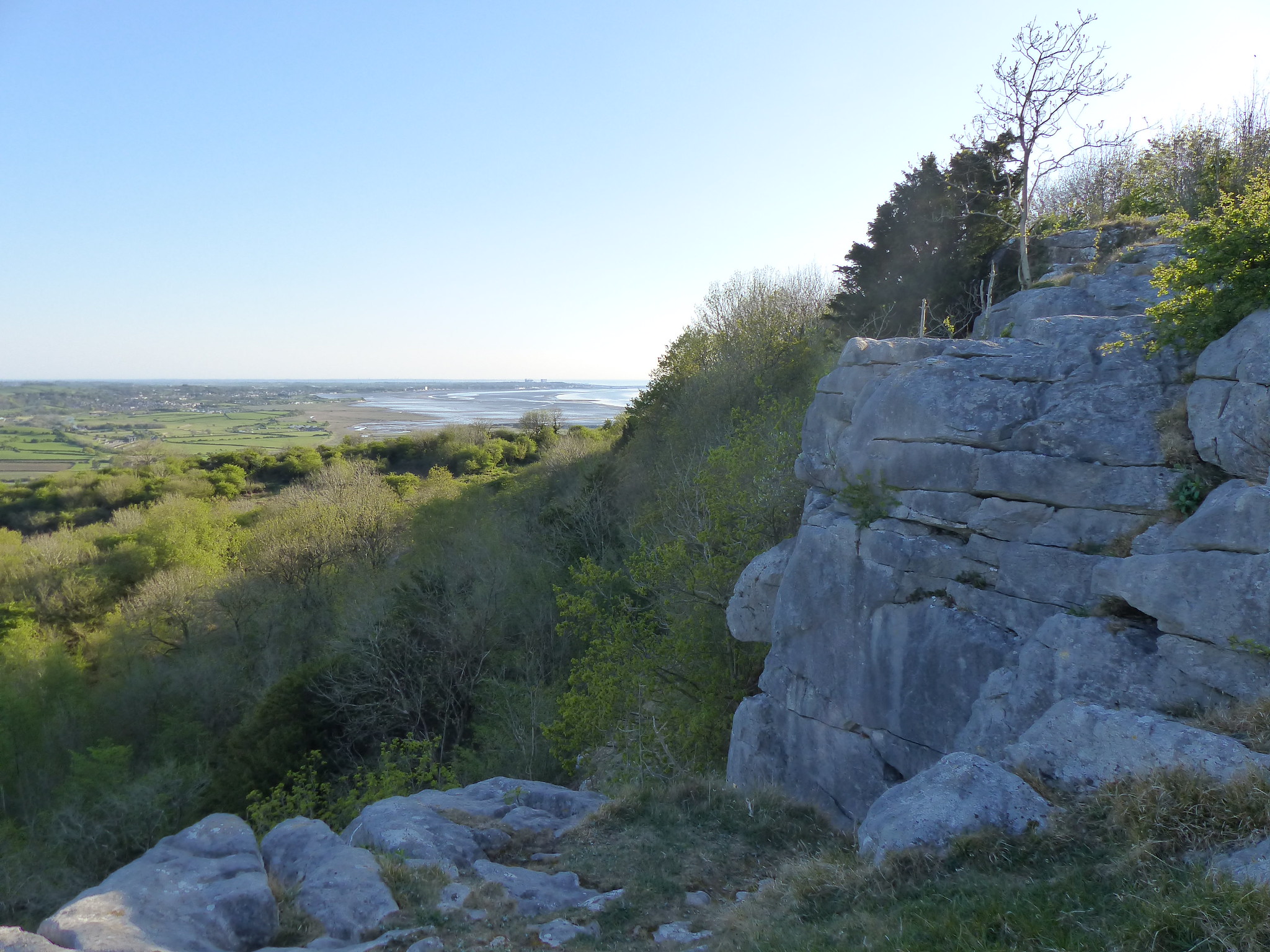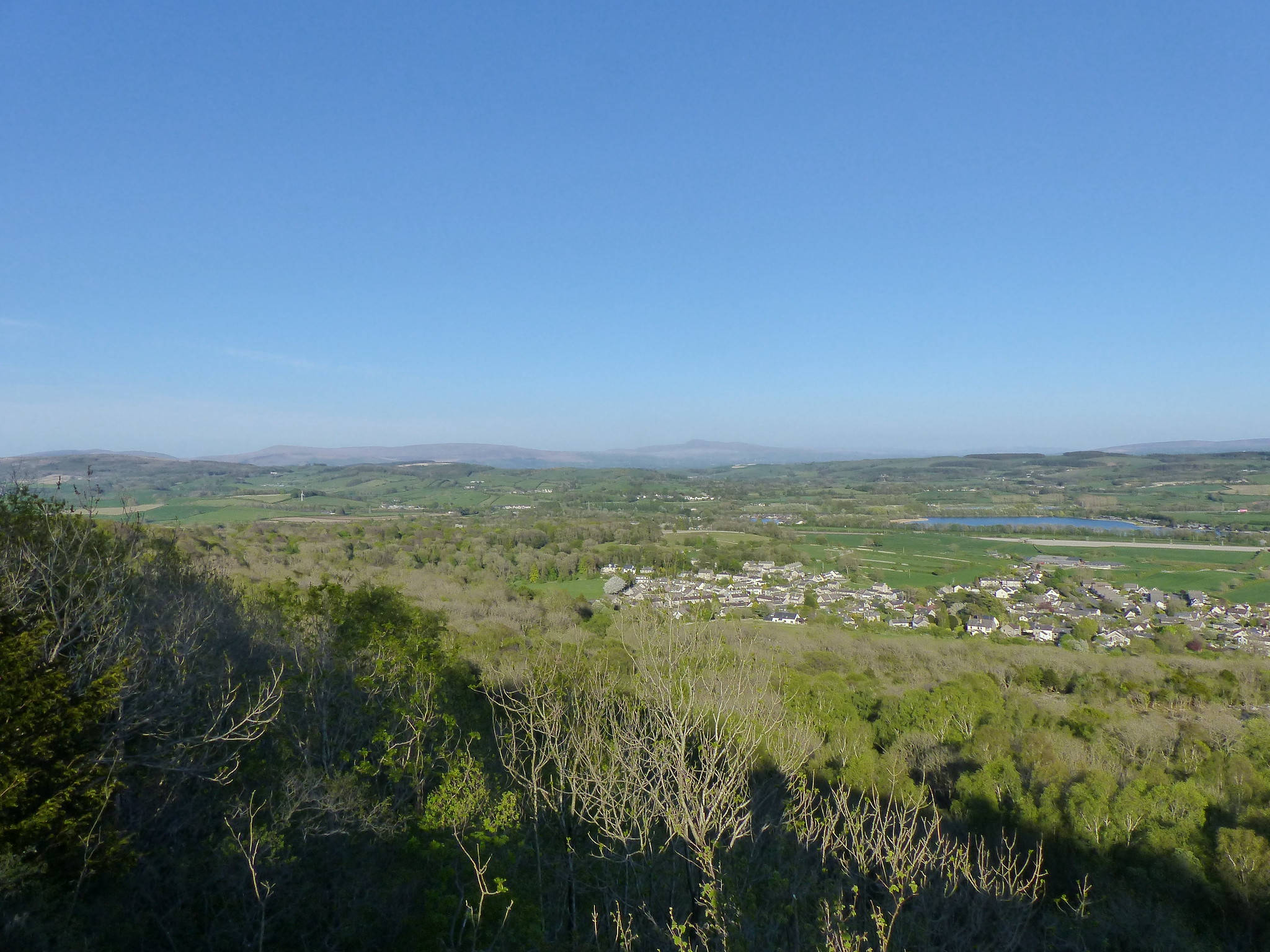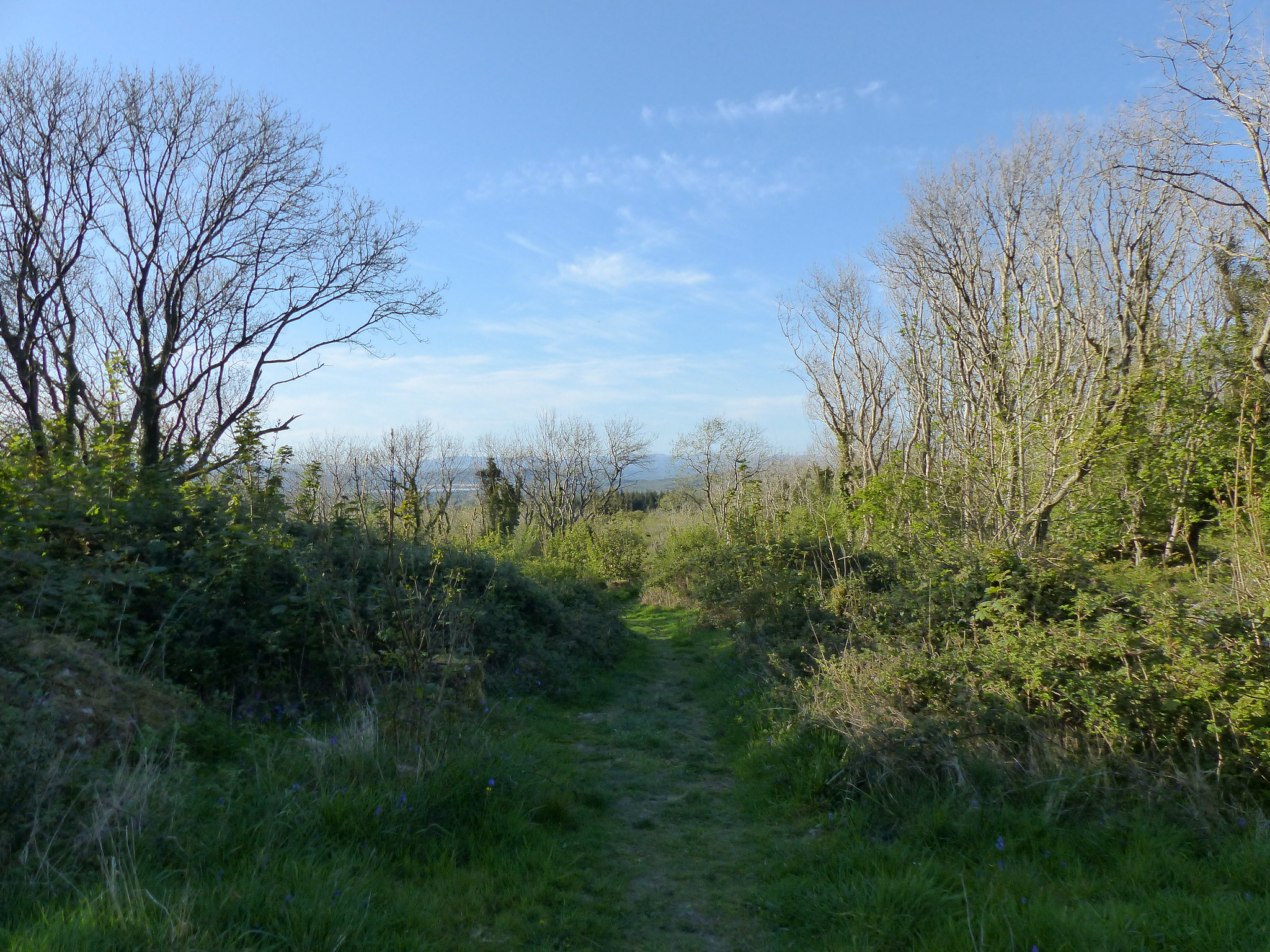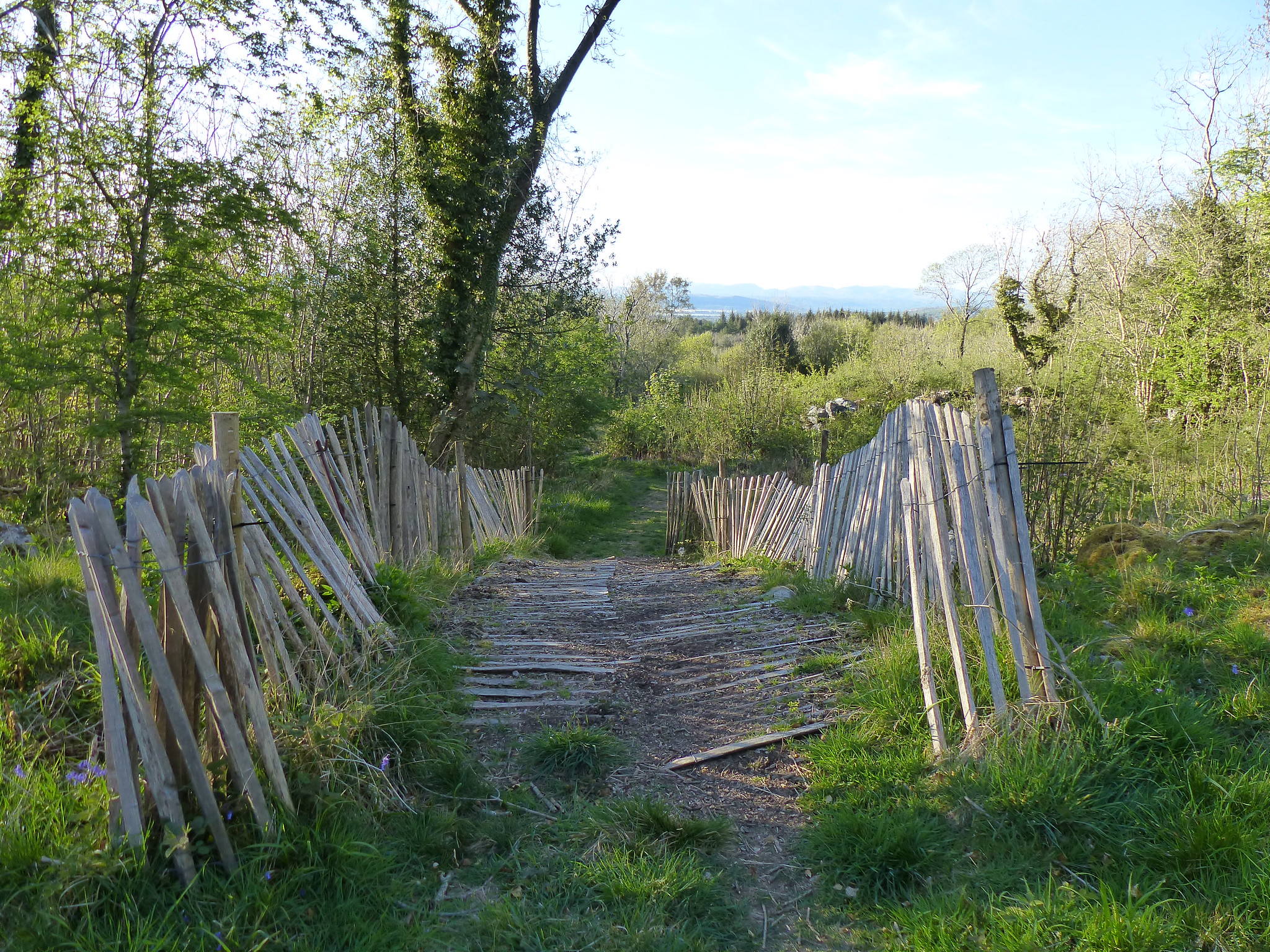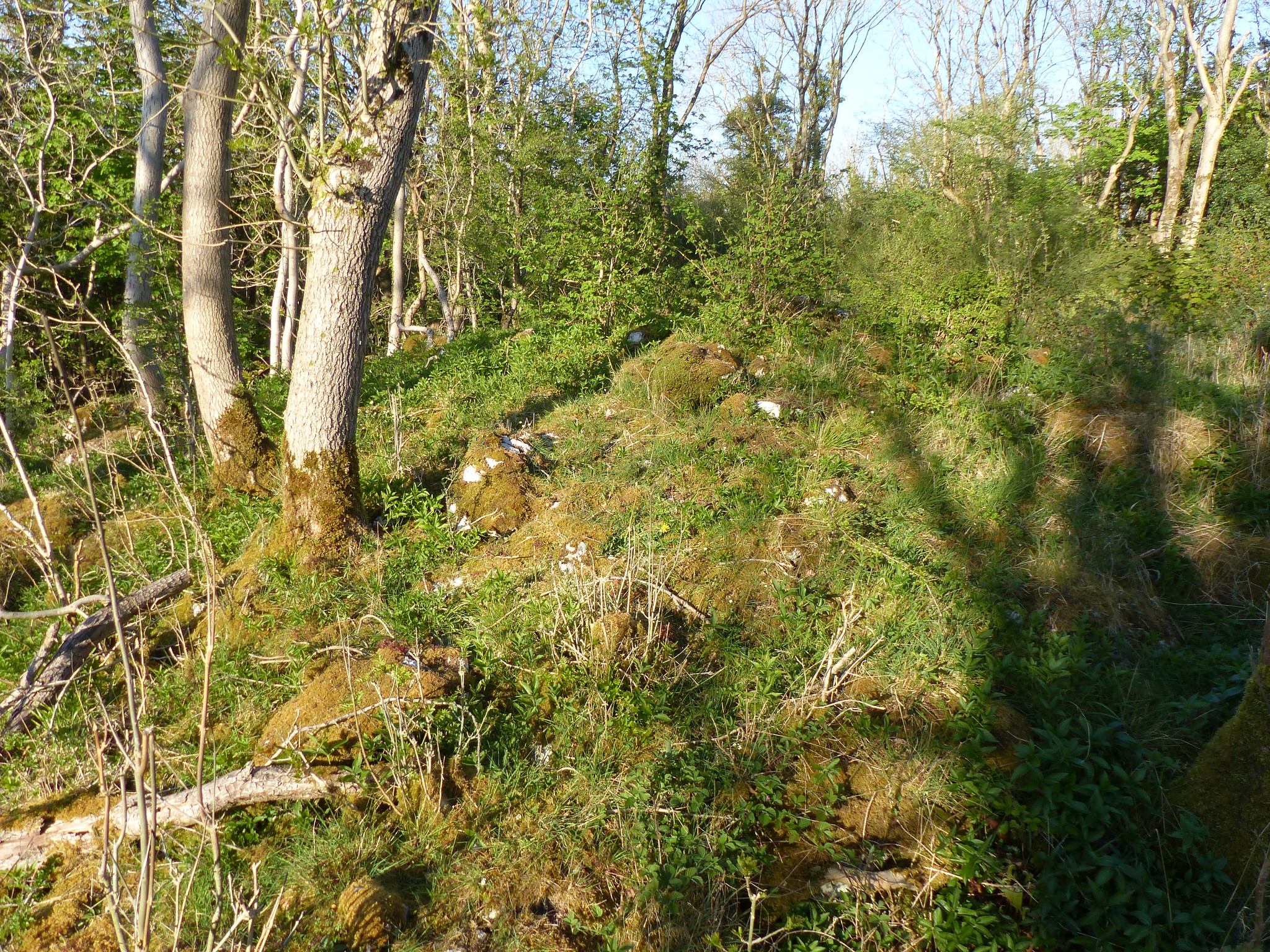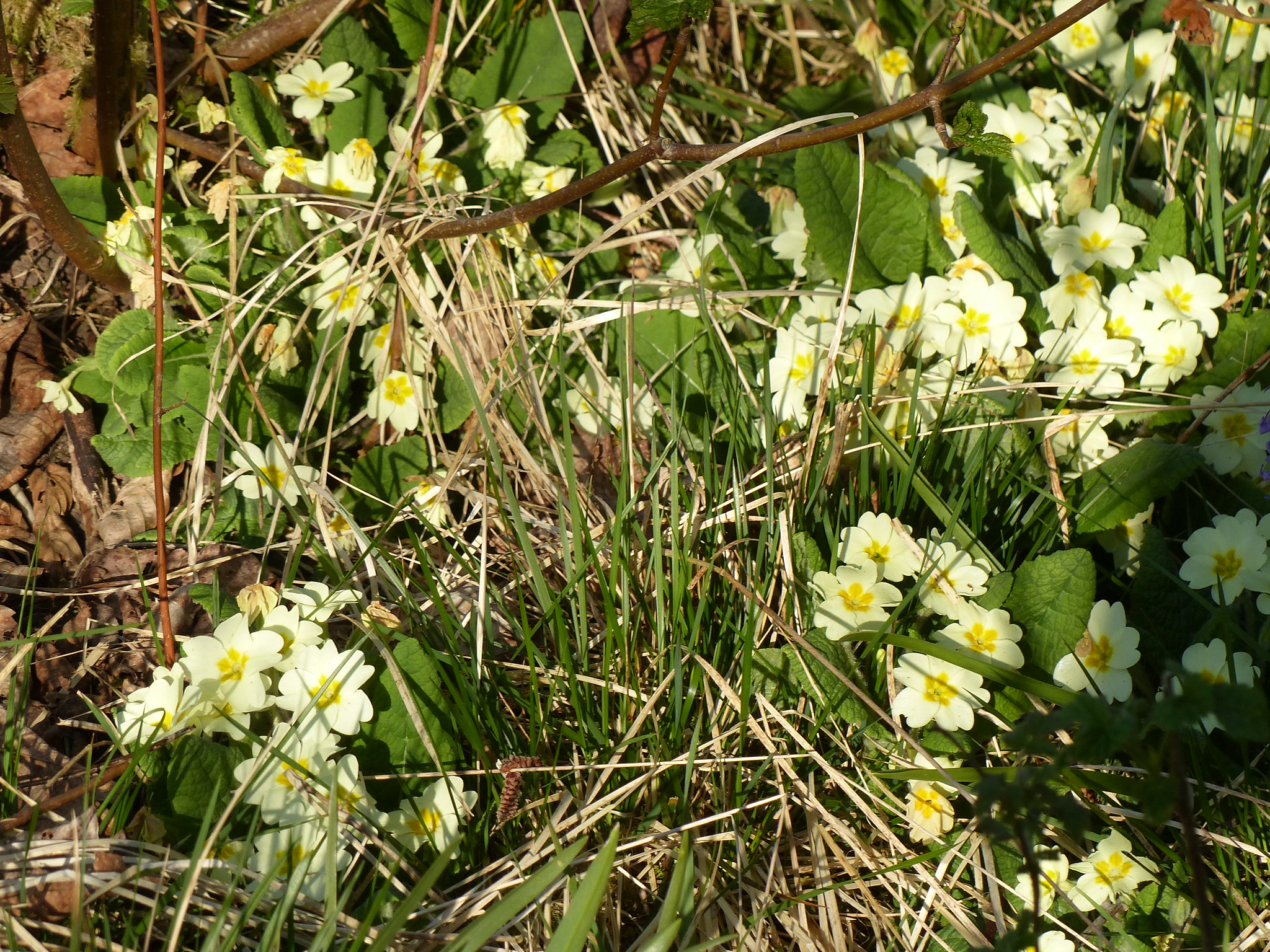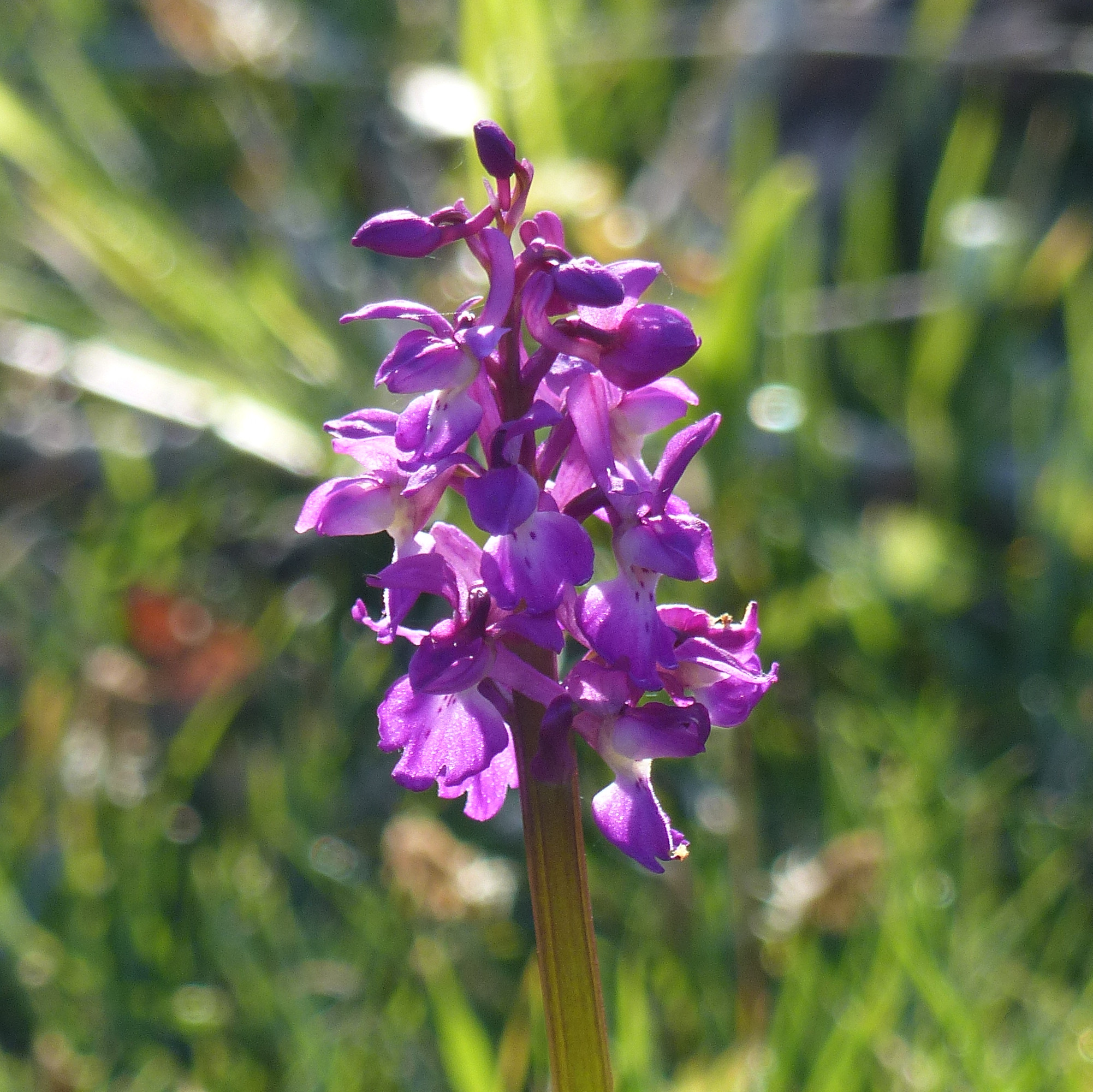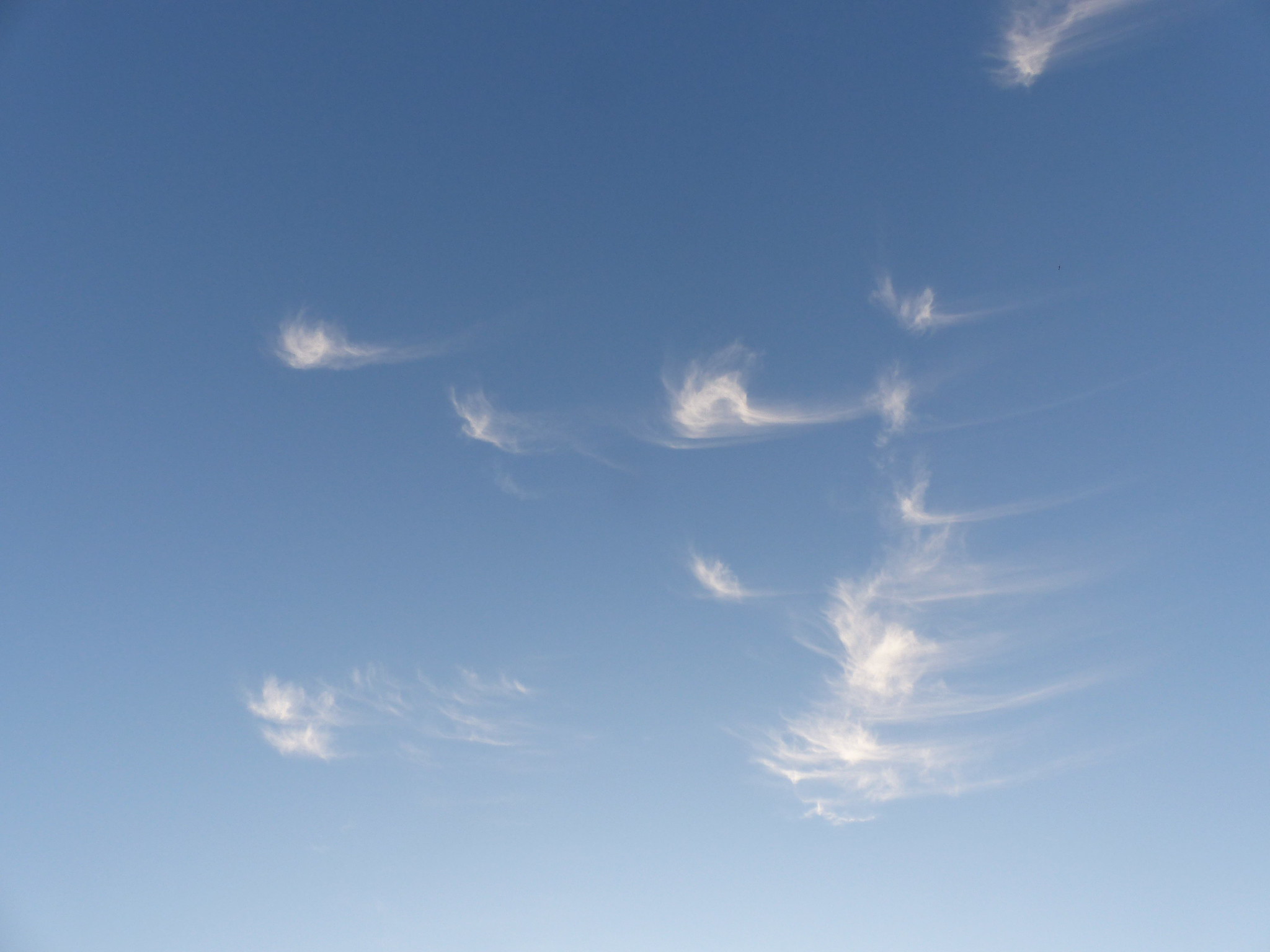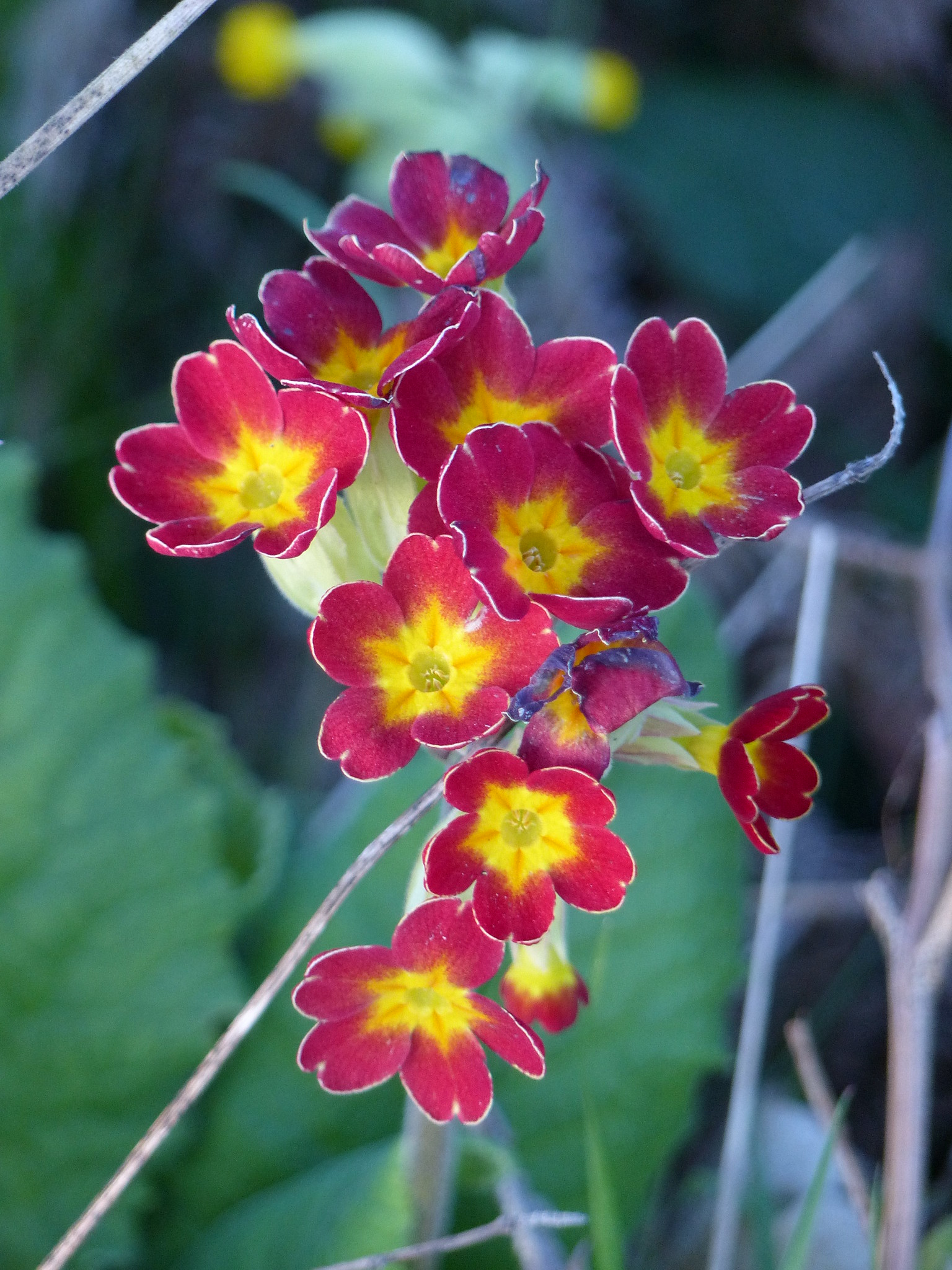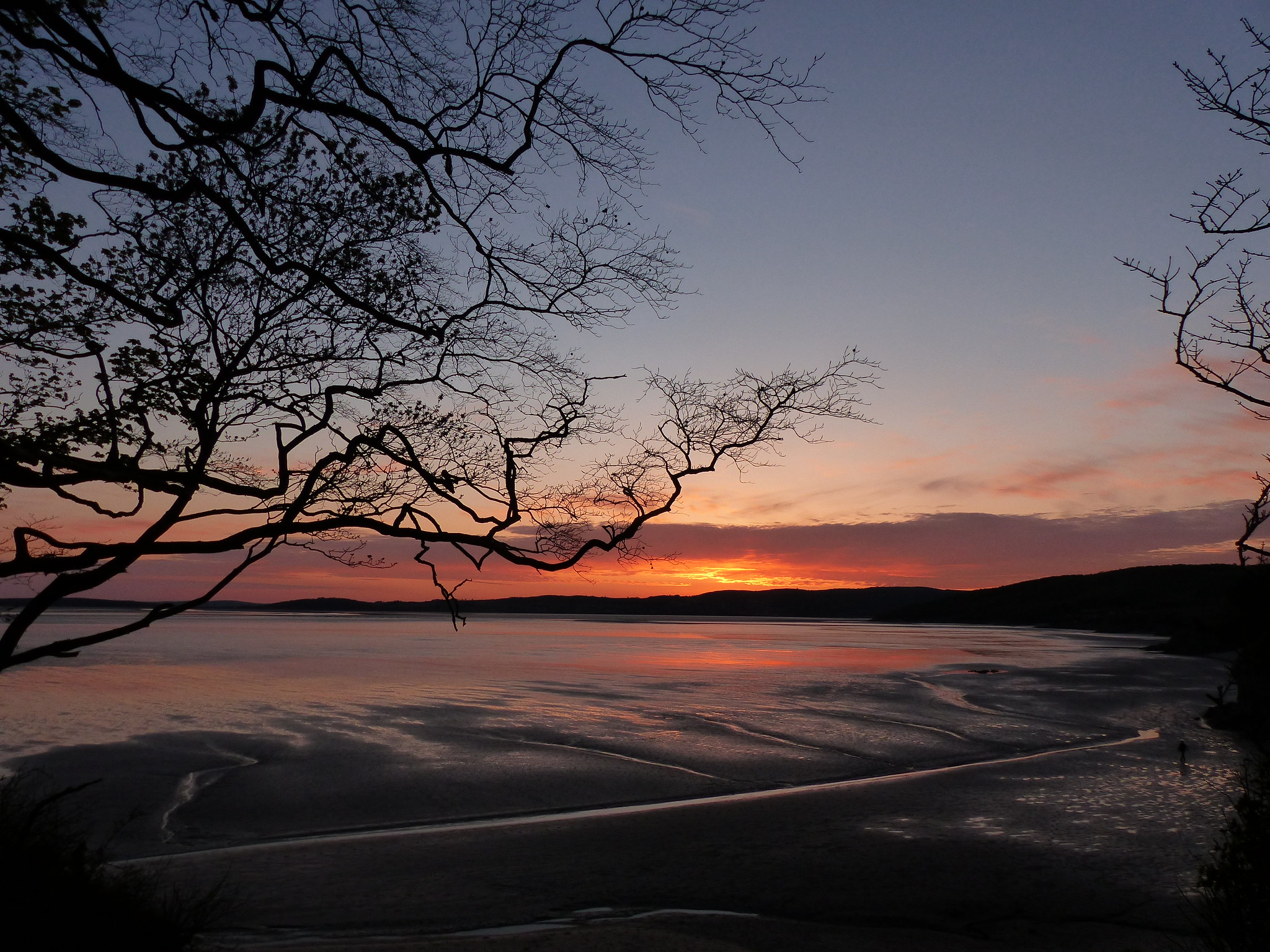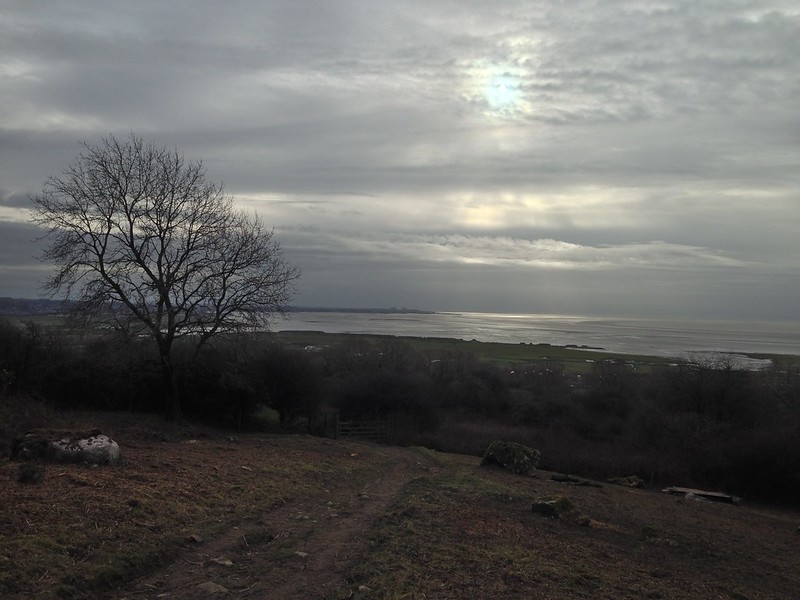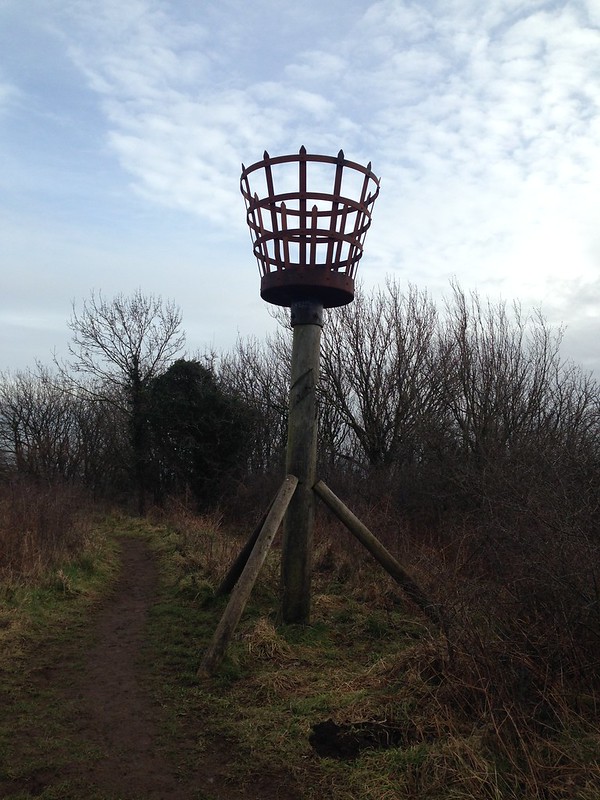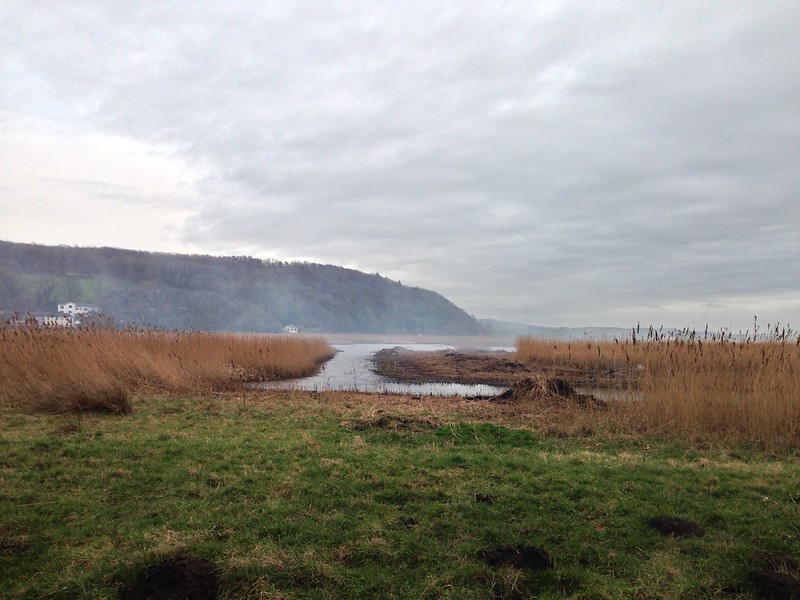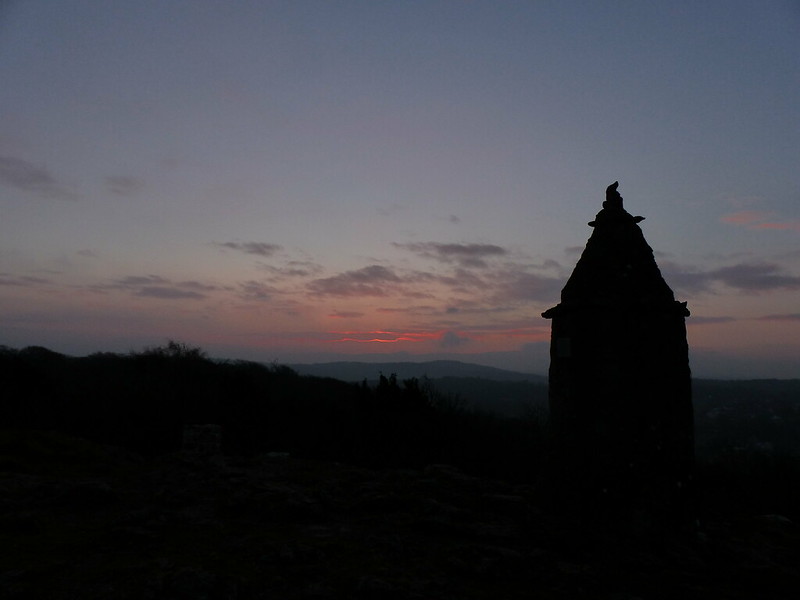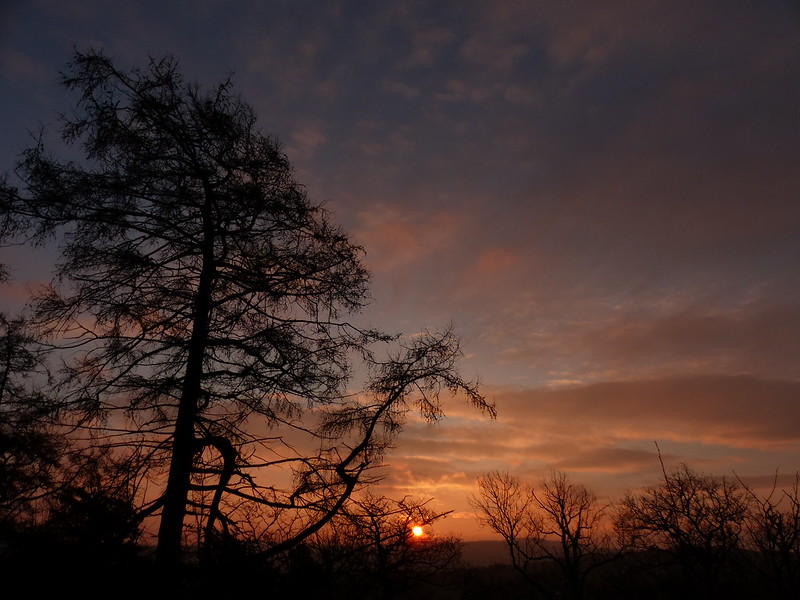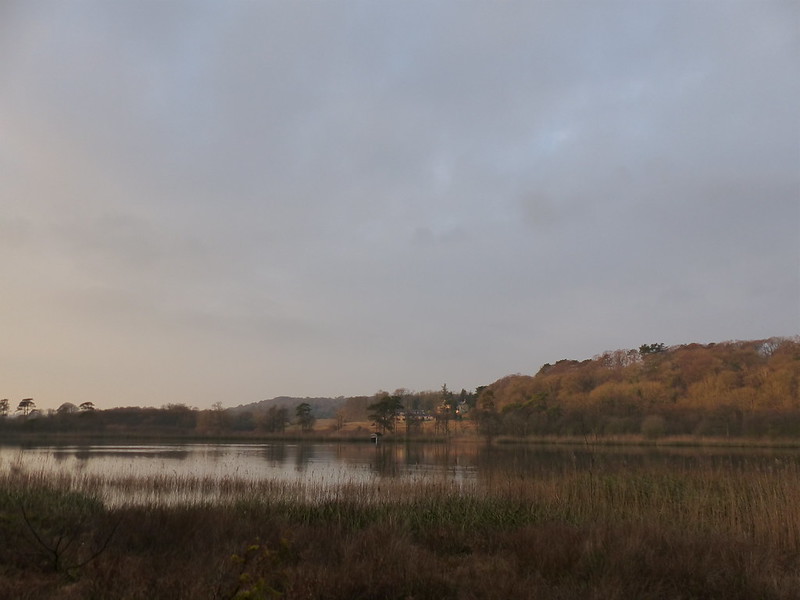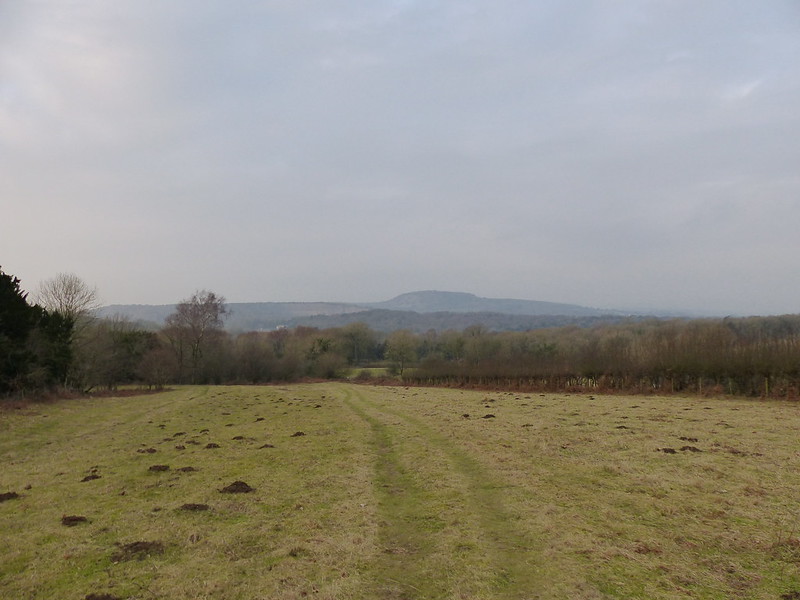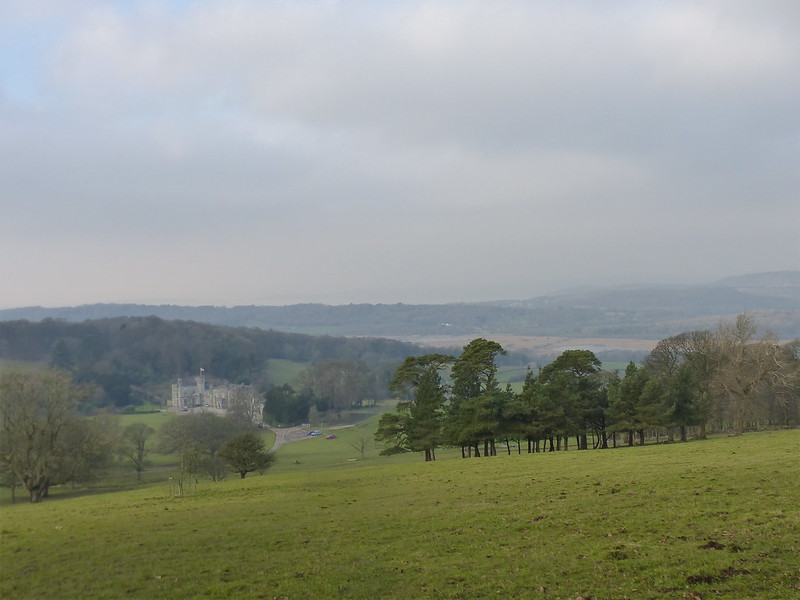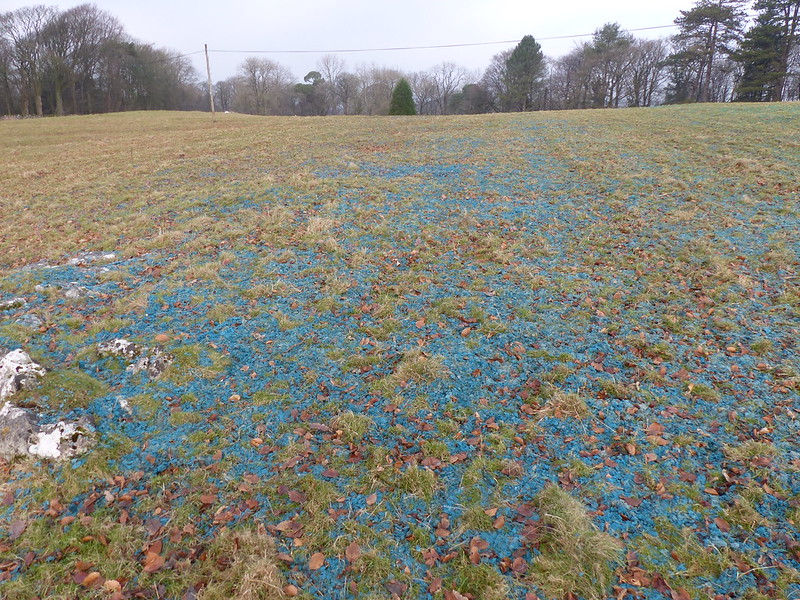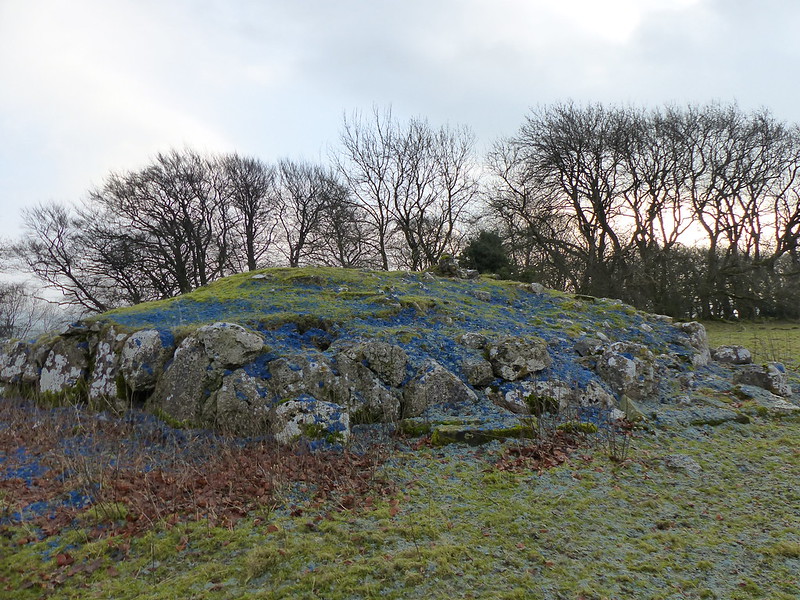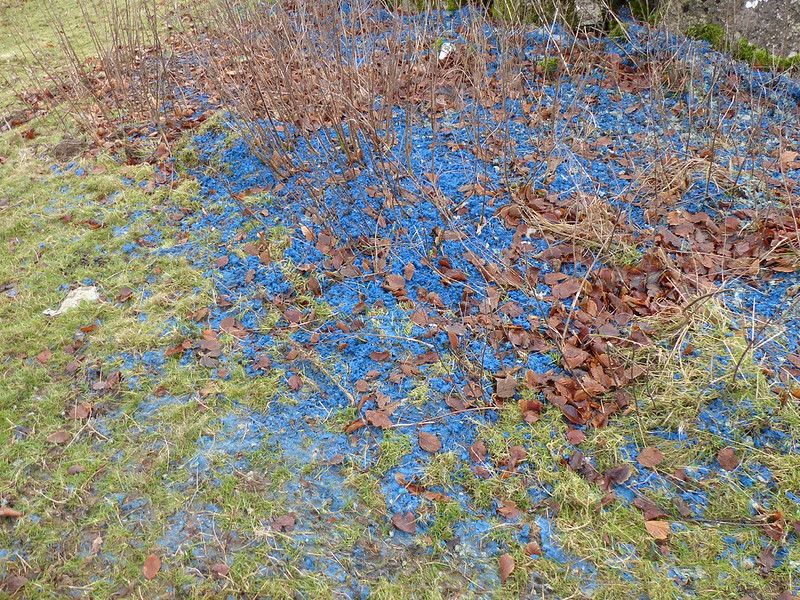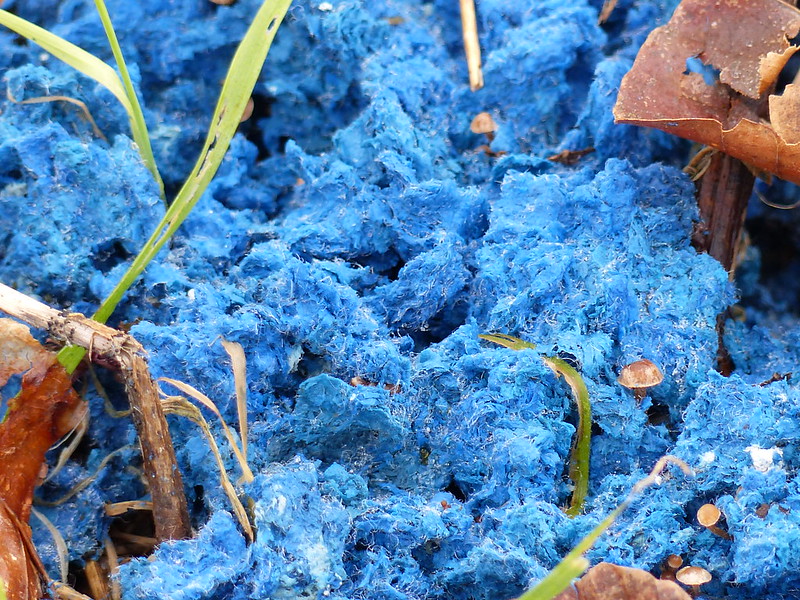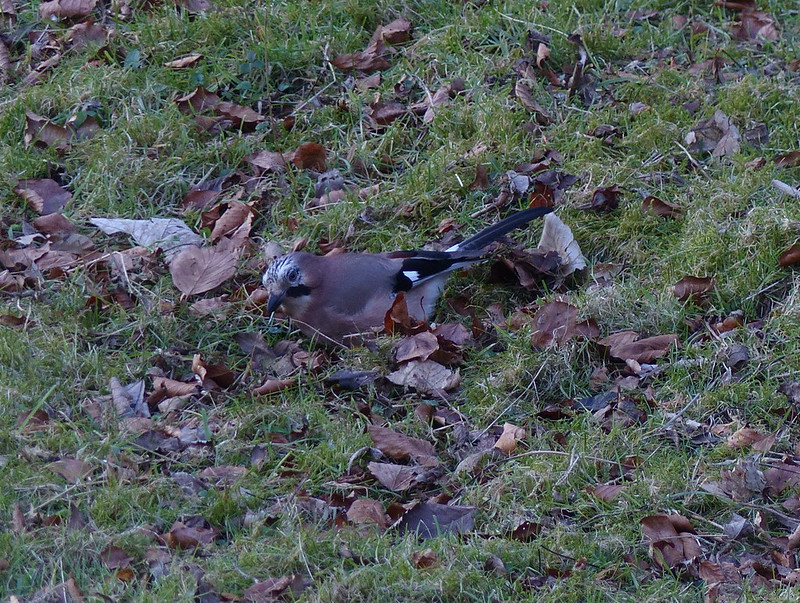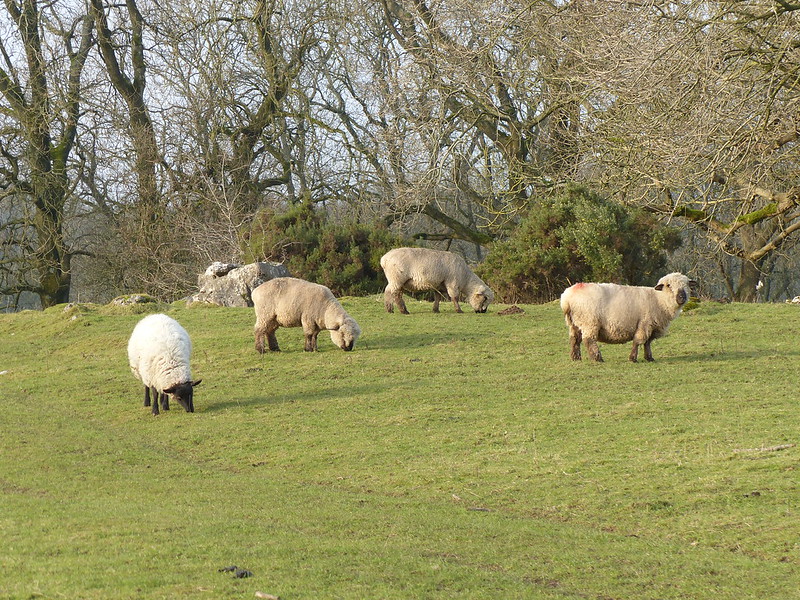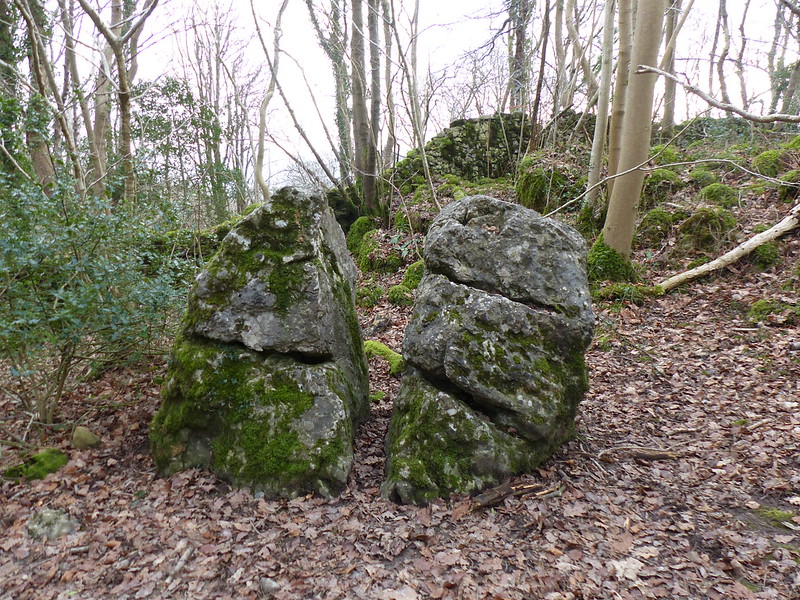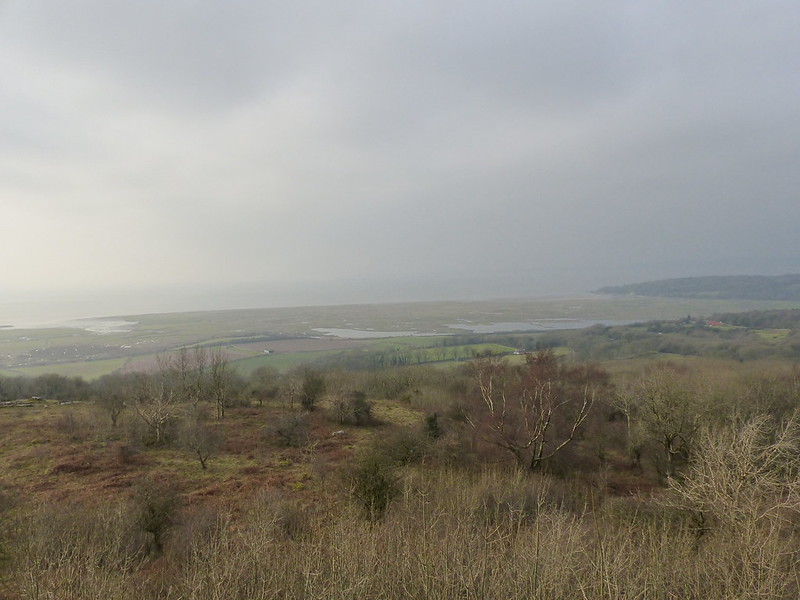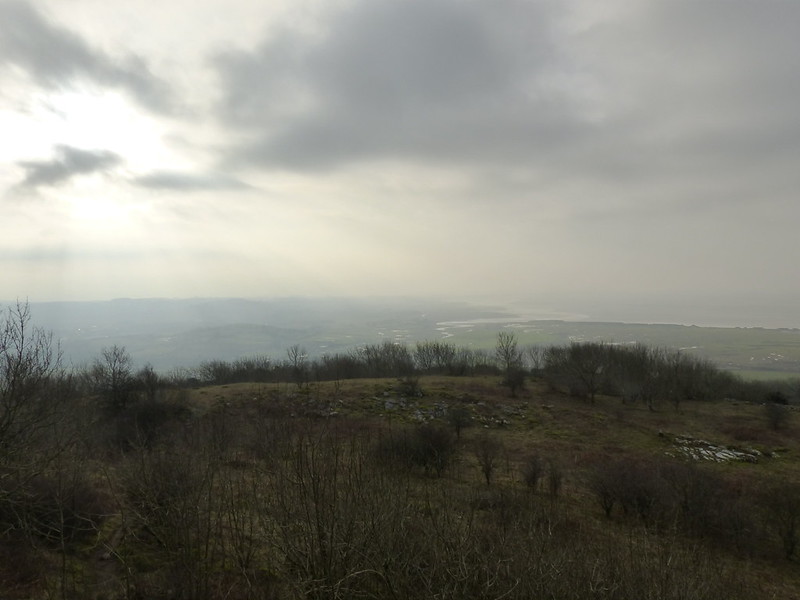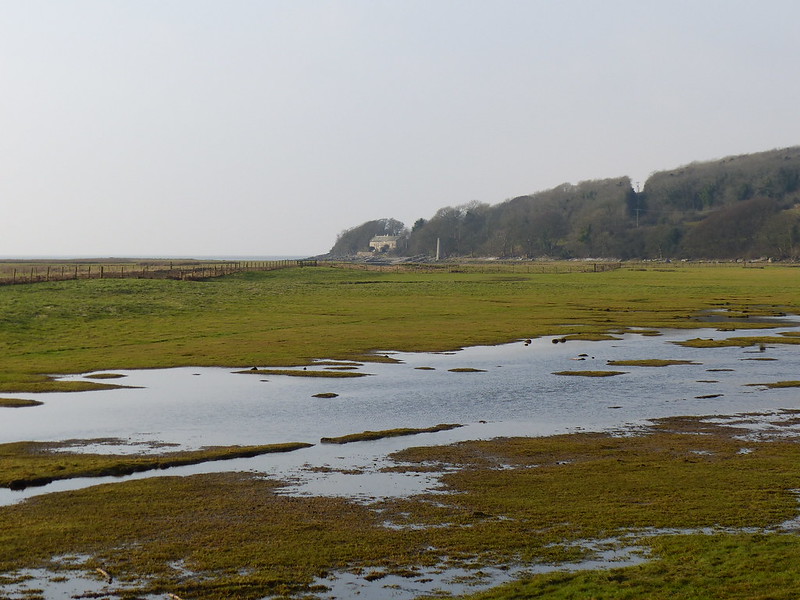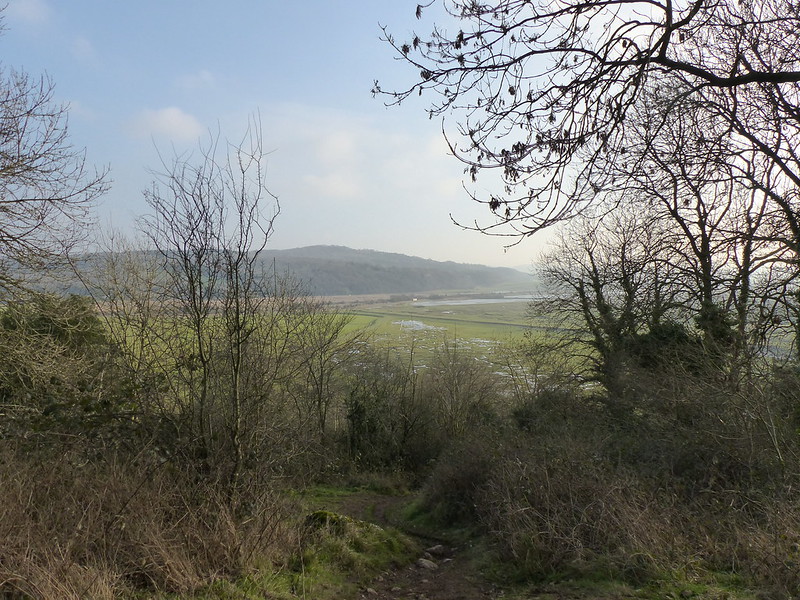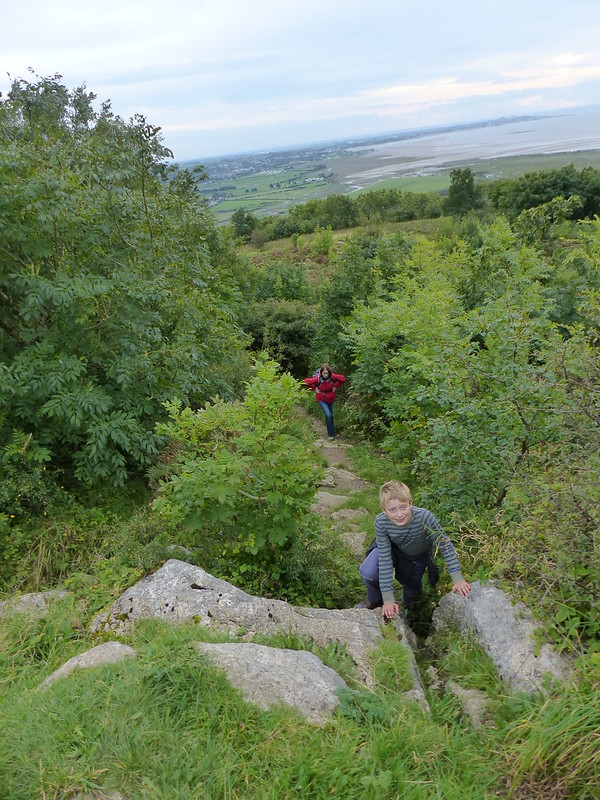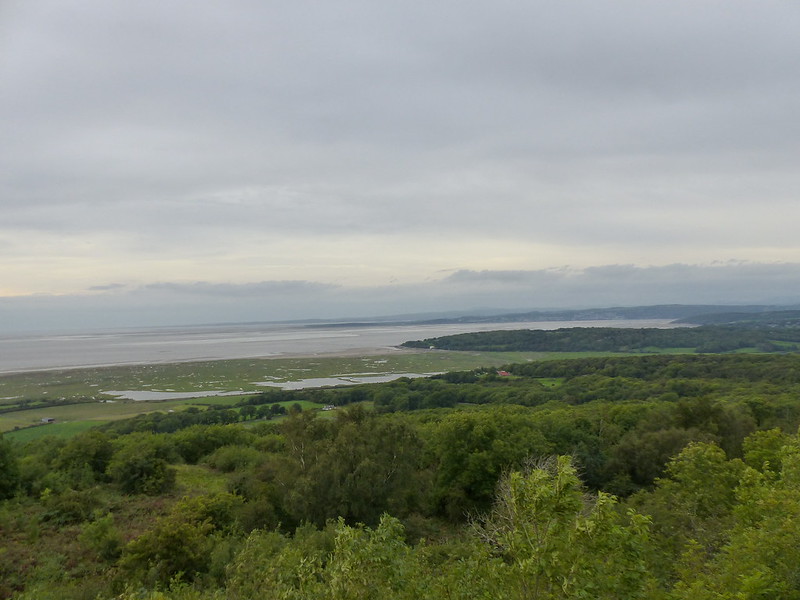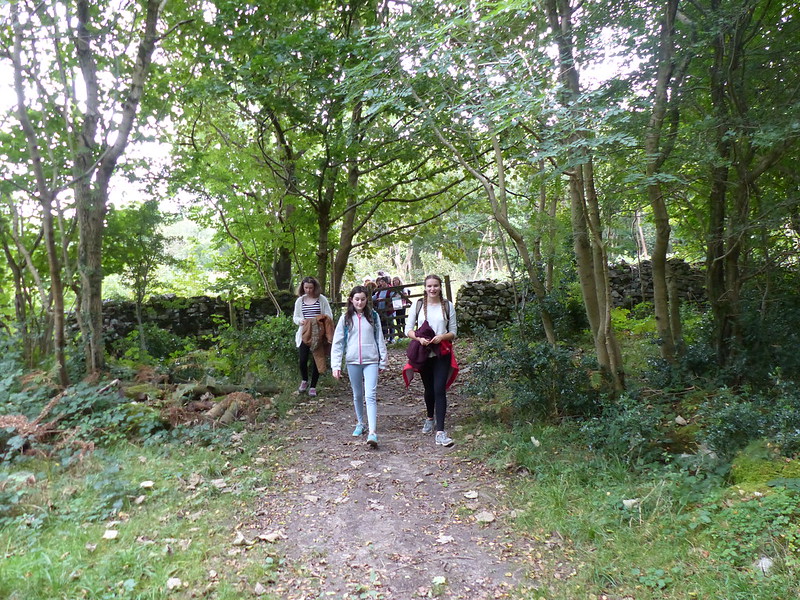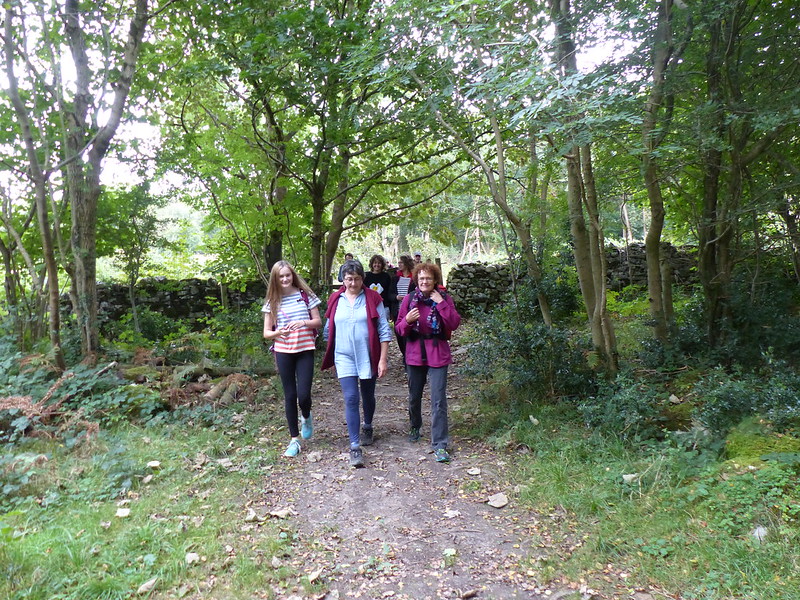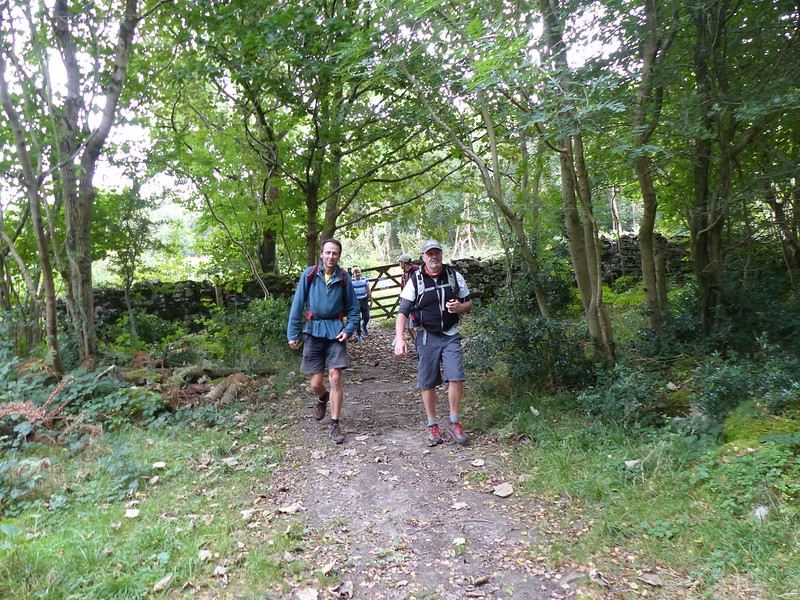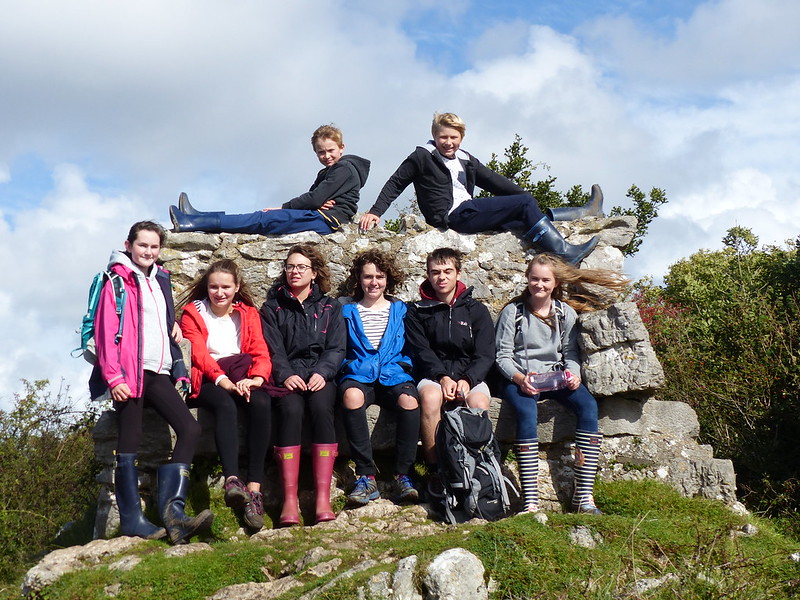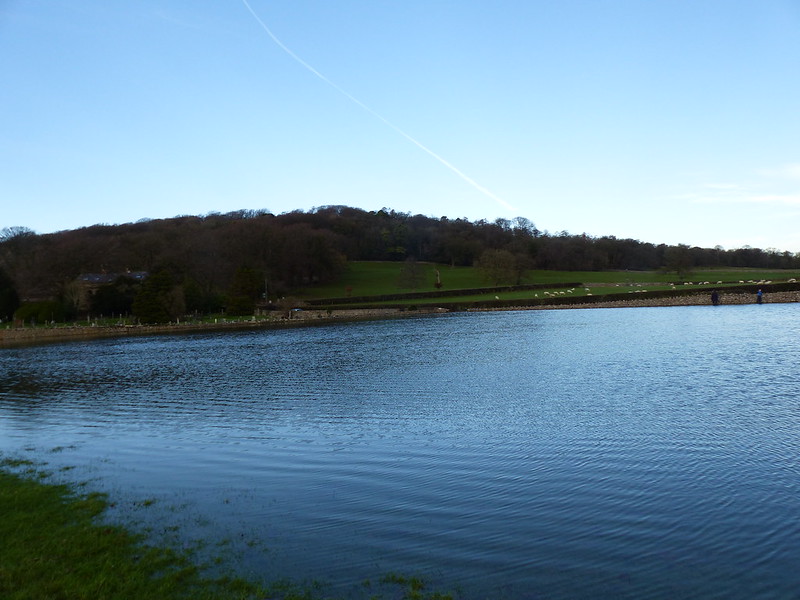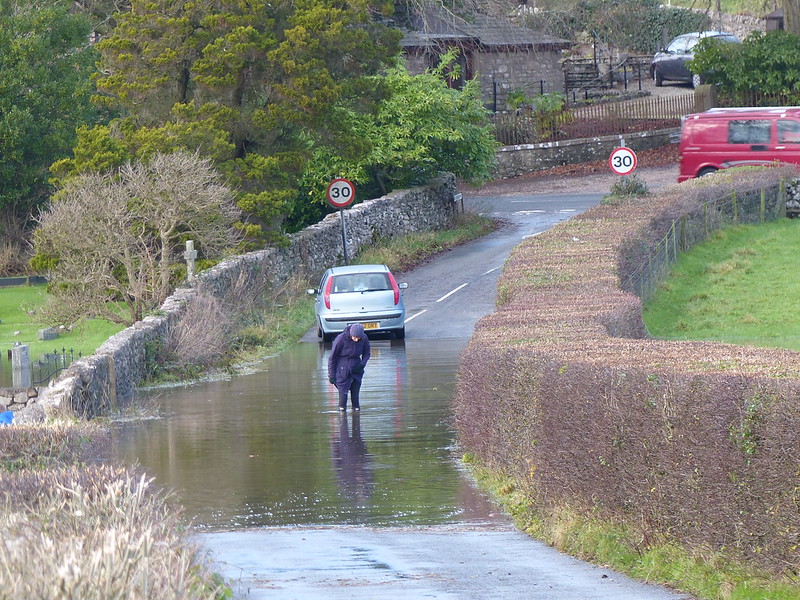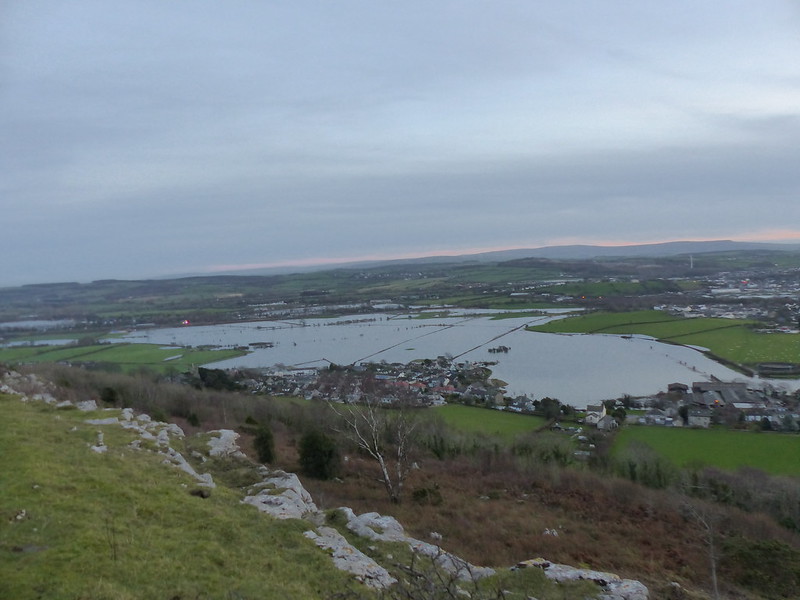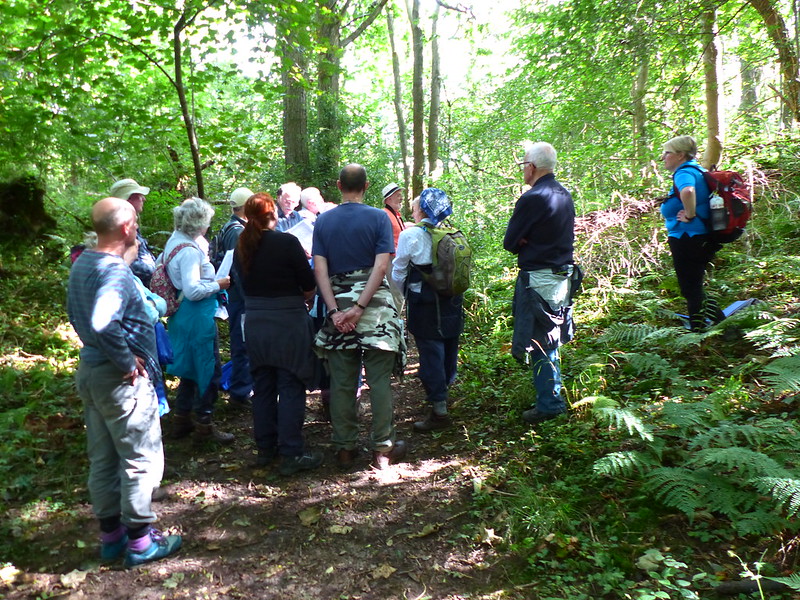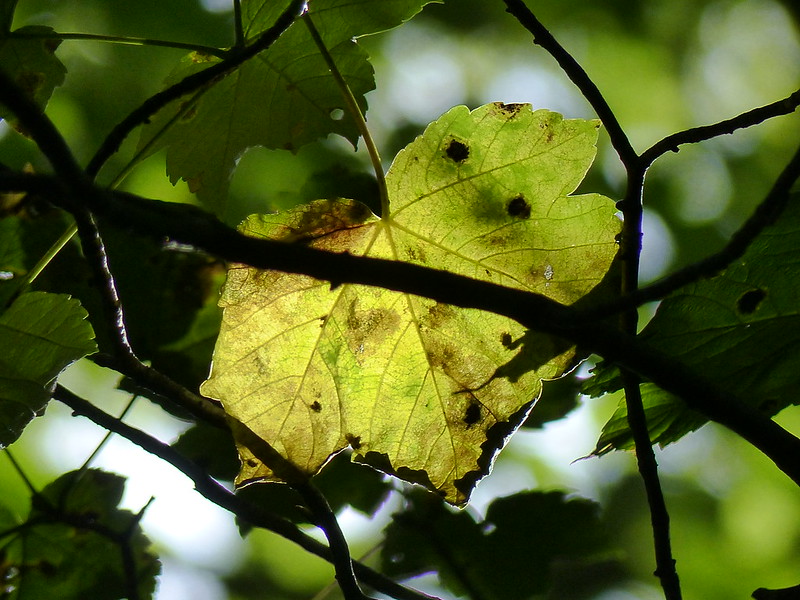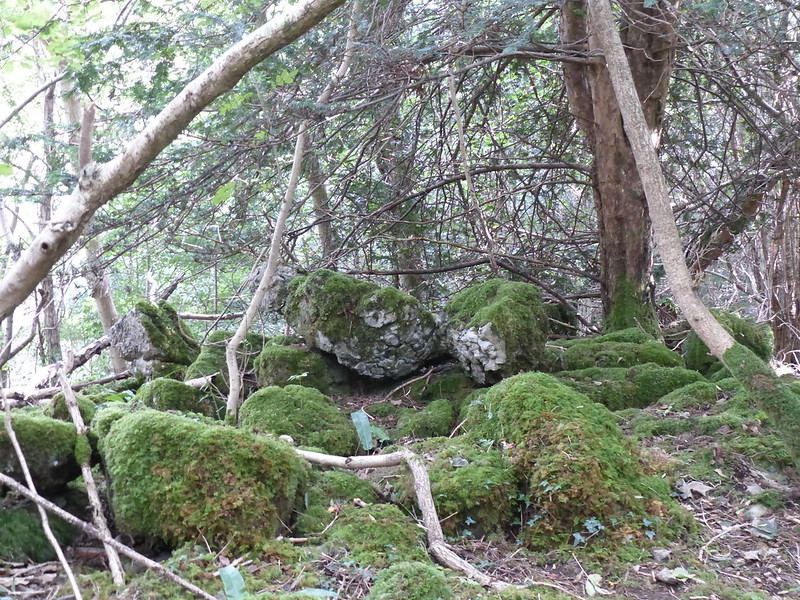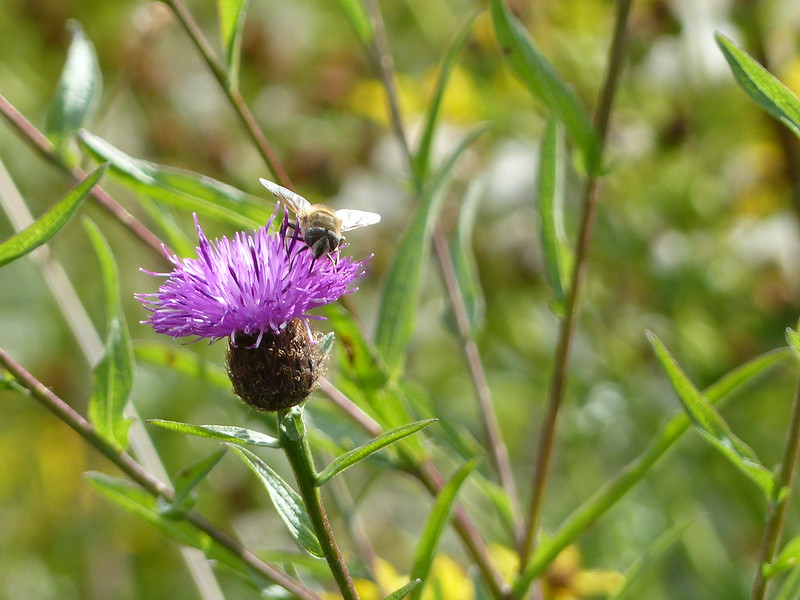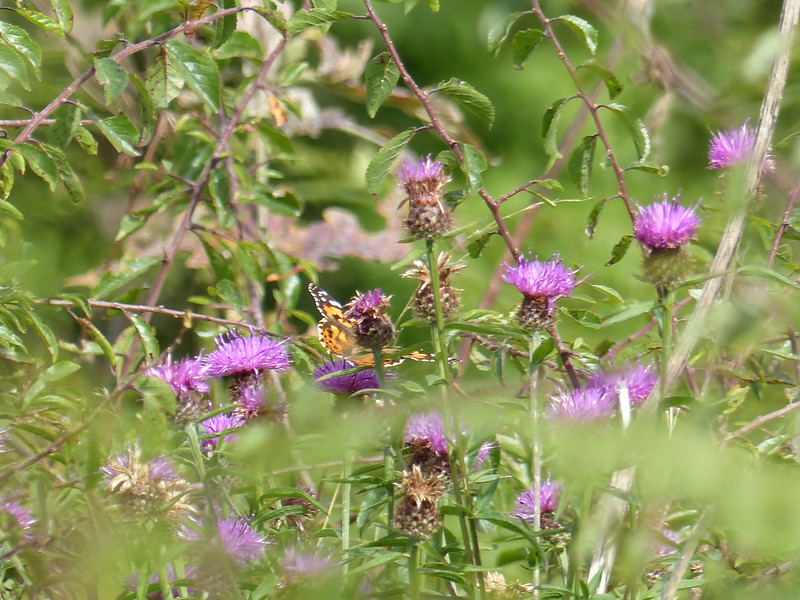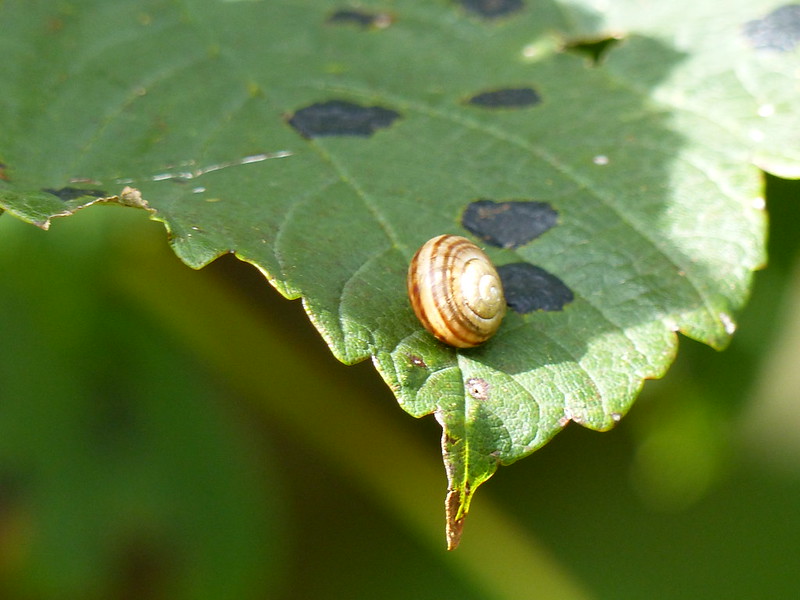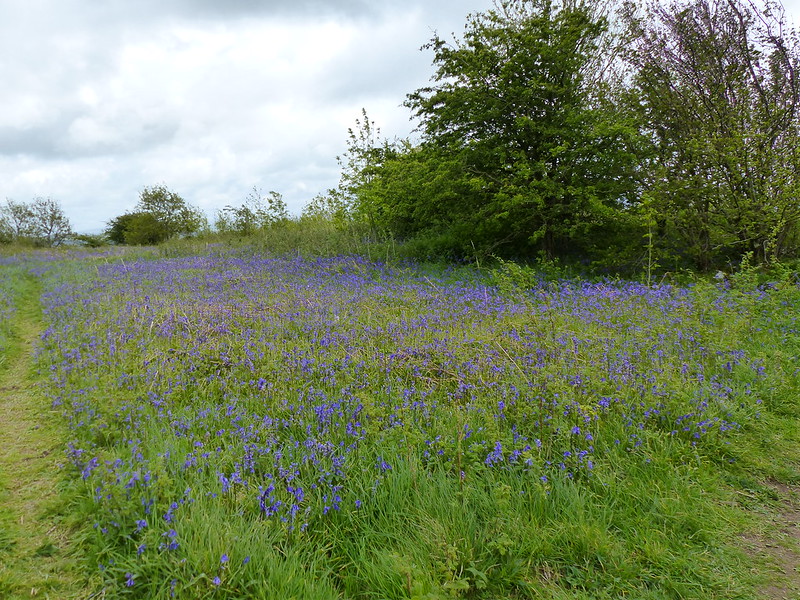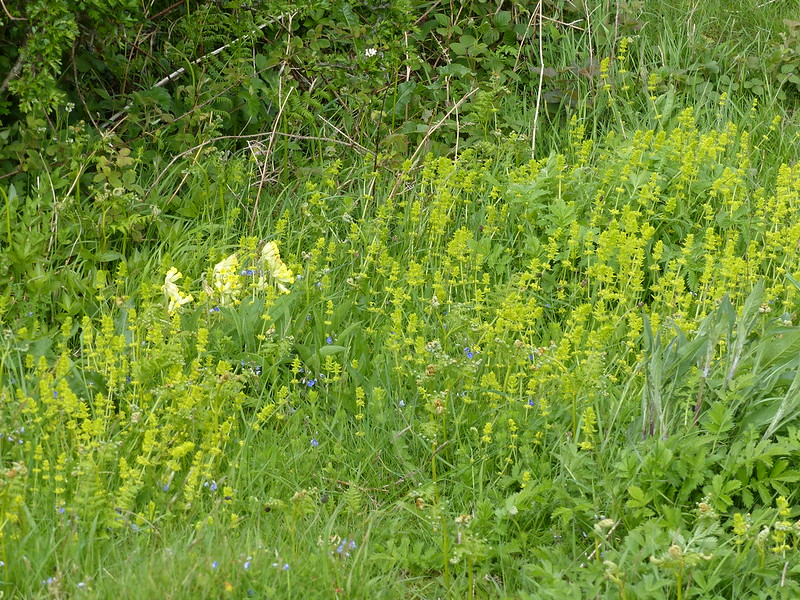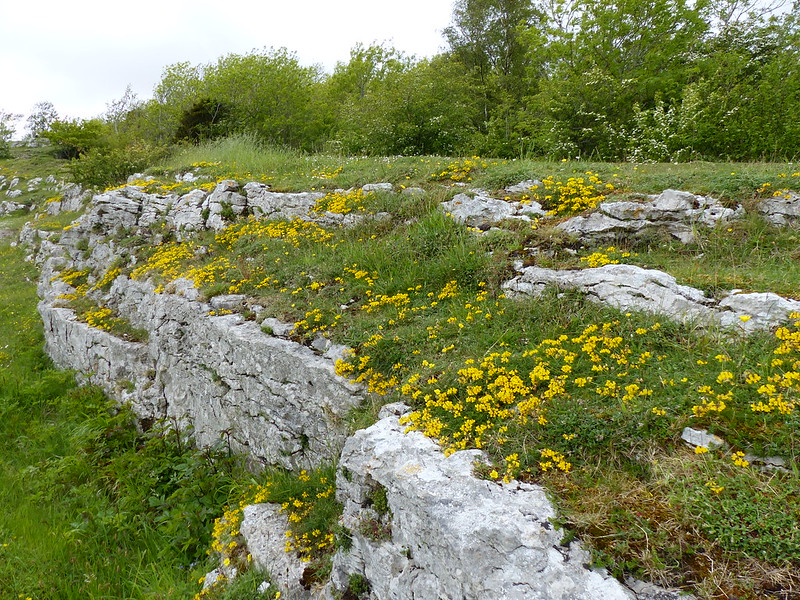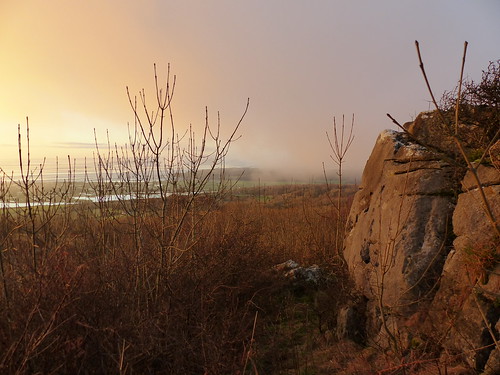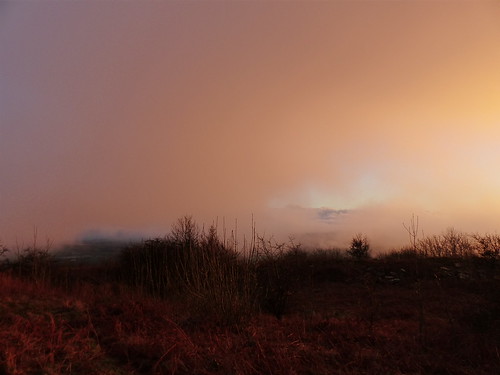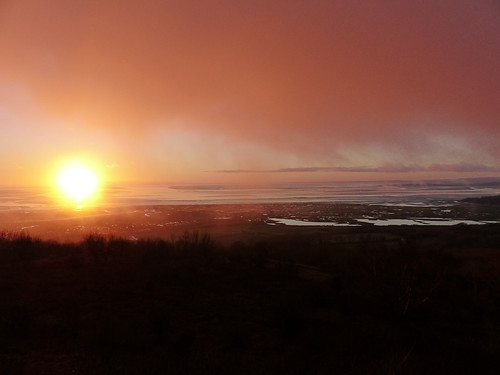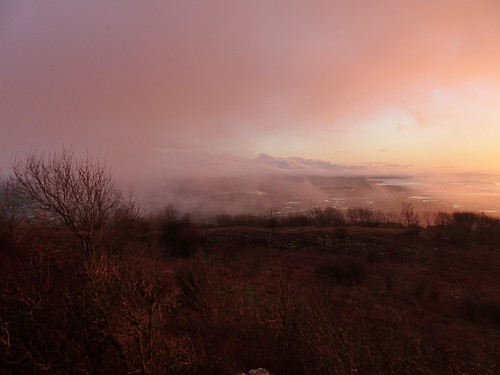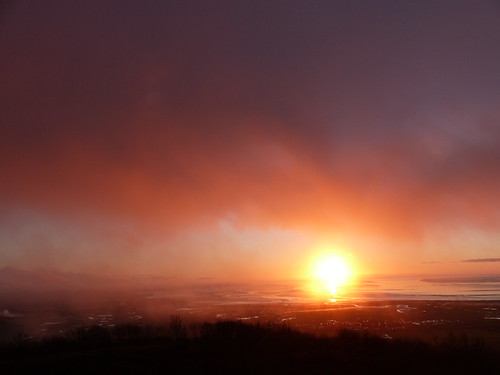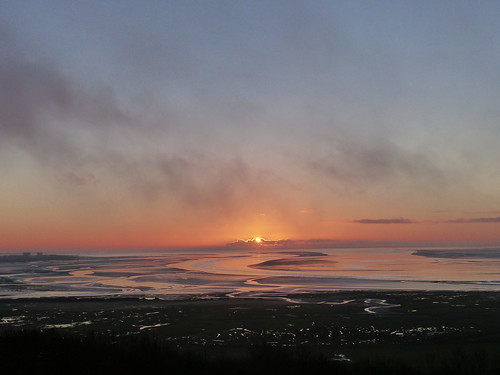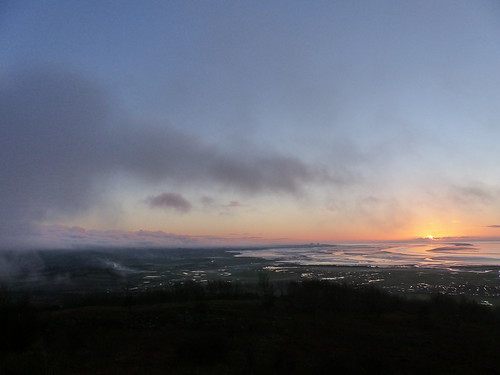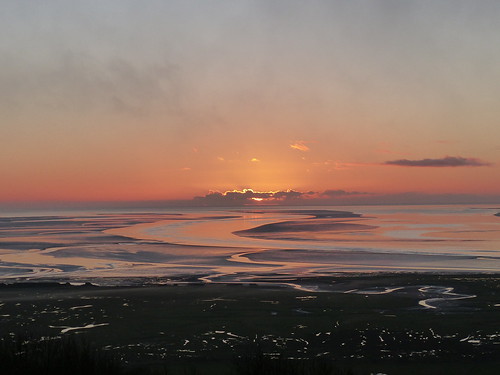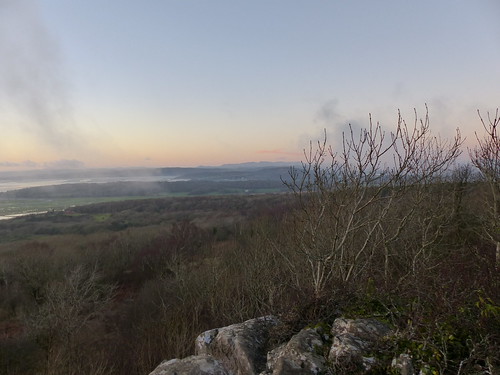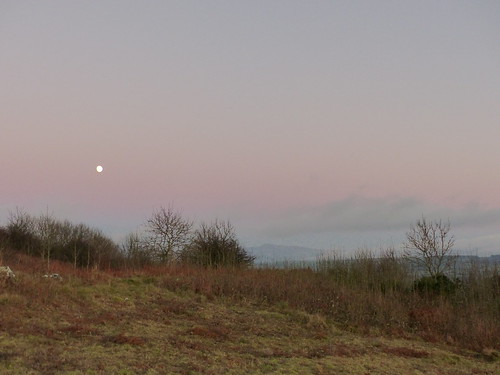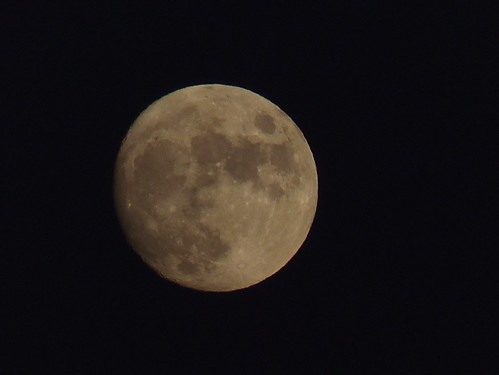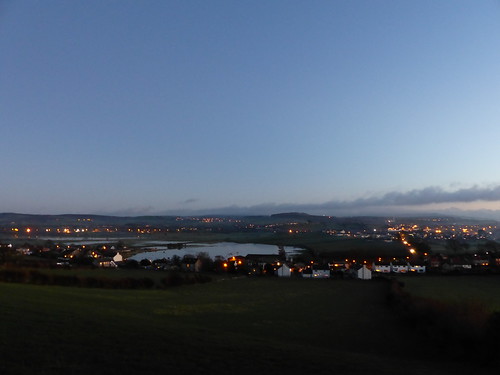
Another Whit week local walk. TBH gave me a lift to the large quarry on Warton Crag. I hoped to spot the Peregrine Falcons which were nesting there. I didn’t. But I sat in the sunshine and happily watched the multitude of Jackdaws which were also nesting there.
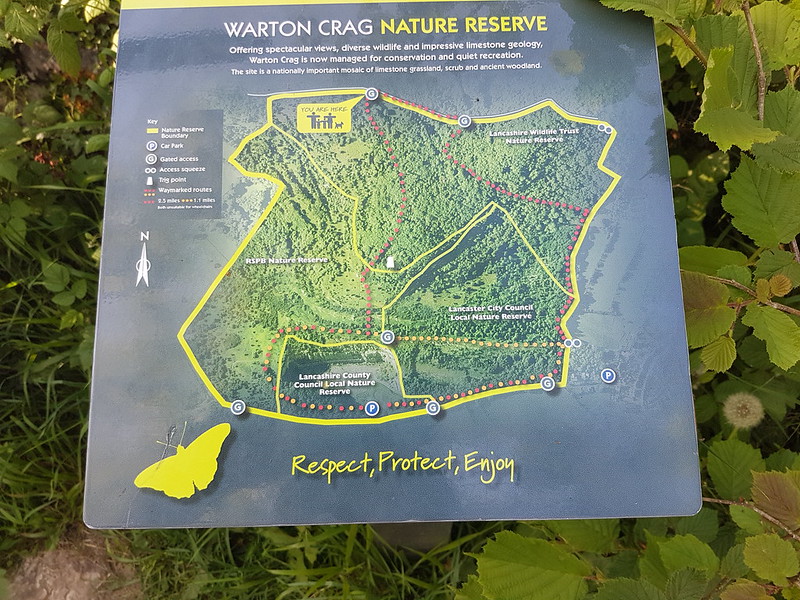
When I eventually dragged myself away, I followed the path westward anti-clockwise around the quarry and up to the trig pillar on the top, then on the red path shown on the map to Occupation Road (where it says ‘You Are Here’ on the map) where I turned westwards along the track towards the Crag Road.
Which very brief description glosses over a whole host of stops and distractions.

This little band of Ravens, of which I’m sure there were, at least to begin with, four members, were chatting away very volubly, as Ravens often seem to do, and put me in mind of the Scouse vultures in Disney’s version of the Jungle Book.
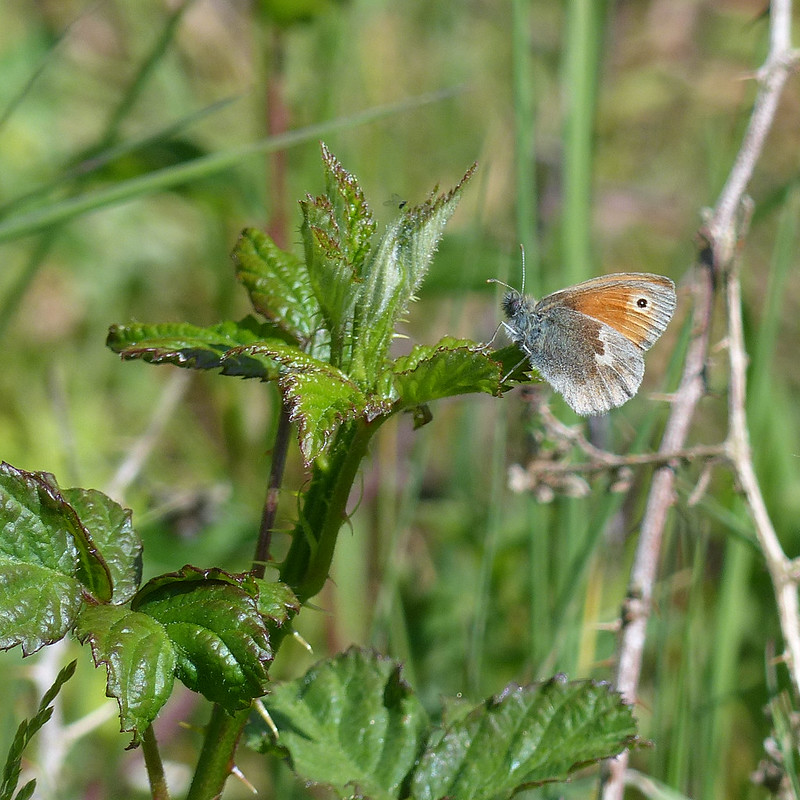



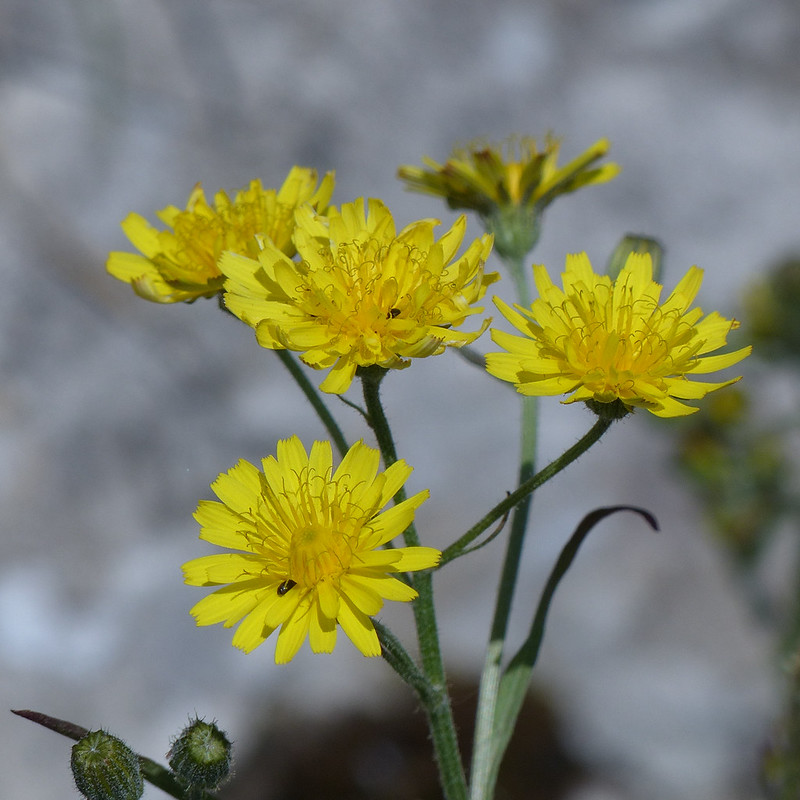
Another Hawkweed, or Hawksbeard, or Hawkbit. Ostensibly they all have flowers which look quite like Dandelions. On closer inspection, the flowers are often quite striking. (Although ‘quite striking’ – is that an oxymoron?)

There were a pair of Brimstones about, circling each other in flight, but I only managed to photograph the female.

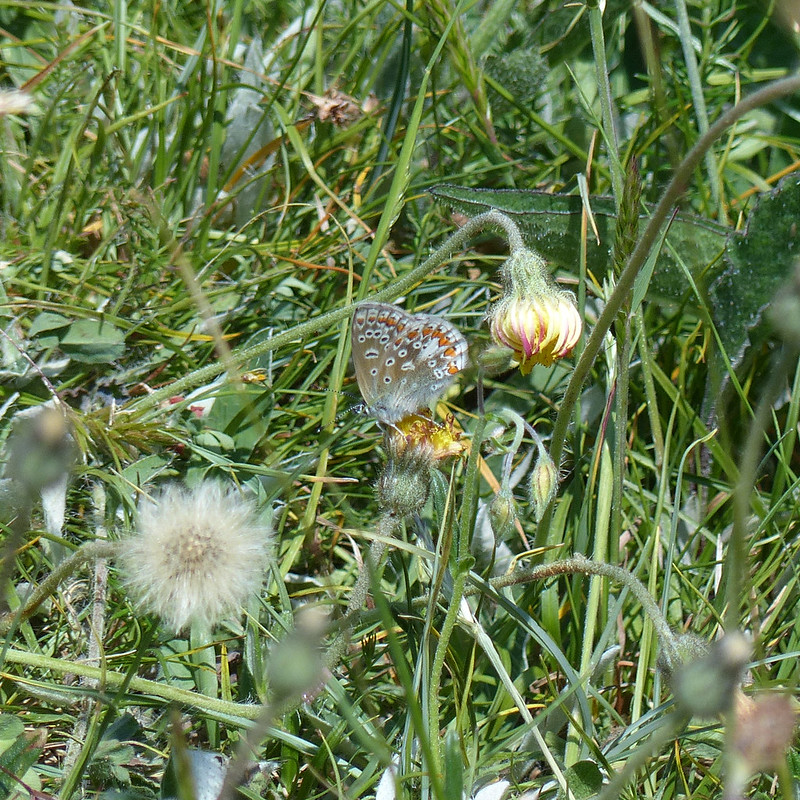
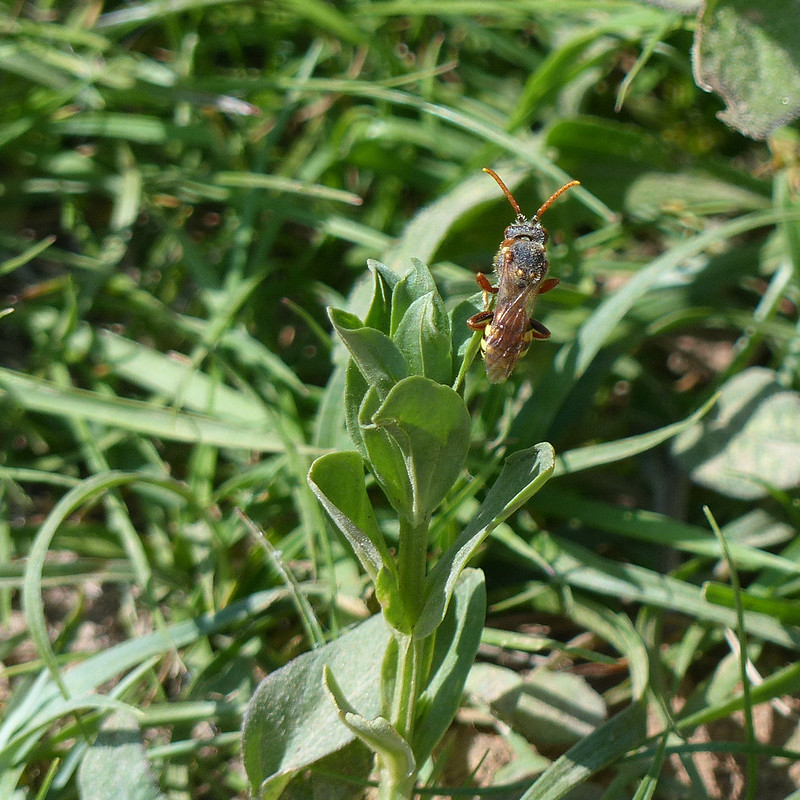
I’m reliably informed that this is a Nomad Bee, and also that it’s nigh on impossible to decide which particular species from a photograph. It was lurking on this very low plant, seemingly not at all phased by my interest, and so probably waiting for a female Mining Bee to emerge from its burrow so that an egg could be laid in there and subsequently raised by the host bee.

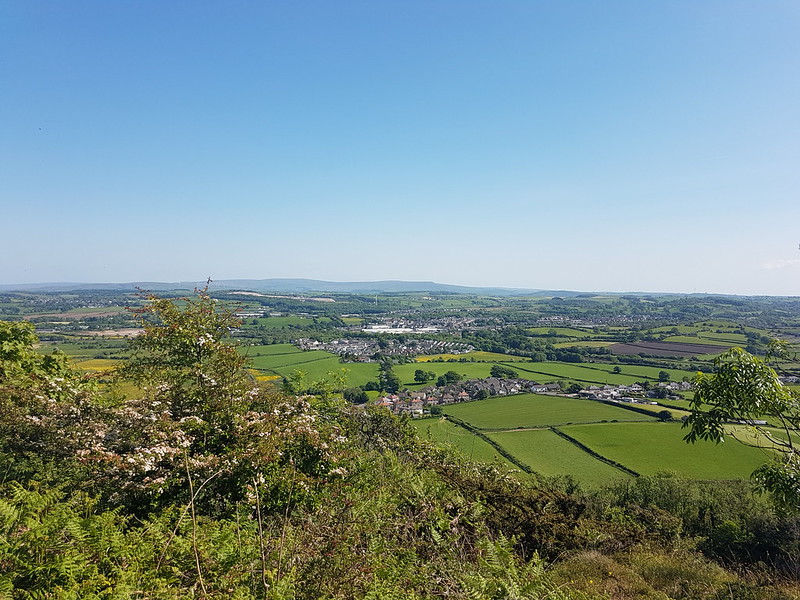
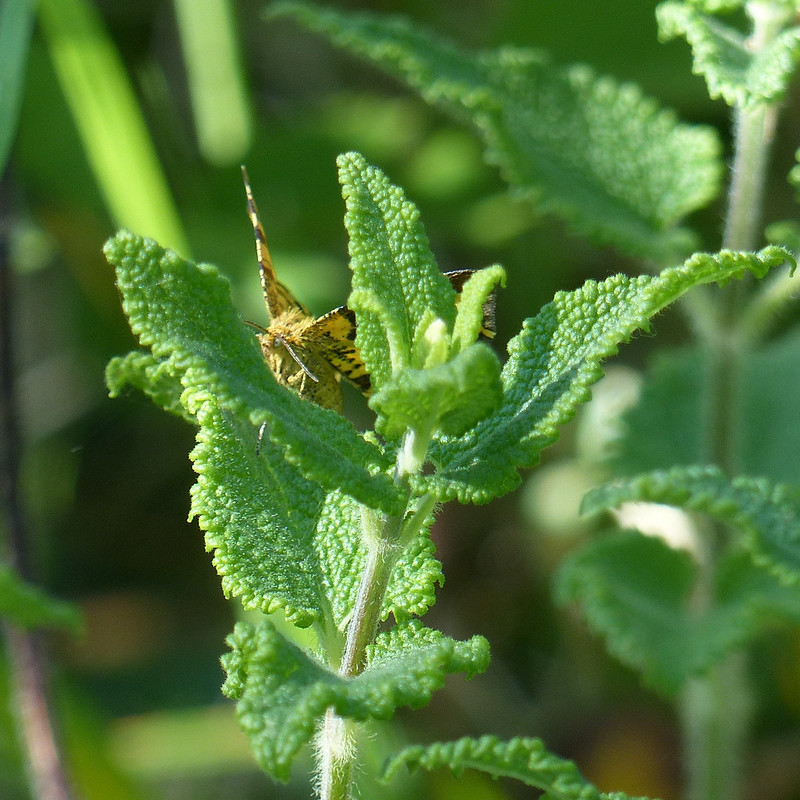

A lovely moth, the Speckled Yellow, hopefully I’ll get a clearer view for a photo next time I see one.

I hardly seem to have seen any Small Tortoiseshells this summer, which is a shame.


Just off the top of the crags in a tall thicket of brambles there were loads of bees, mostly Honey Bees. I took lots of photographs, but bees never seem to stop moving, and because bramble flowers often droop over, many were in shade when I tried to capture them, so I didn’t have much success.
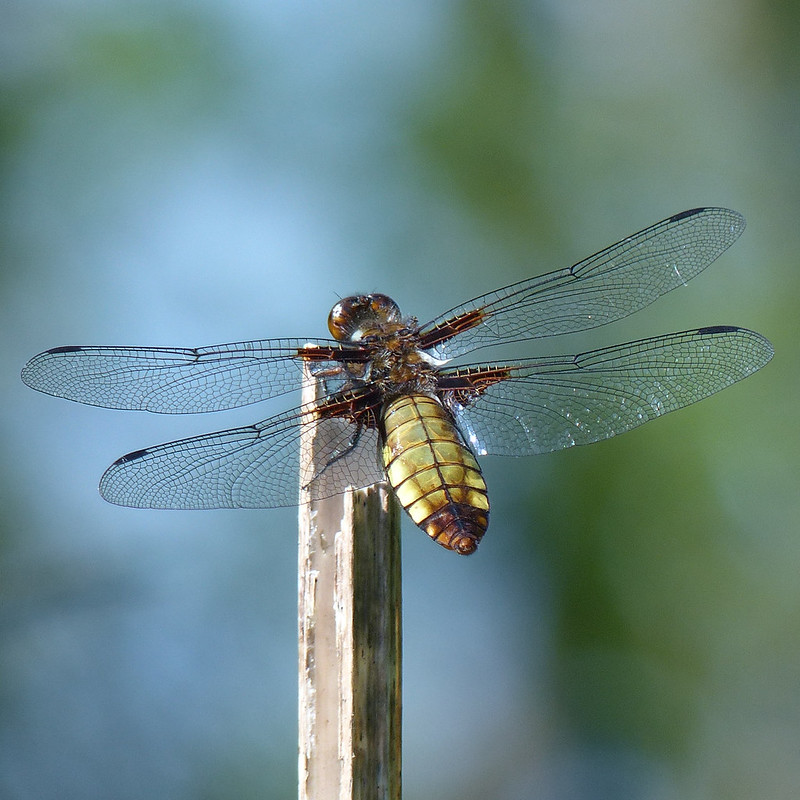
This dragonfly was much more cooperative, repeatedly returning to the same perch and giving me lots of good opportunities to take photos.


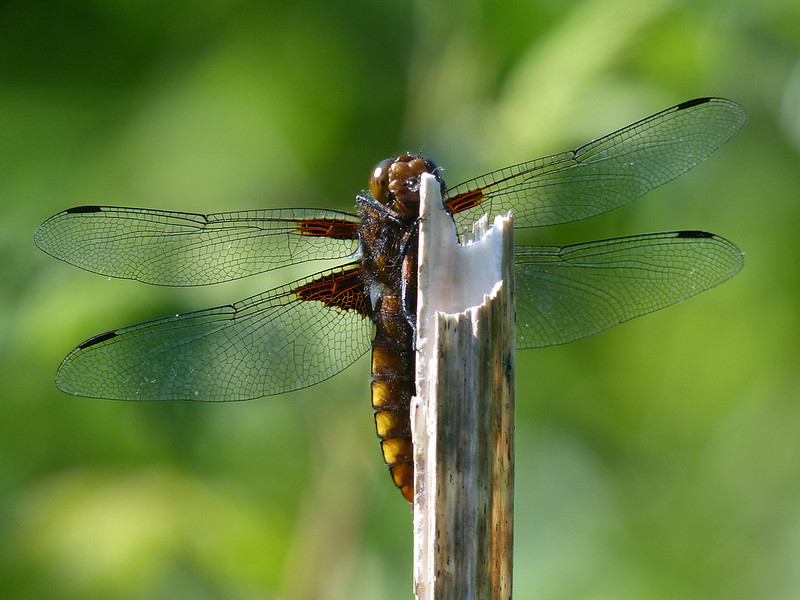
As you’ll see, I photographed three different Broad-bodied Chasers during this walk, all female. Where were the males? I did begin to wonder whether the females perch in prominent spots like this precisely to attract a potential mate, which might be why I have so many more photos, over the years, of females than of males?
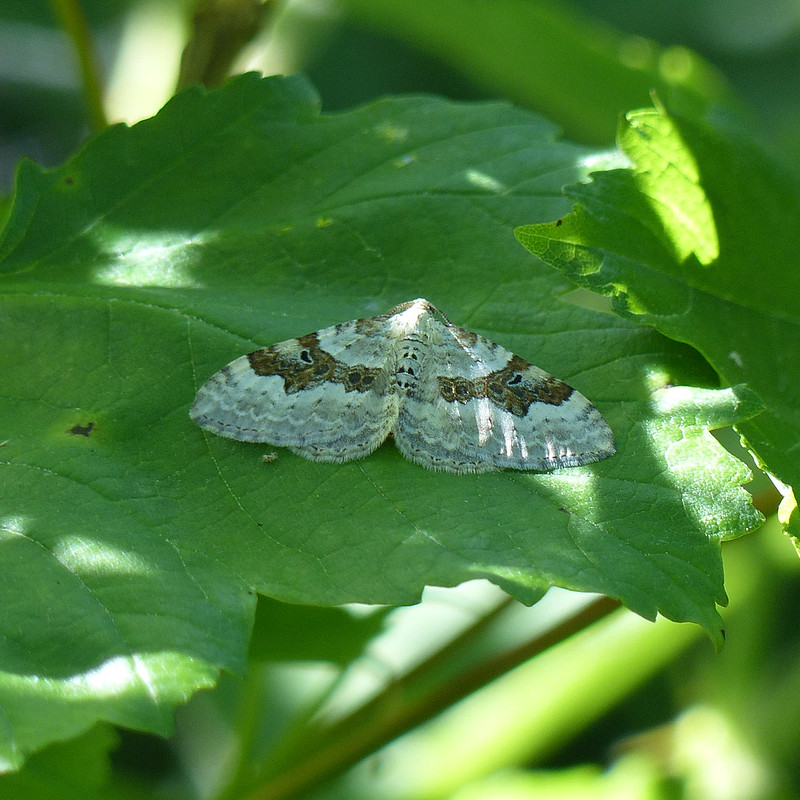
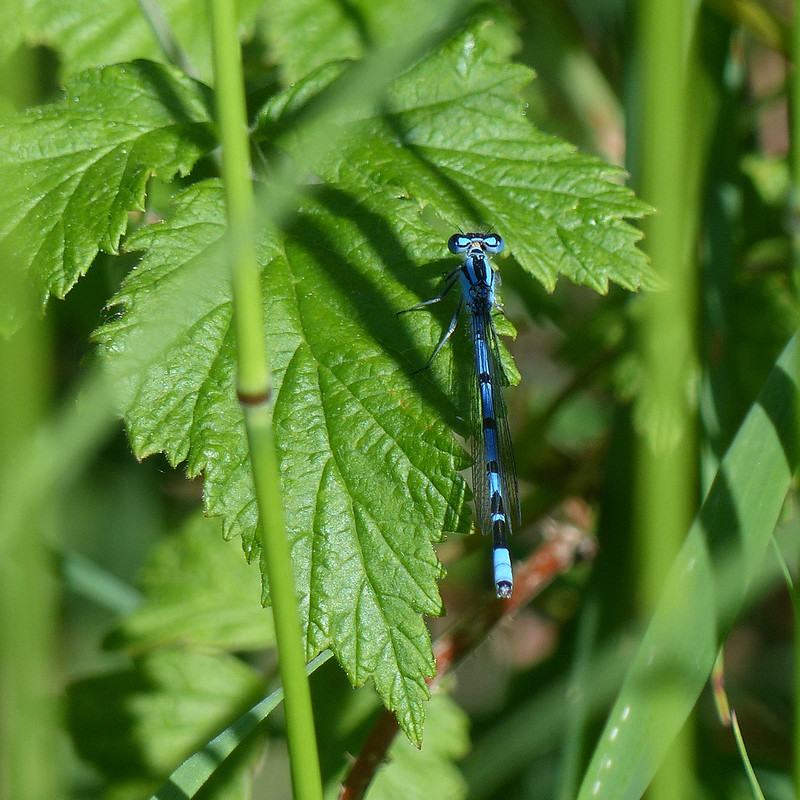

I was initially very excited about this very dark bodied bee-fly; I knew that there are a couple of species of bee-fly, relatively new to Britain, which are predominantly black and wondered whether I had stumbled on something fairly rare. With hindsight, the dark-edged wing is characteristically that of a Dark-edged Bee-fly. Apparently, as they age they can lose their golden fur. Still, first time I’ve seen one feeding on Germander Speedwell.
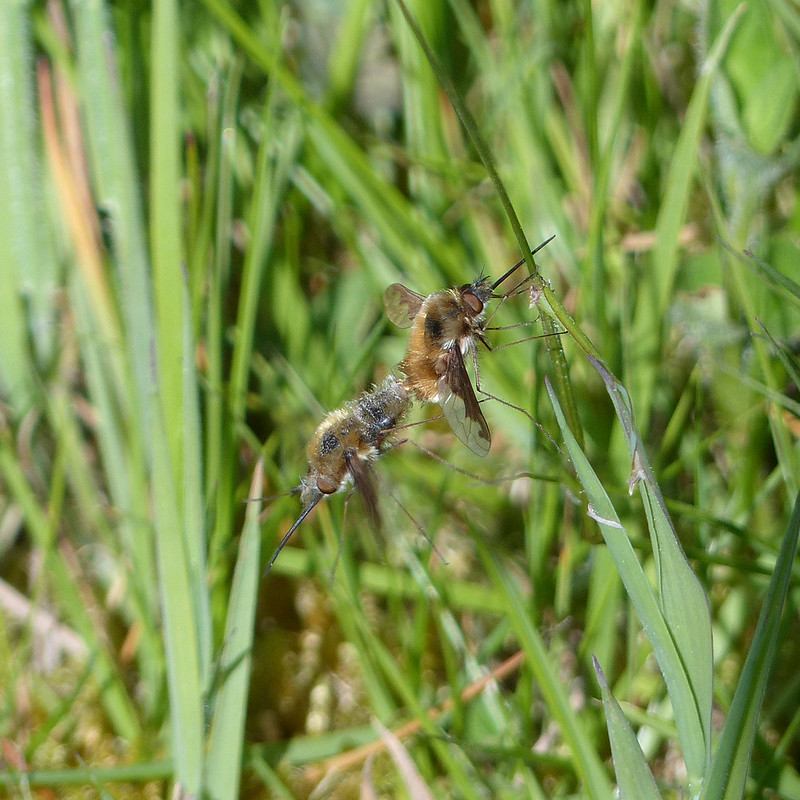
These two also seem to have lost a little fur.
I’m always amazed to watch mating insects flying around whilst still united, as these two were doing.
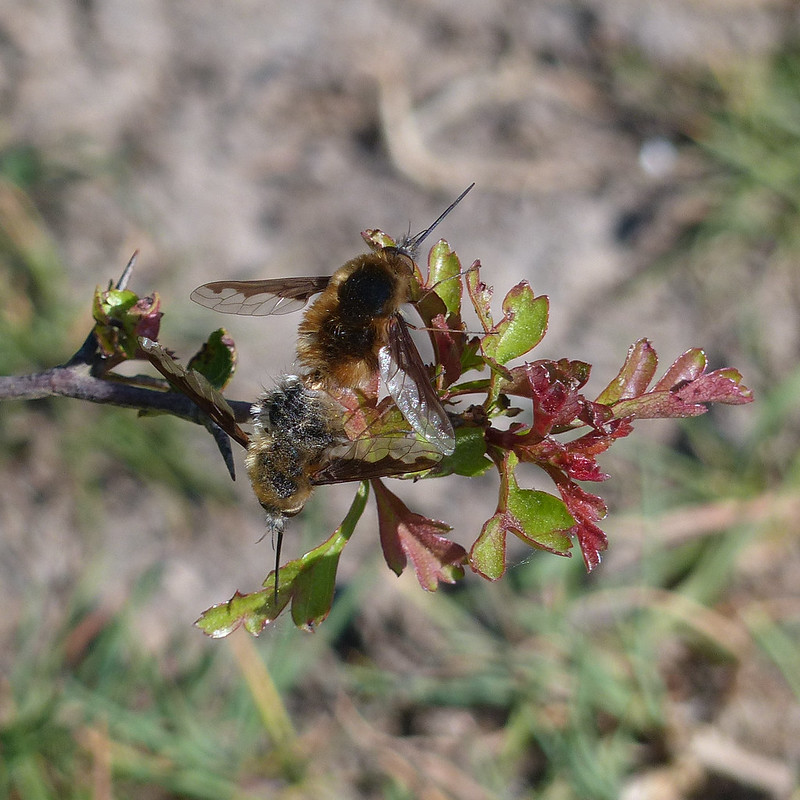
As promised, here’s the second Broad-bodied Chaser…

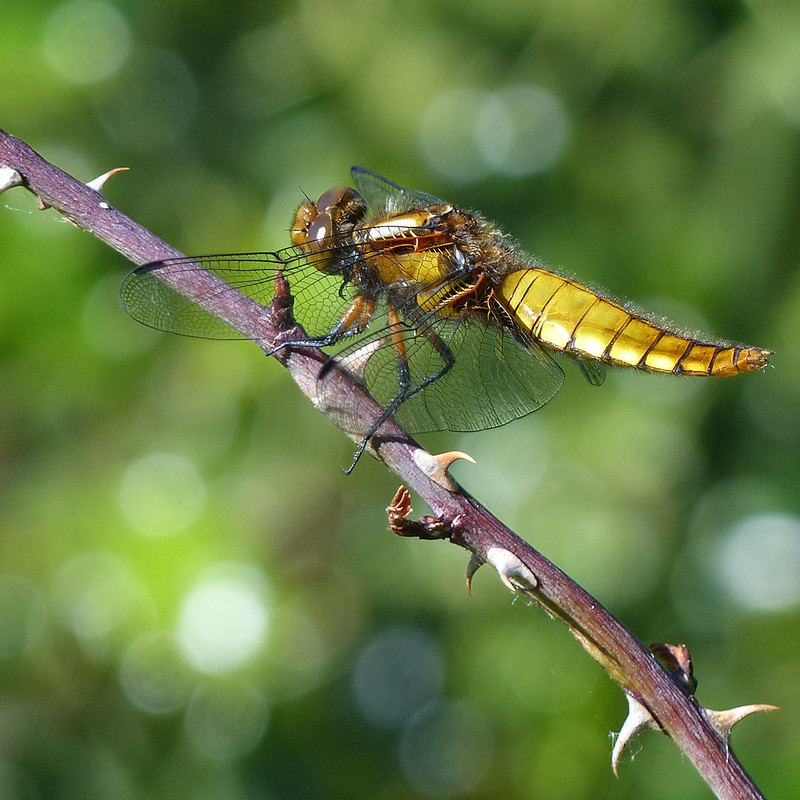
I spotted this, third Broad-bodied Chaser of the day, not too long after the second…
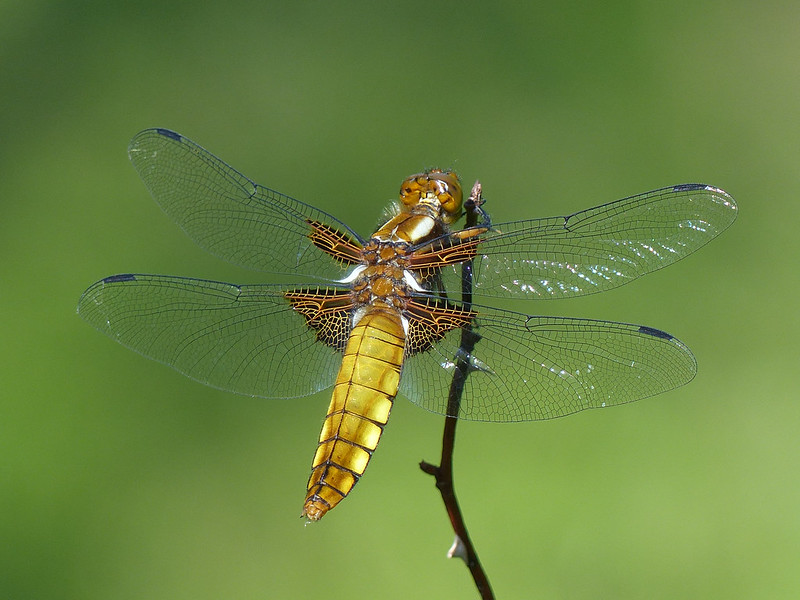

From Occupation Road, I walked down along the Crag Road to Crag Foot and then past Barrow Scout Field where these irises were flowering…
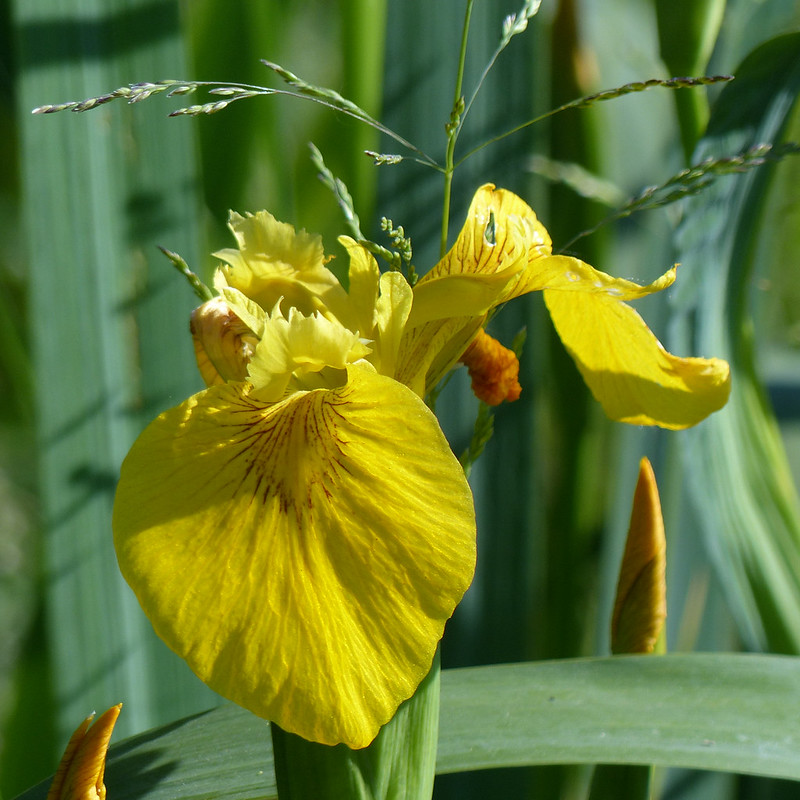
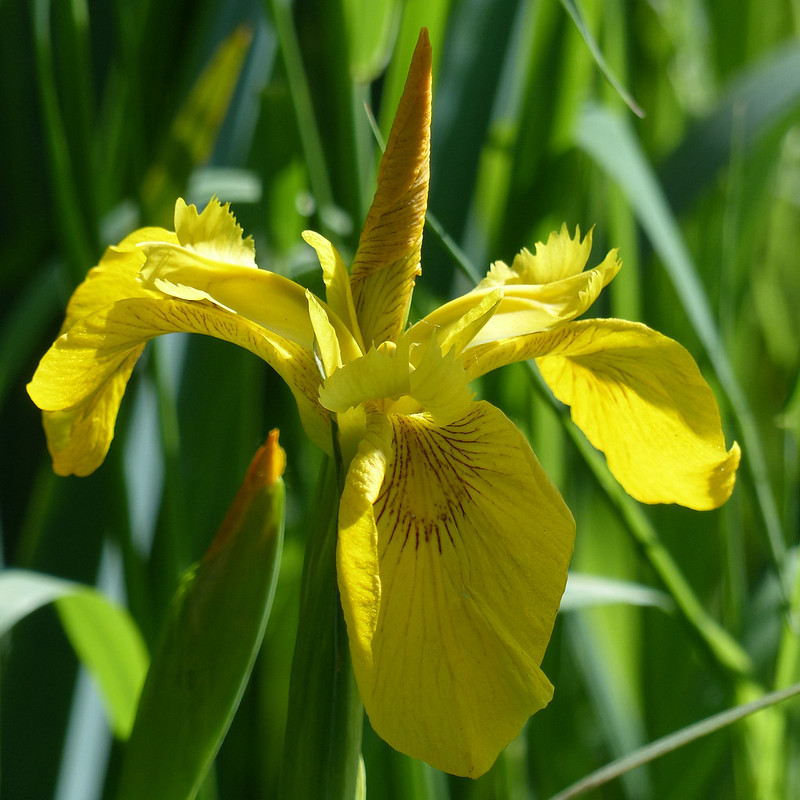
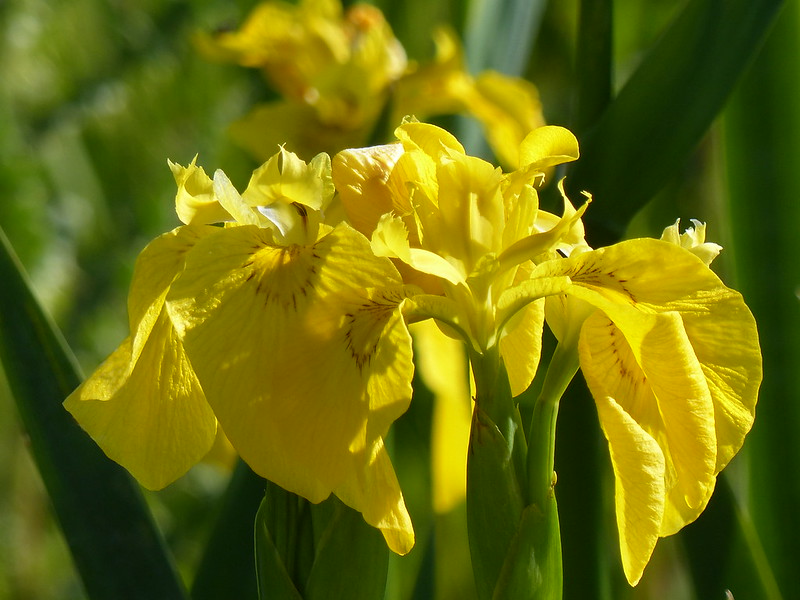
Whilst I was preoccupied photographing the irises, TBH and Little S happened by and stopped to offer me a lift. Unfortunately, I didn’t hear TBH’s almost silent electric car and leapt around half a mile into the air when she sounded the horn to attract my attention. Something in my subsequent response gave TBH the impression I didn’t want the lift on offer long before I’d finished my sentence, so I completed my walk by crossing Quaker’s Stang, climbing through Fleagarth Wood and heading home via Sharp’s Lot.
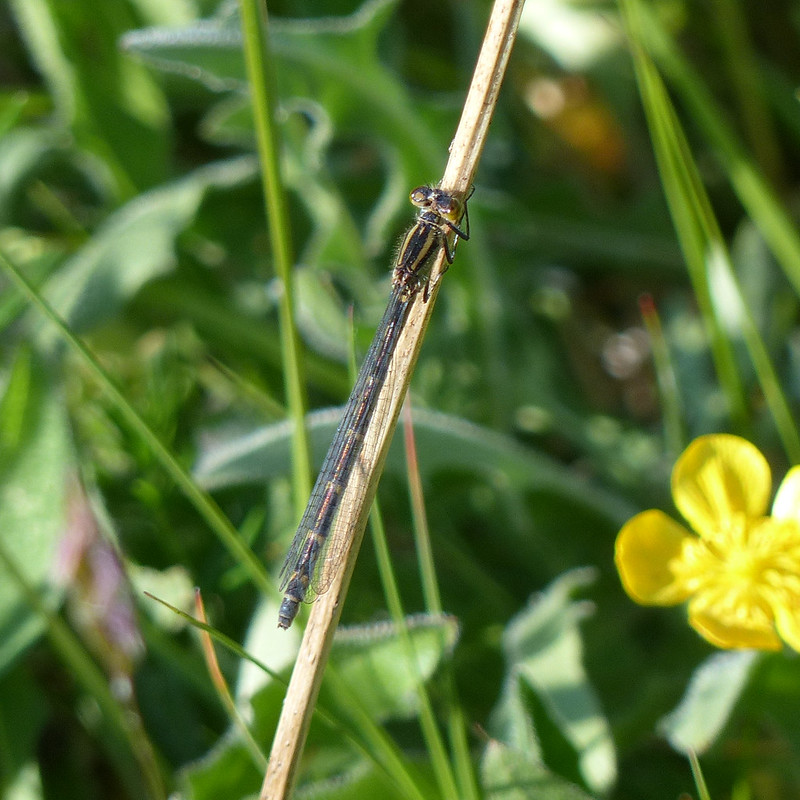
In Sharp’s Lot there were no end of damselflies about.
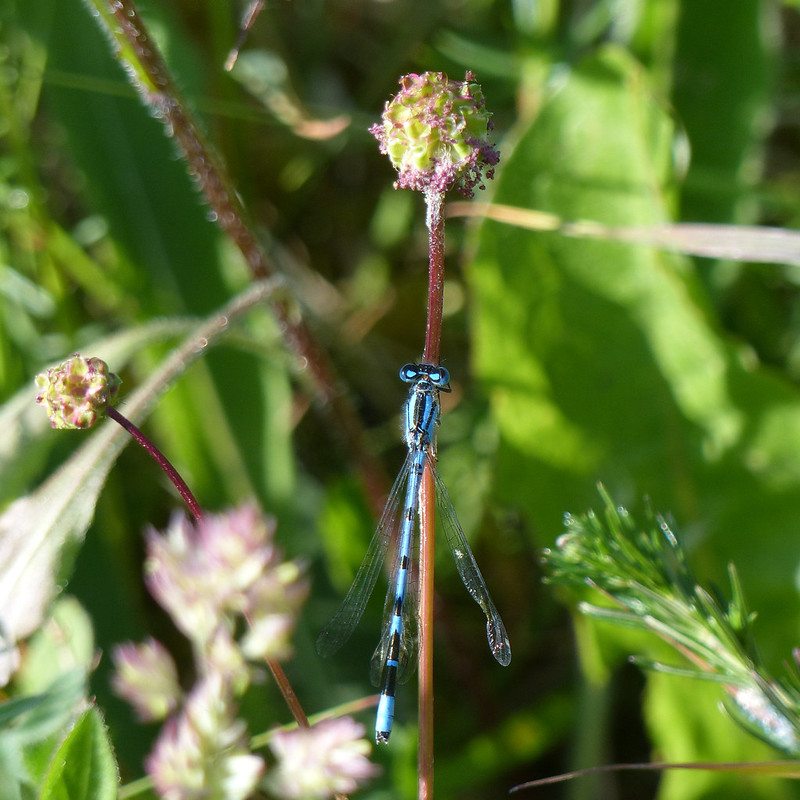
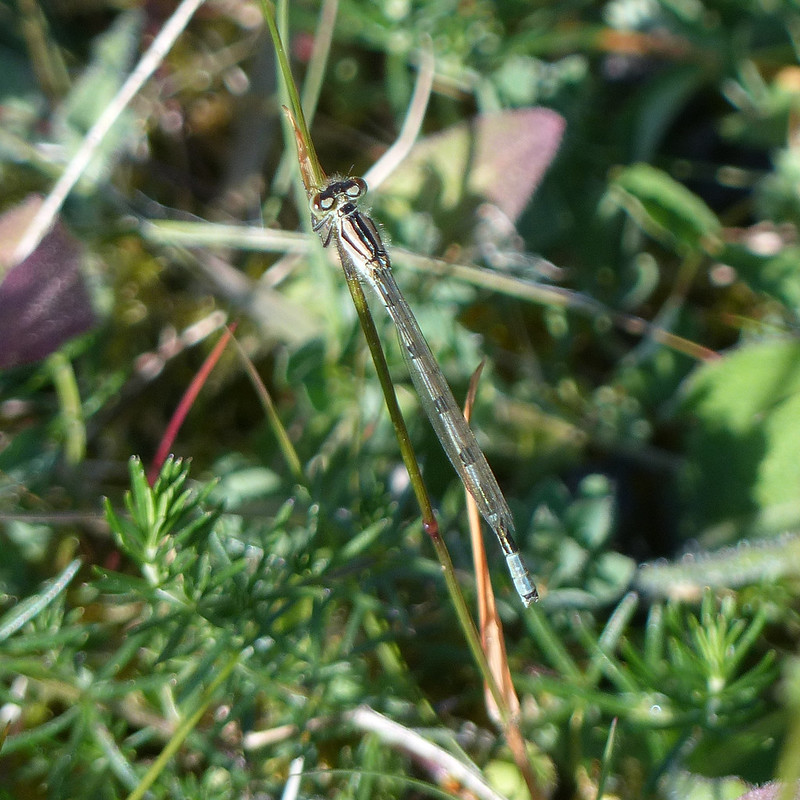
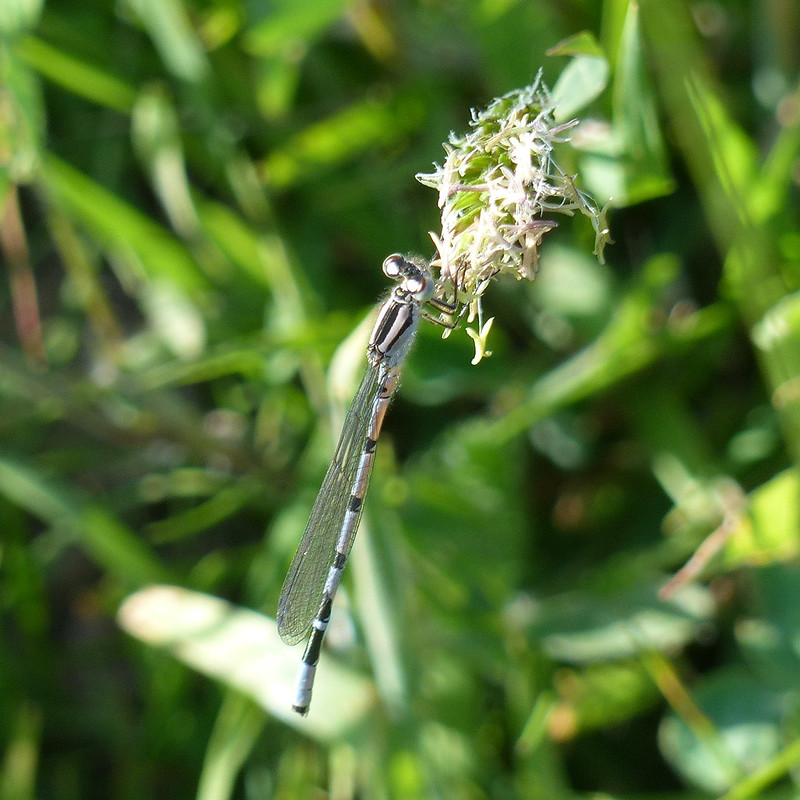
Trying to get to grips with damselflies is proving to be quite tricky. These last two are a case in point. They have all the markings which clearly identify them as male Common Damselflies. But they don’t have that vivid, electric blue, and are, if anything, a little pink. Apparently, teneral damselflies, which is to say newly emerged from their larval stage, are often unmarked and pale, with milky wings, gaining pigment and markings as their new body hardens.


Finally, I’ve just finished reading ‘Whoops’ by John Lanchester. I read his novel ‘The Wall’ earlier this year and was hugely impressed. But ‘Whoops’ is not fiction; it’s an account of the credit crunch of 2008 and a more general description of investment banking. I know – I’m a bit behind the times, one of the penalties, I suppose, on insisting on only reading second-hand books. Anyway, it’s a fascinating book.
The reason I mention it here is that in it I found this quote from a 1930 essay ‘Economic Possibilities for our Grandchildren’ by John Maynard Keynes.
“We shall honour those who can teach us how to pluck the hour and the day virtuously and well, the delightful people who are capable of taking direct enjoyment in things, the lilies of the field who toil not, neither do they spin.”
The essay foresees a future point when a general prosperity will mean that greed, avarice and the pursuit of wealth will no longer be seen as virtues, and when economic activity will no longer be essential. Keynes was predicting that point arriving in 2030, which seems sadly unlikely now that date is approaching. In fact, a return to the hardships of the 1930s seems depressingly more likely for most of us. However, I liked his idea of honouring ‘the delightful people who are capable of taking direct enjoyment in things’. Meanwhile, I shall continue to aspire to become a ‘lily of the field’.

